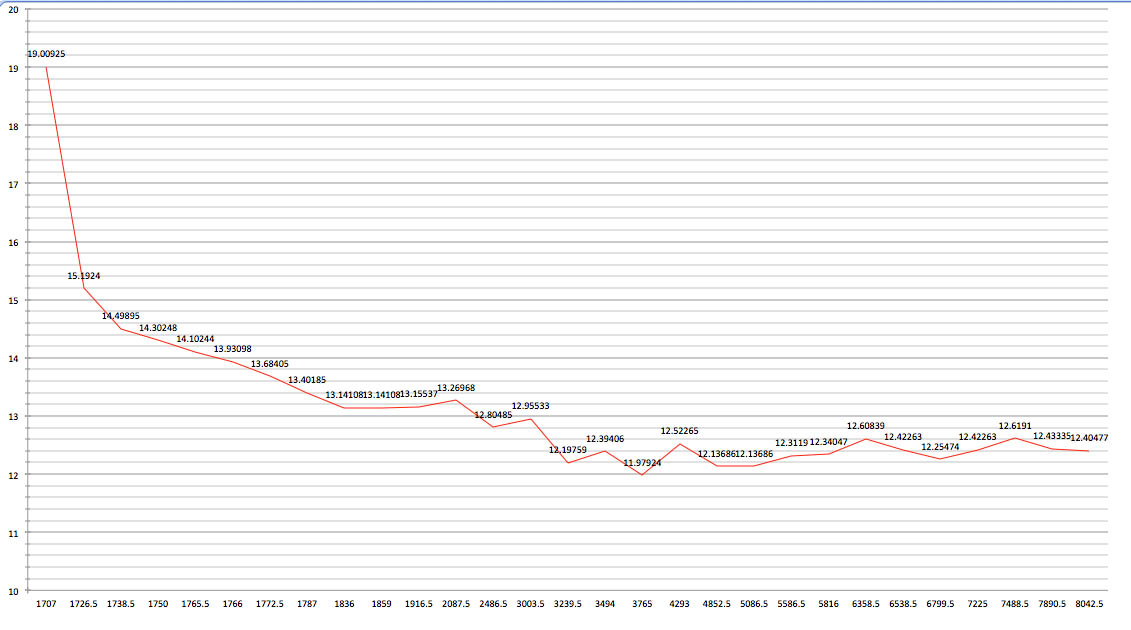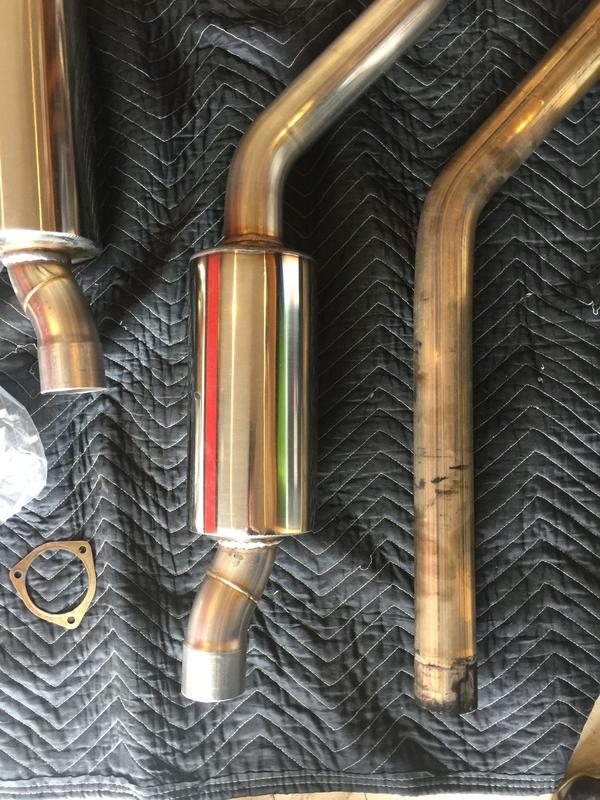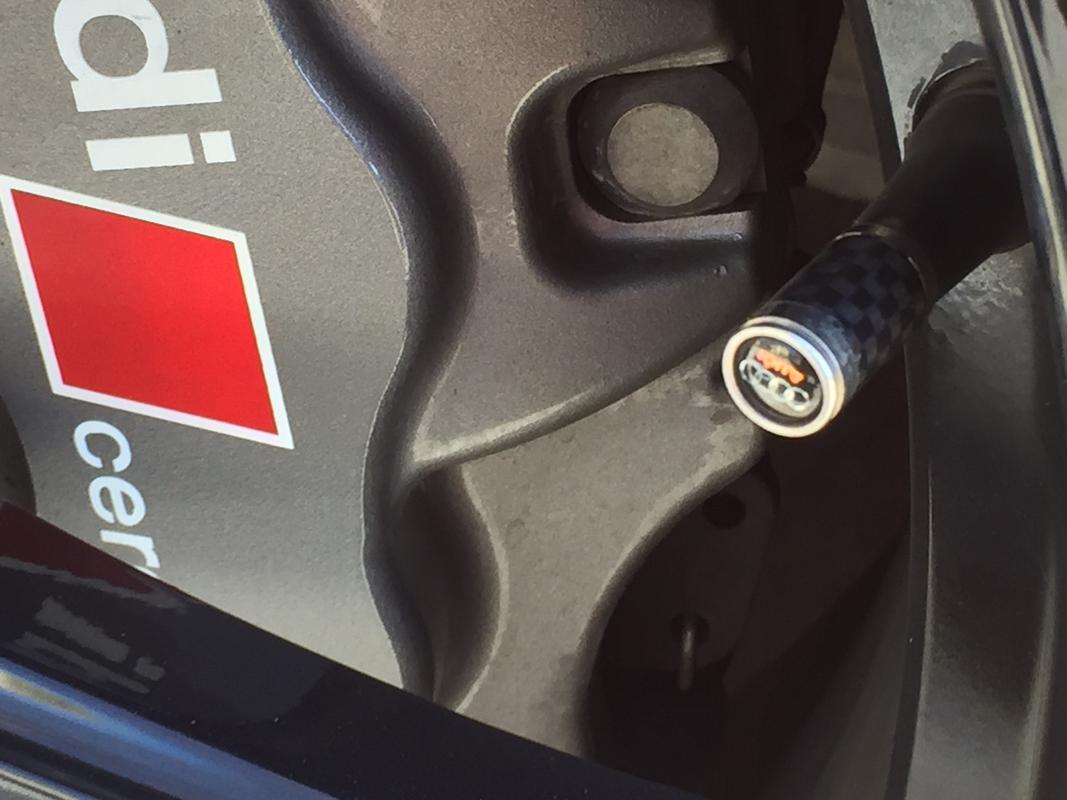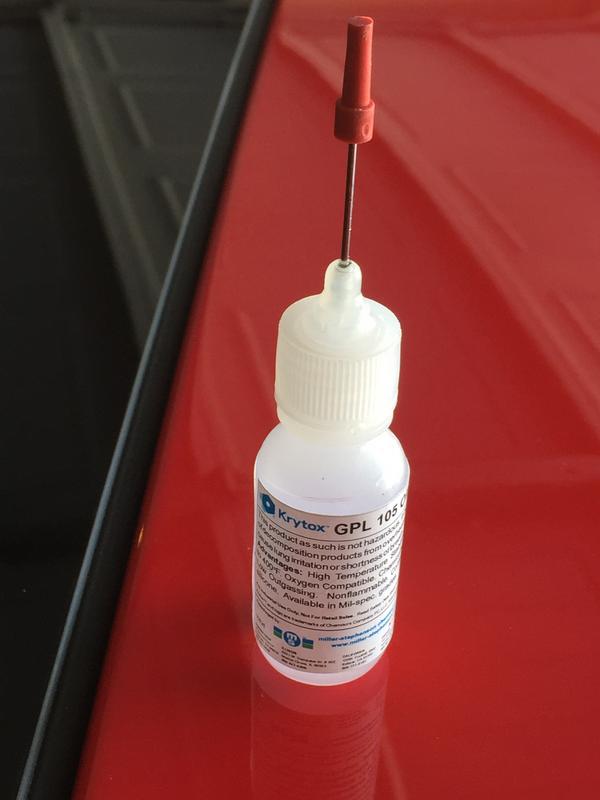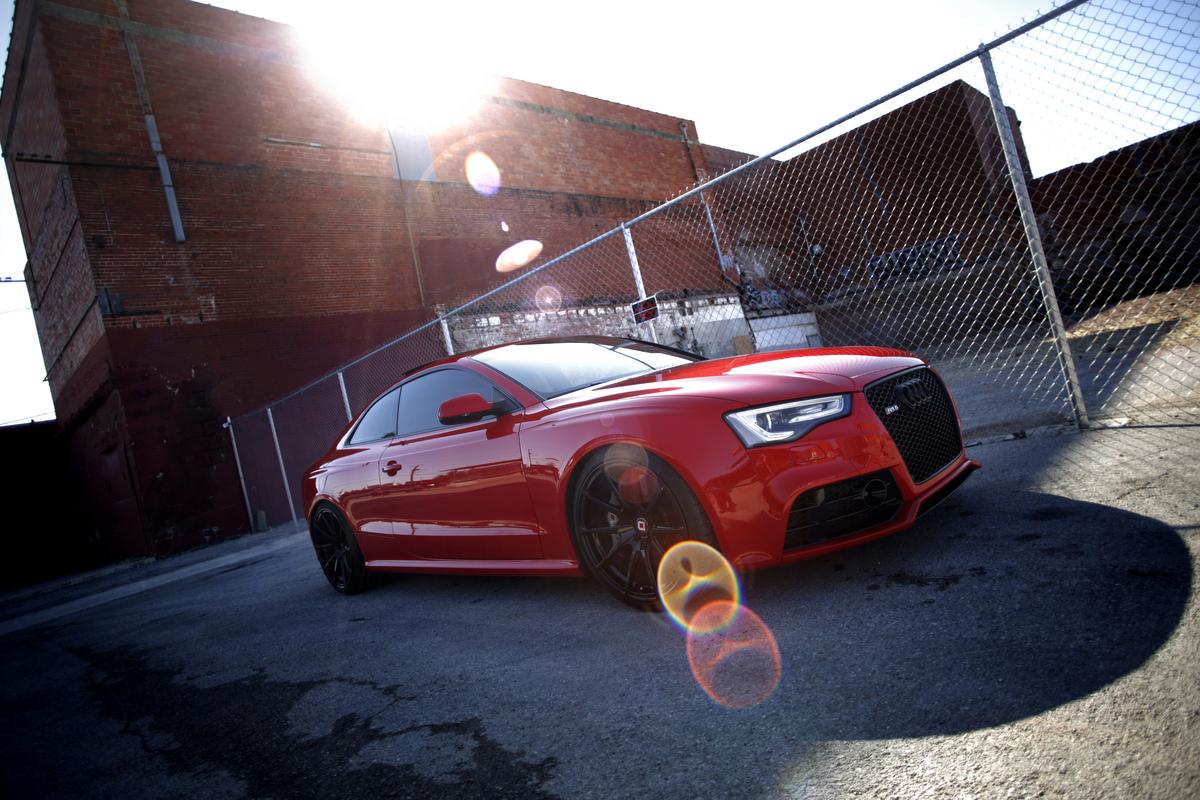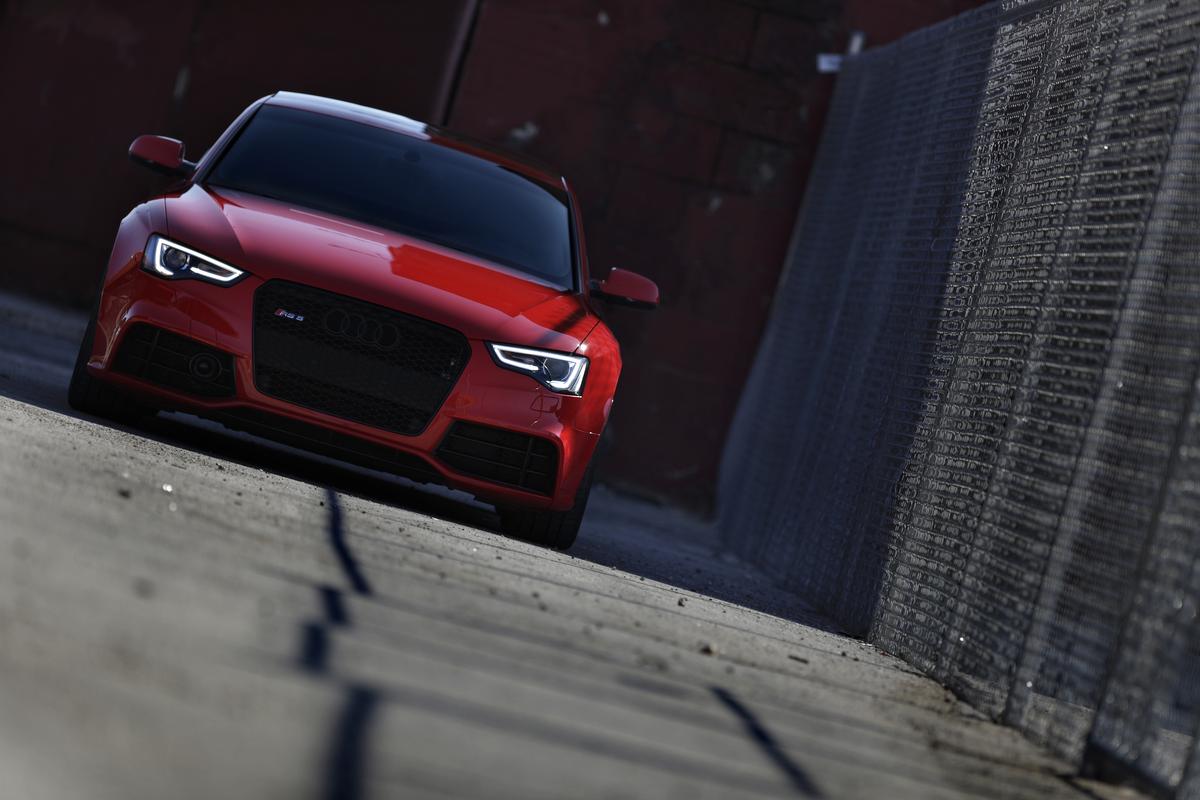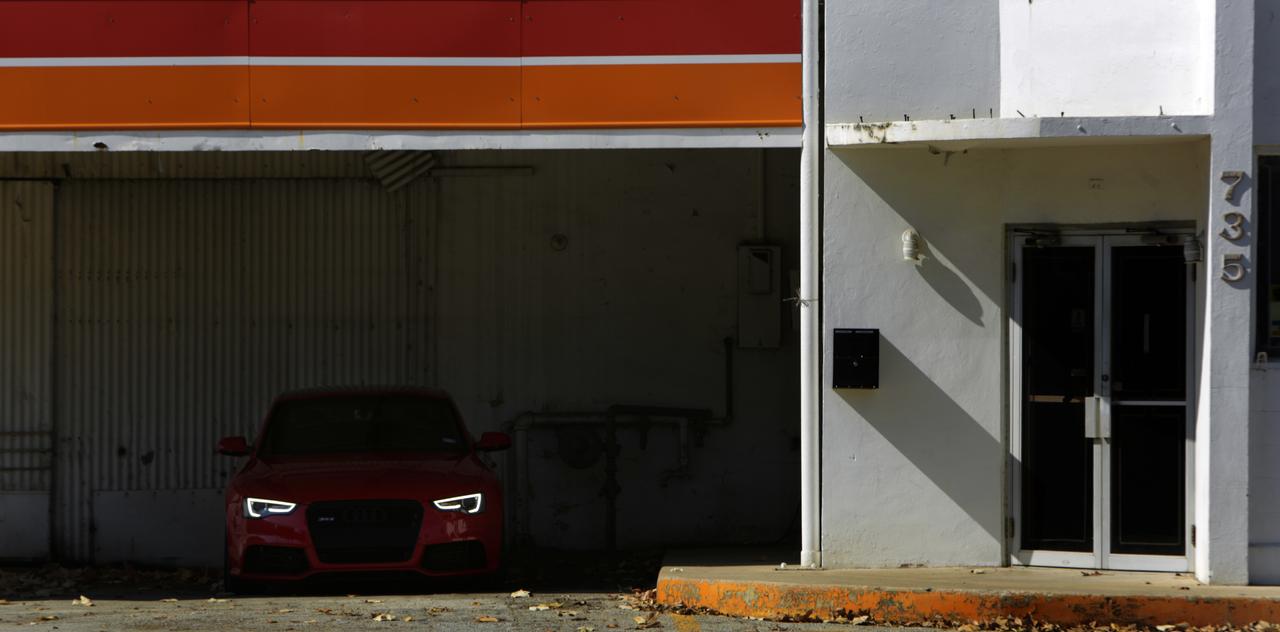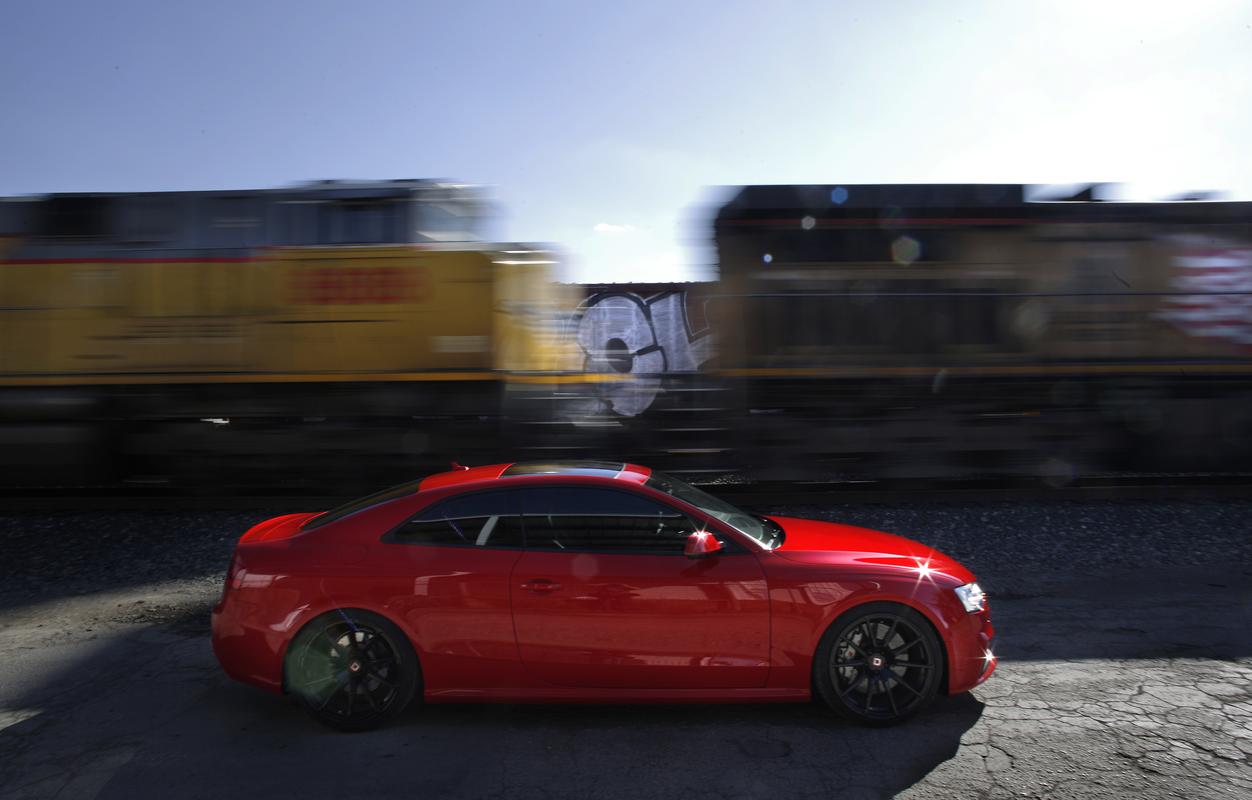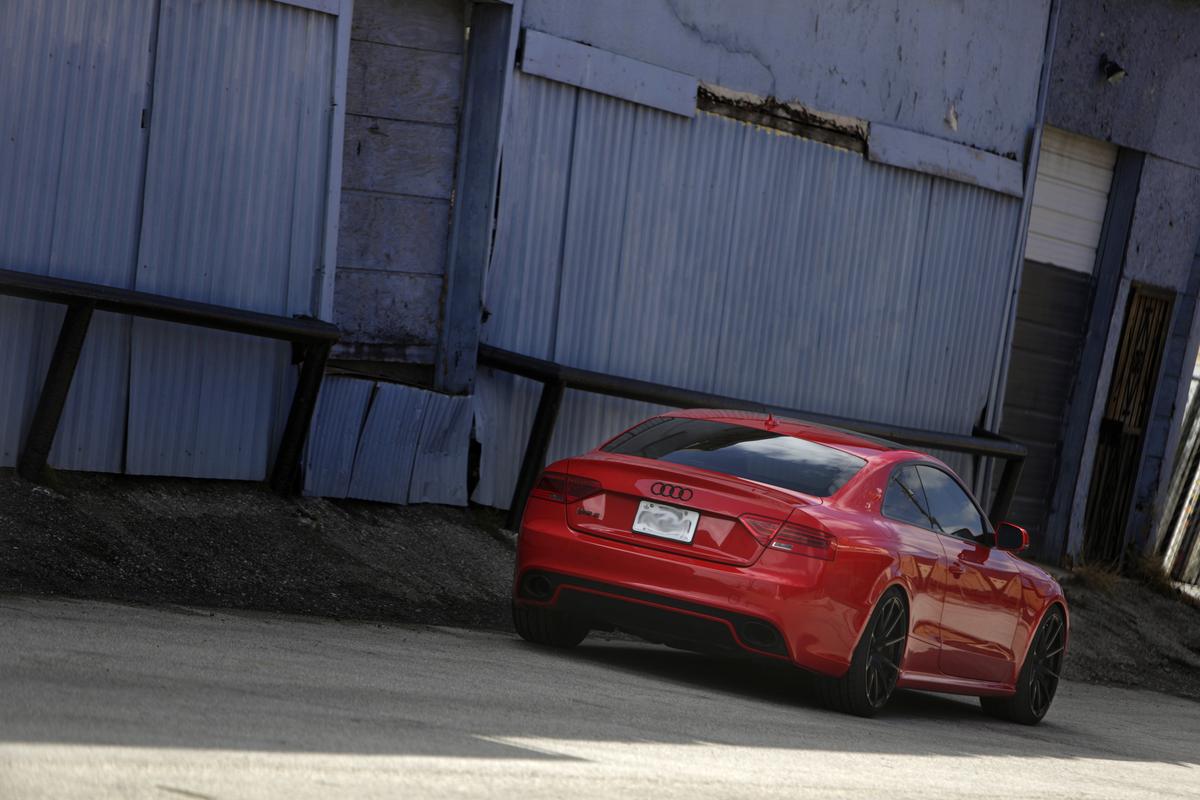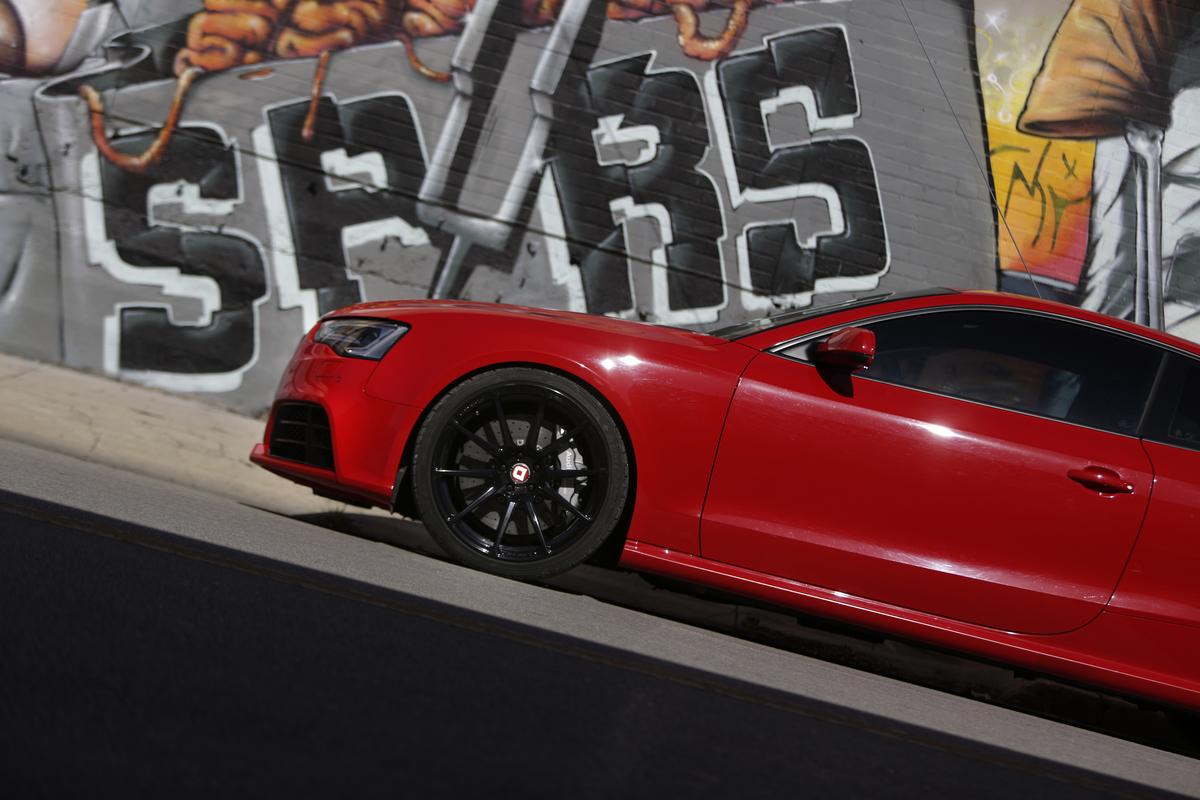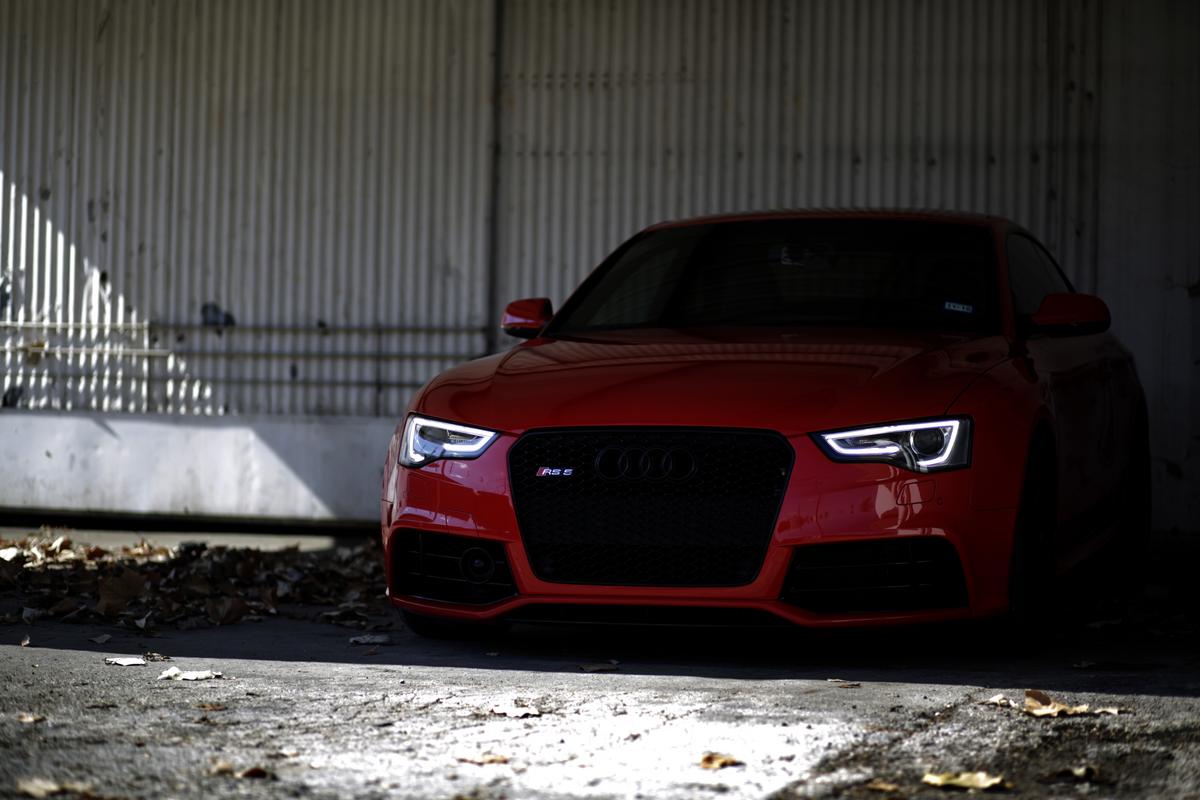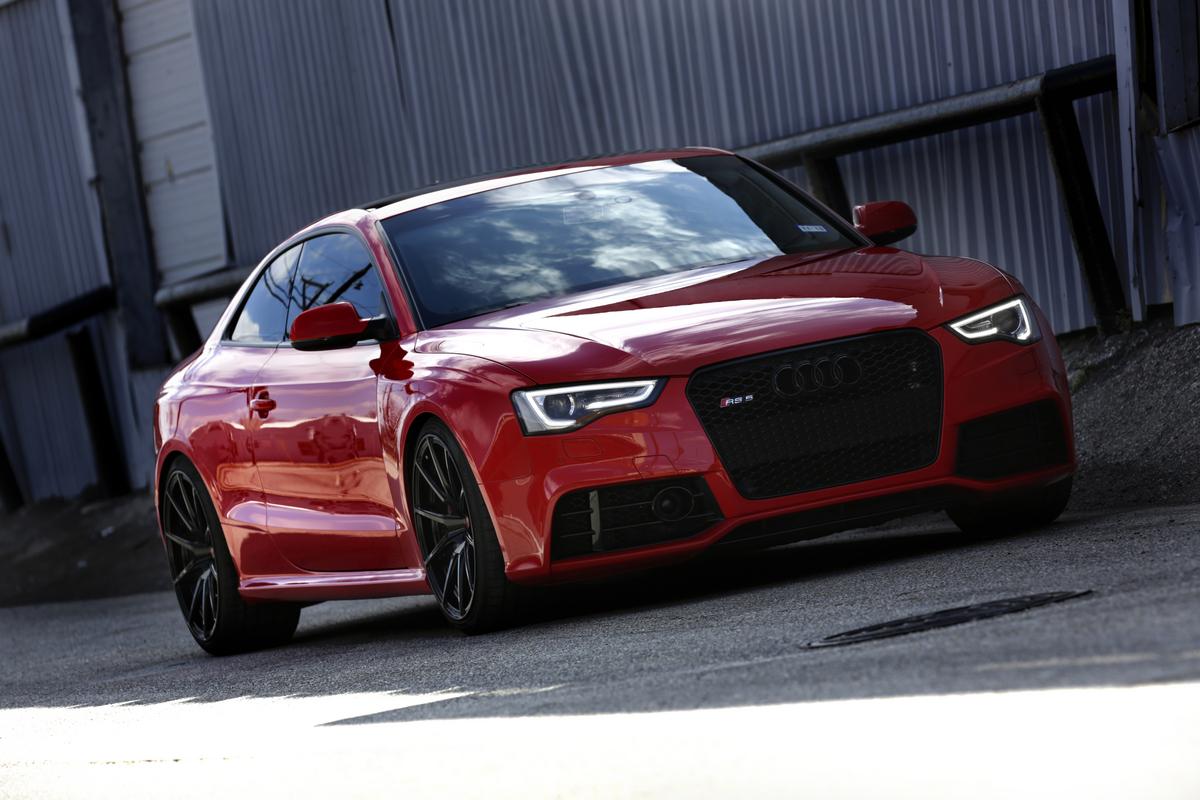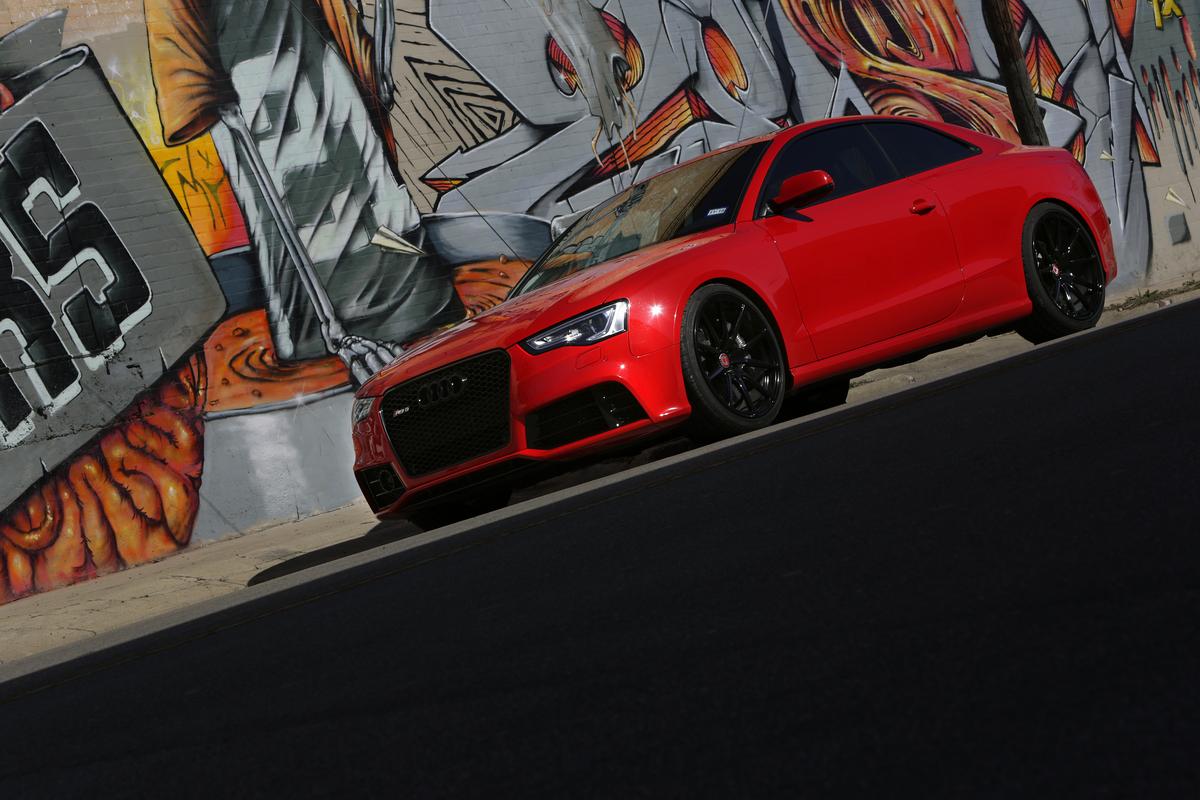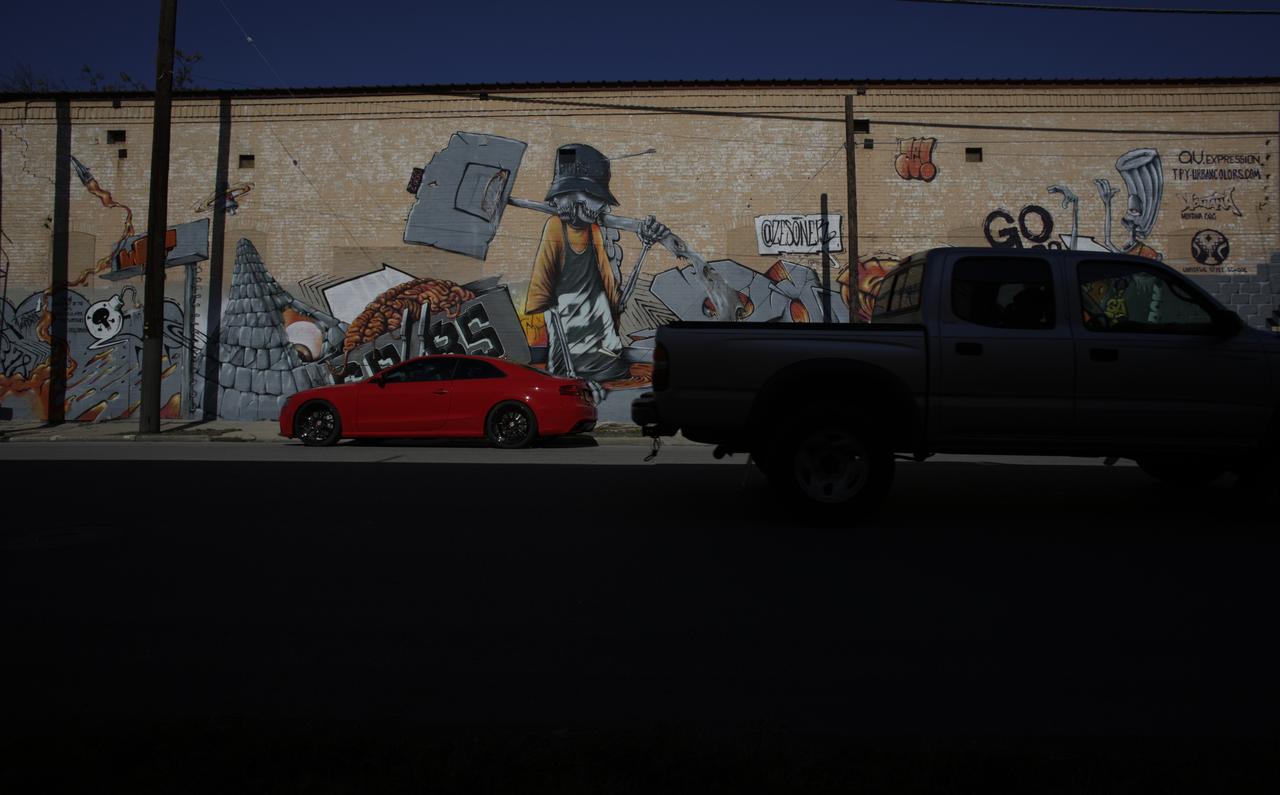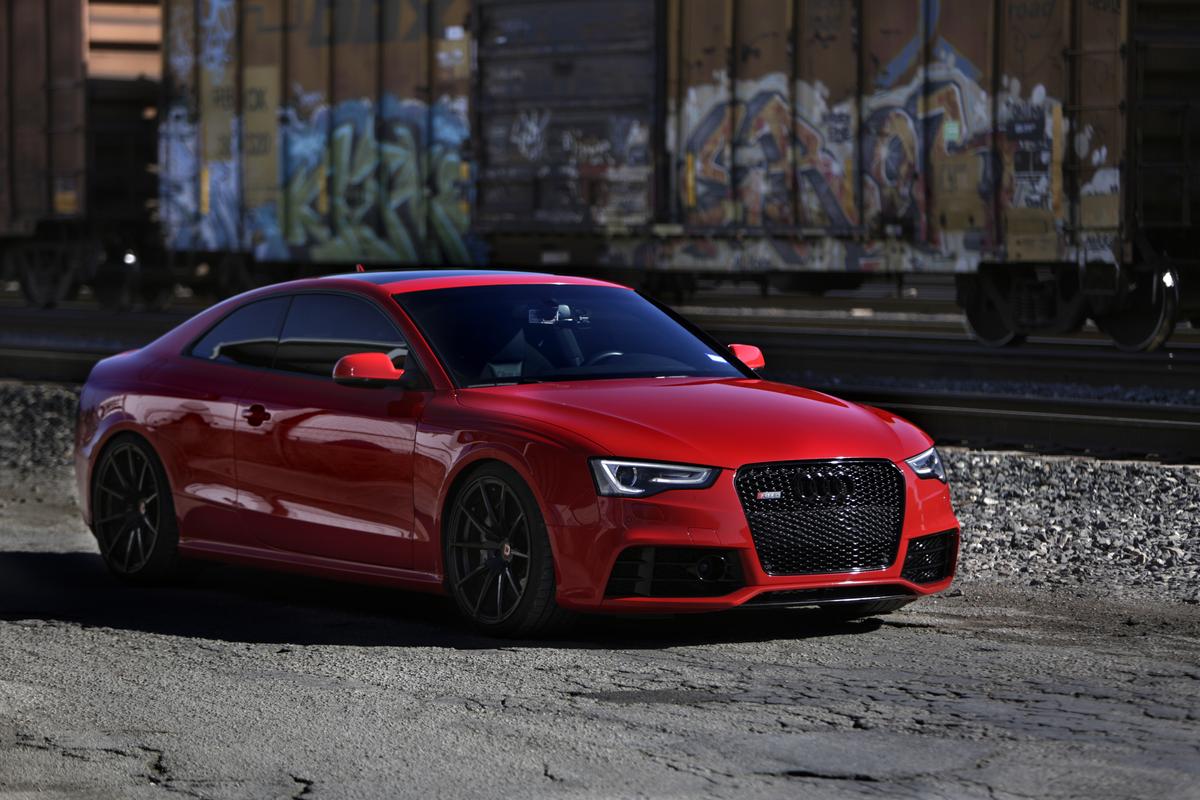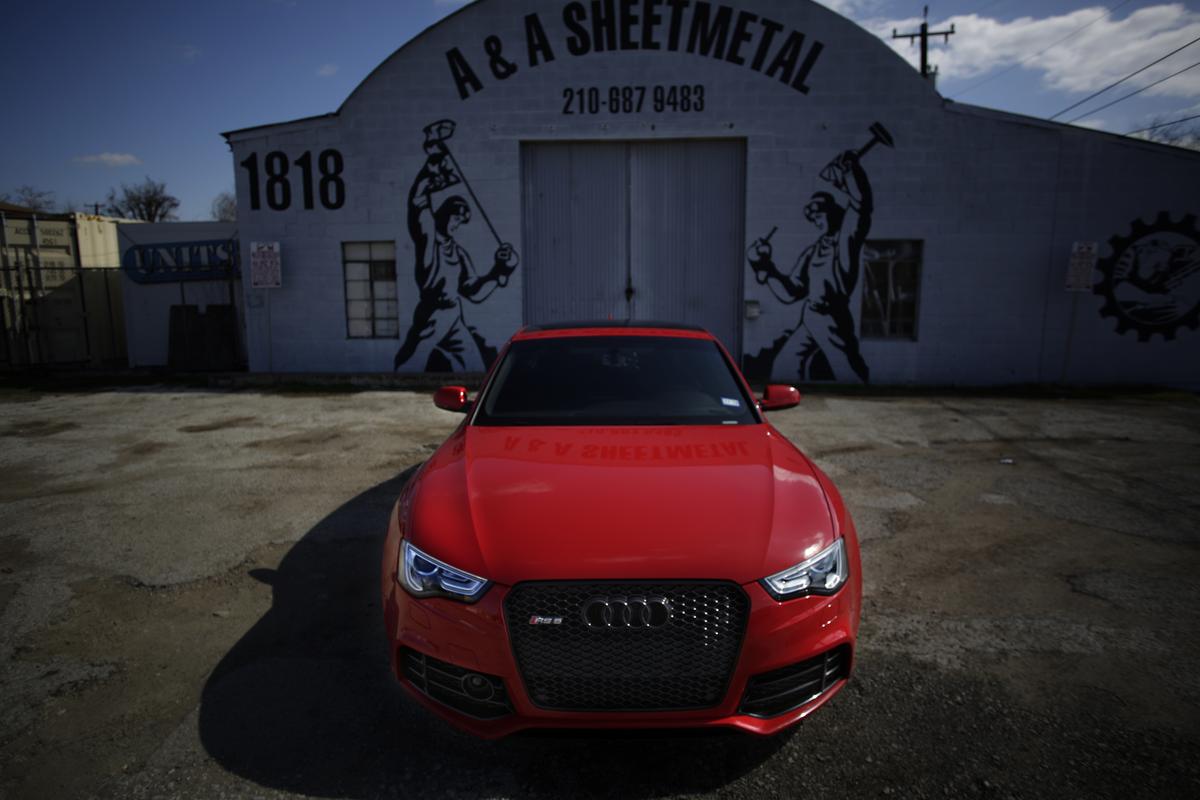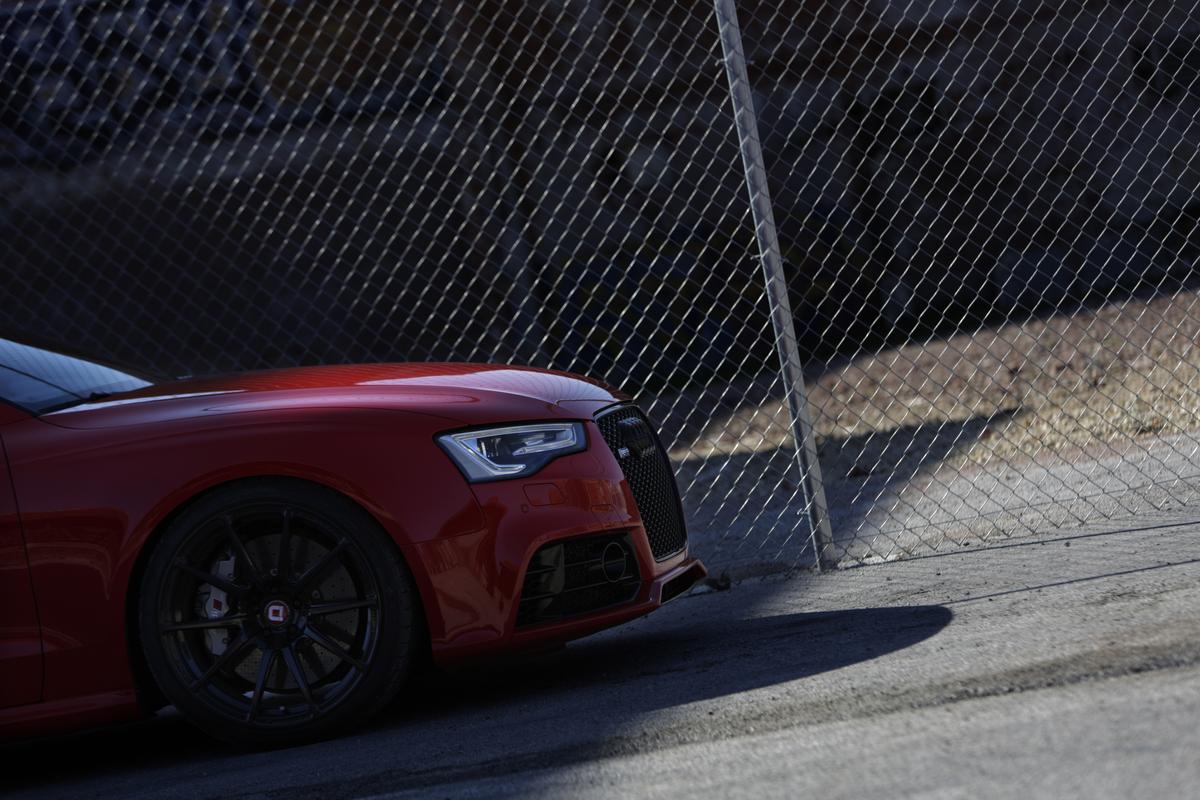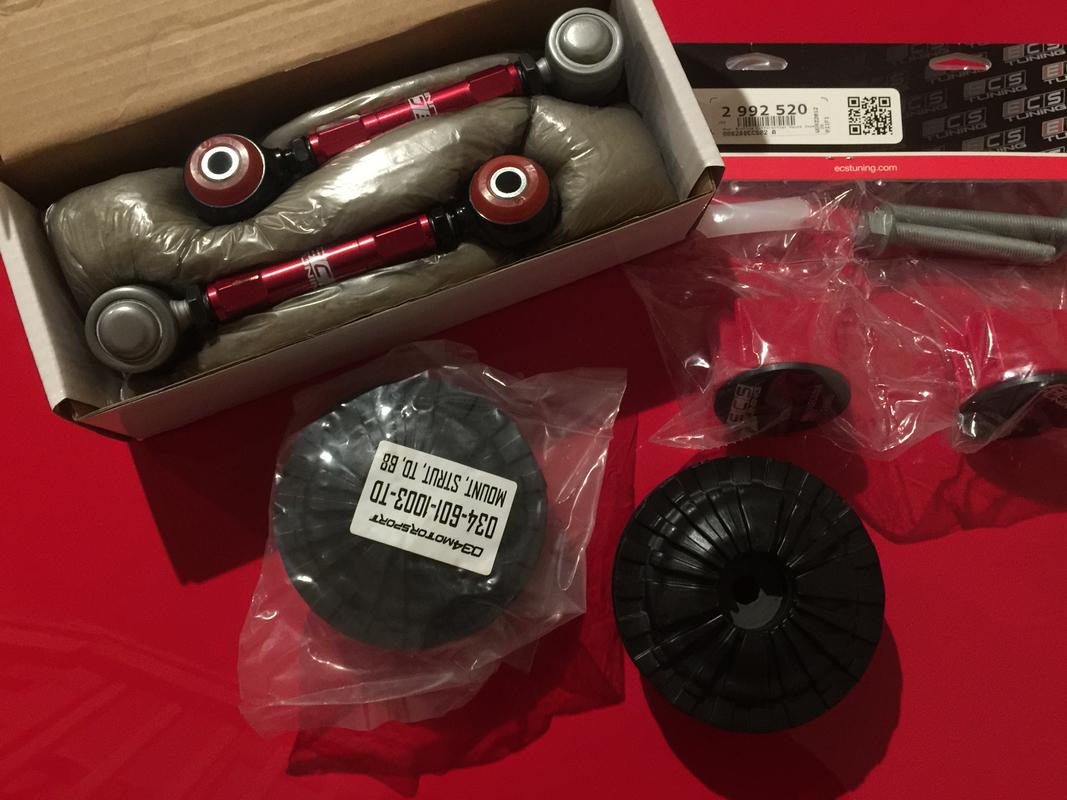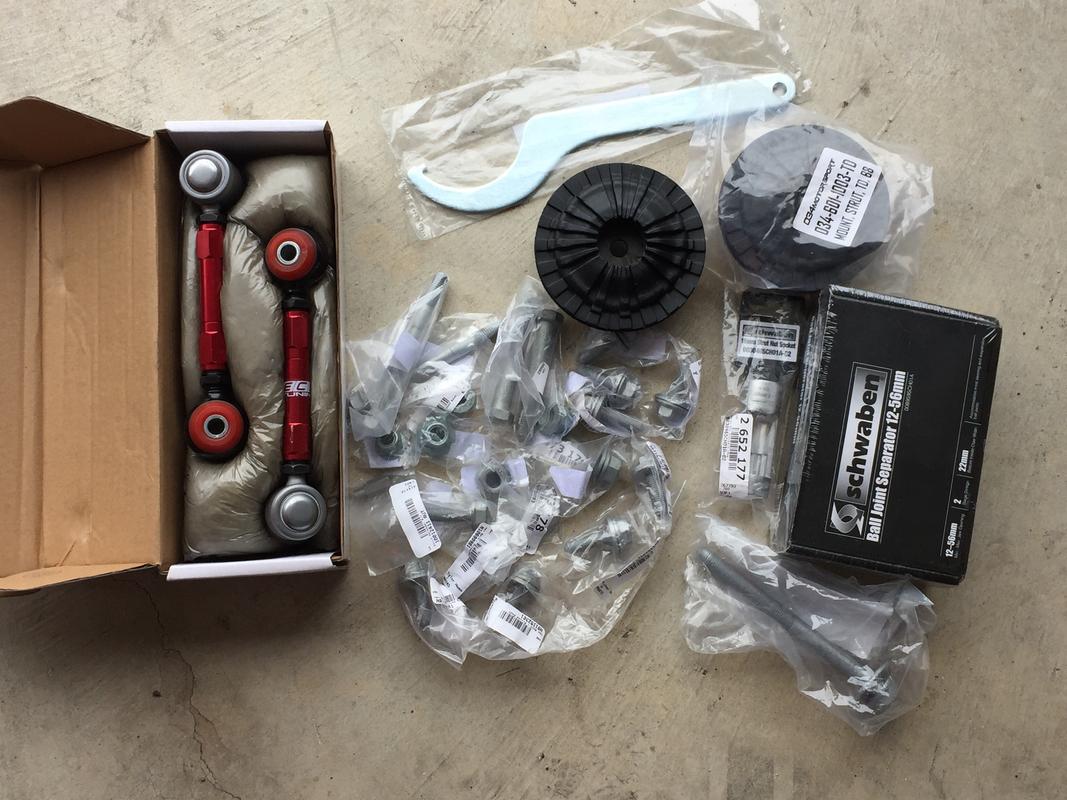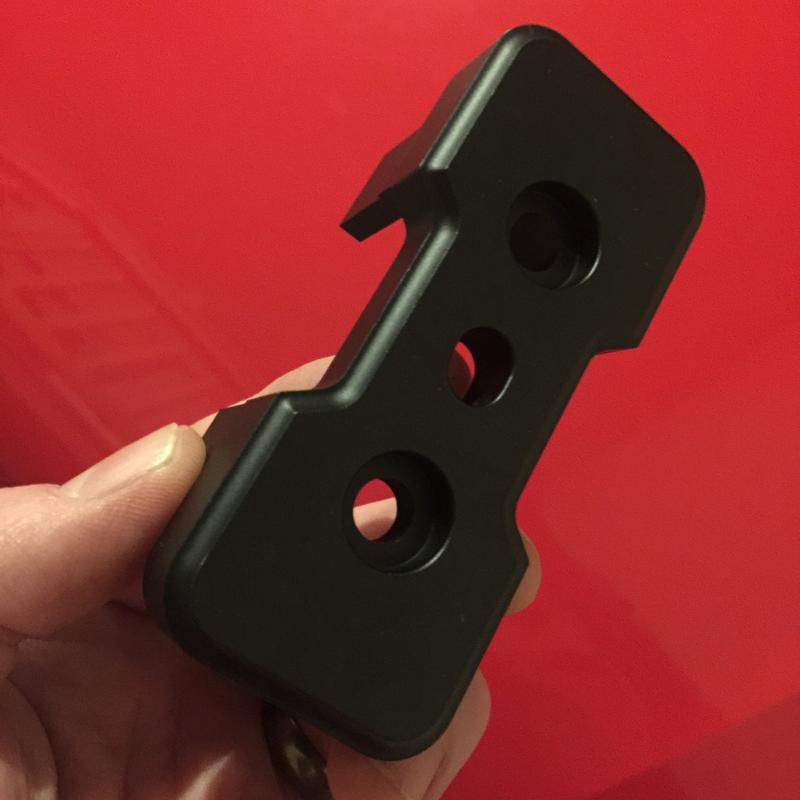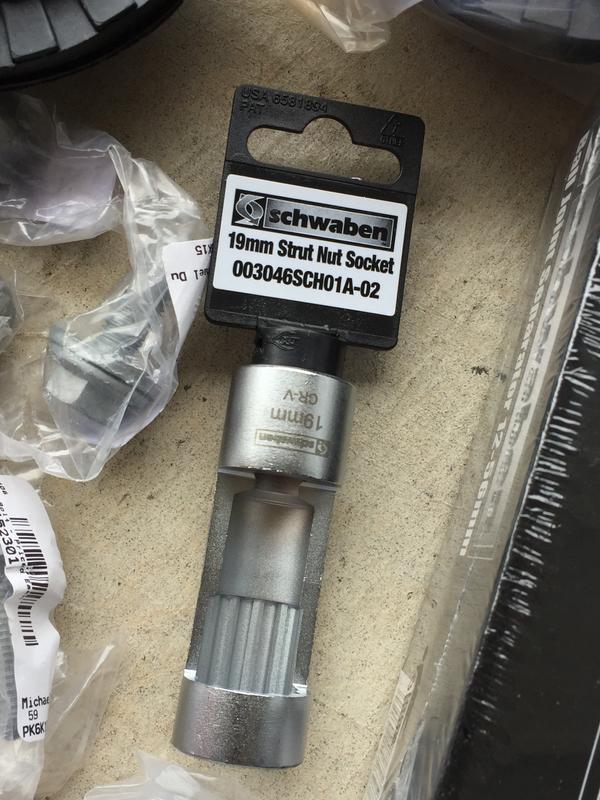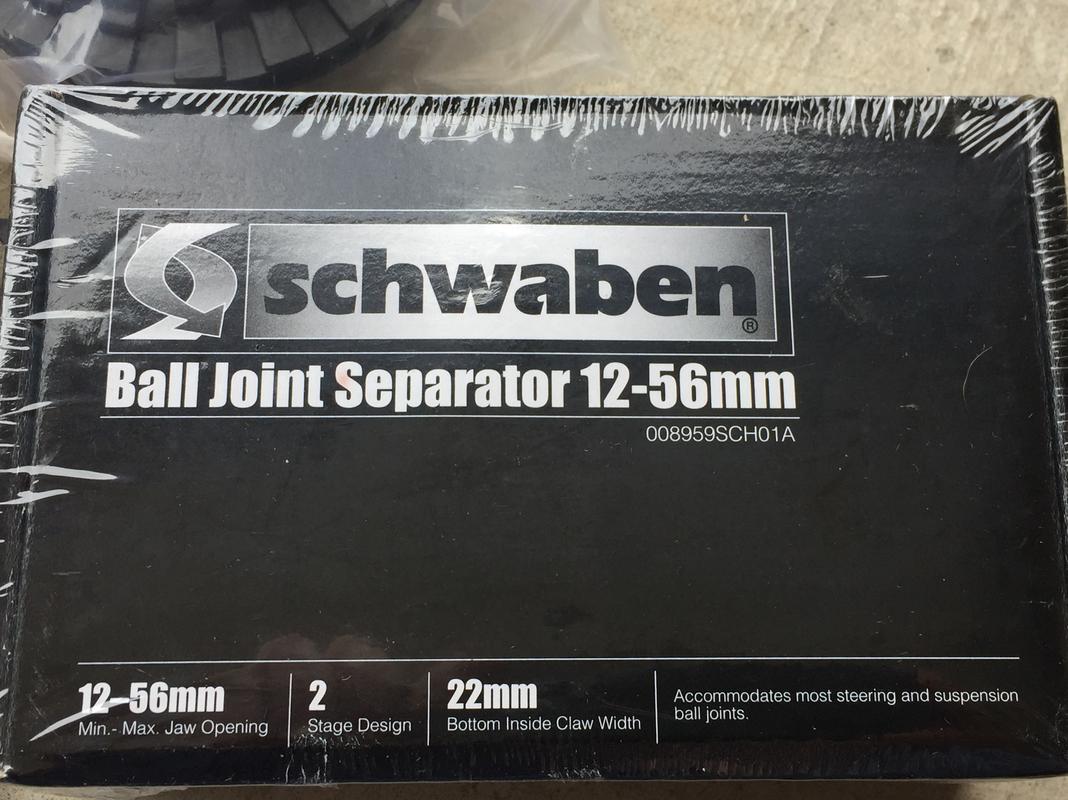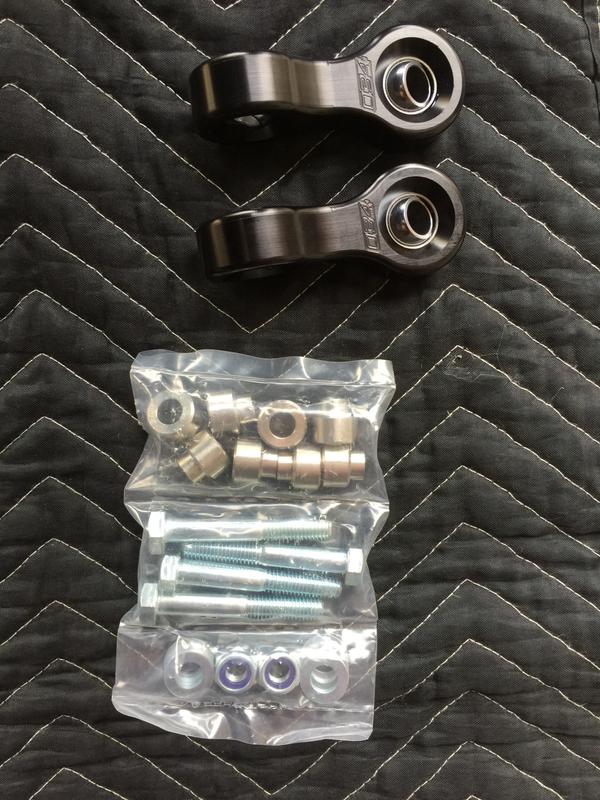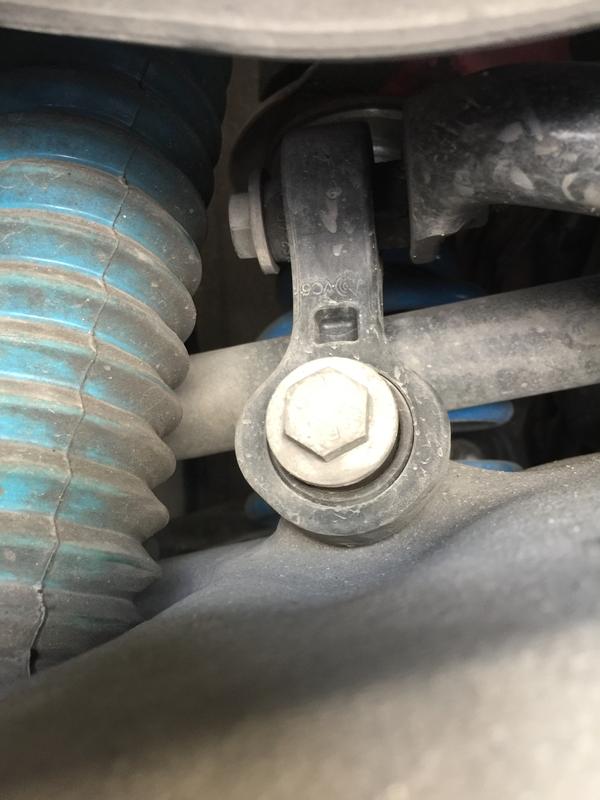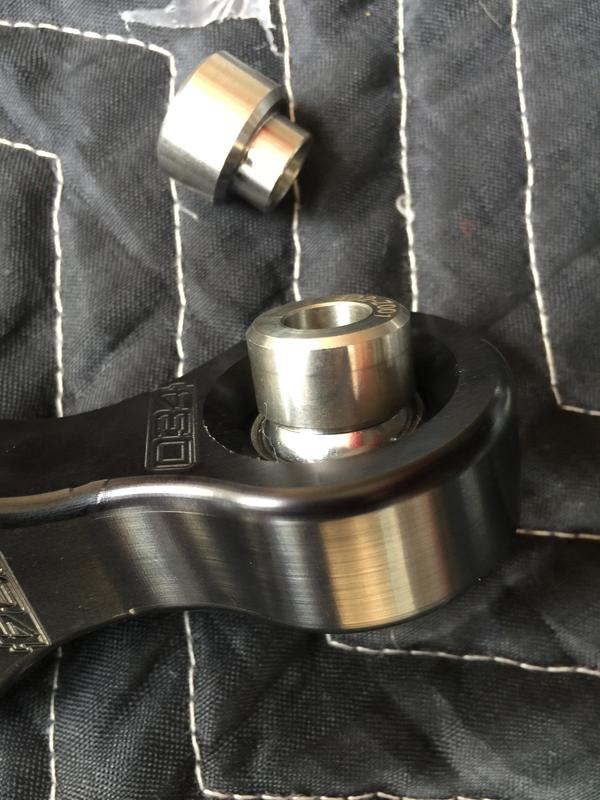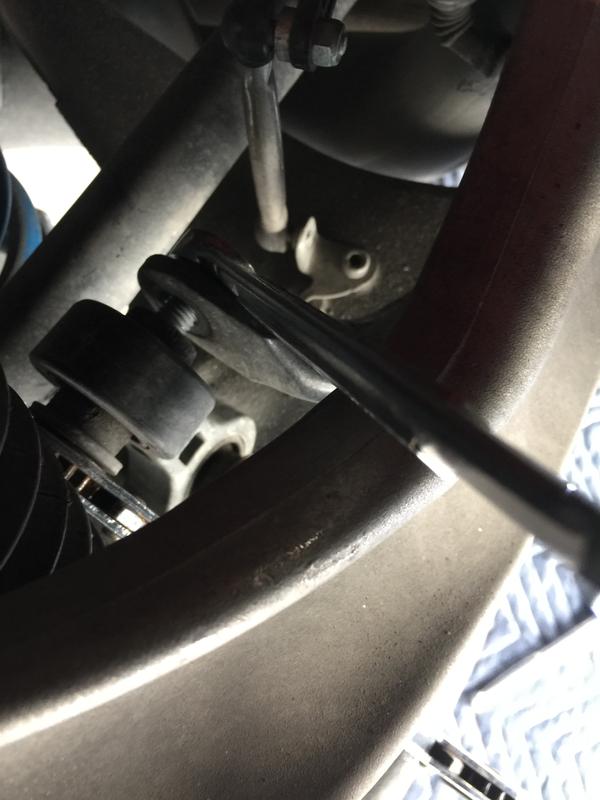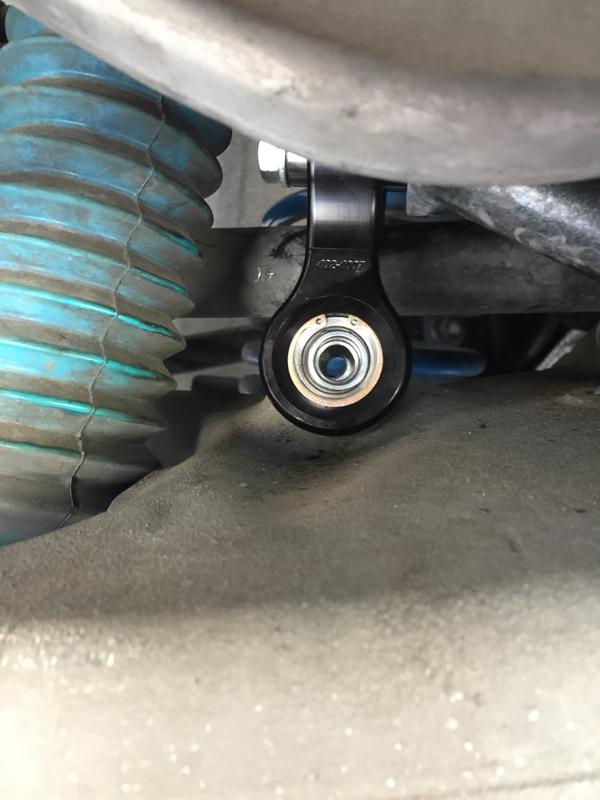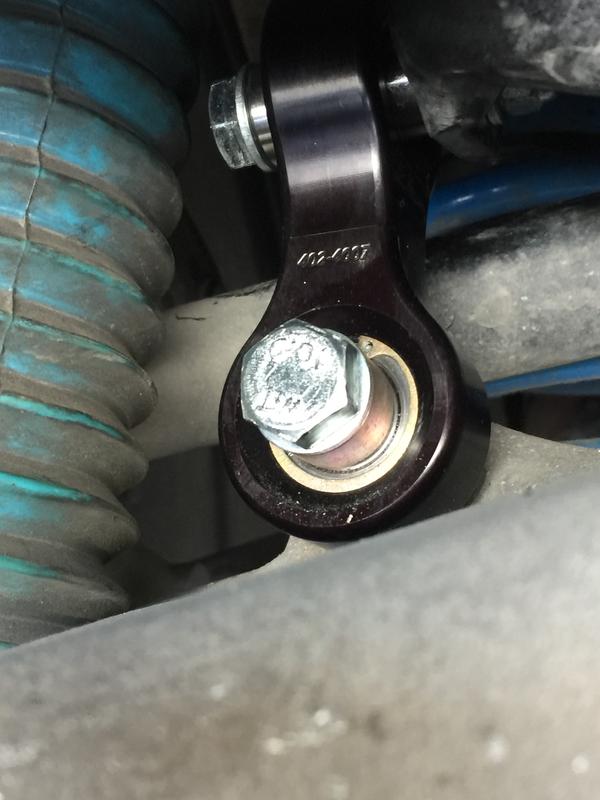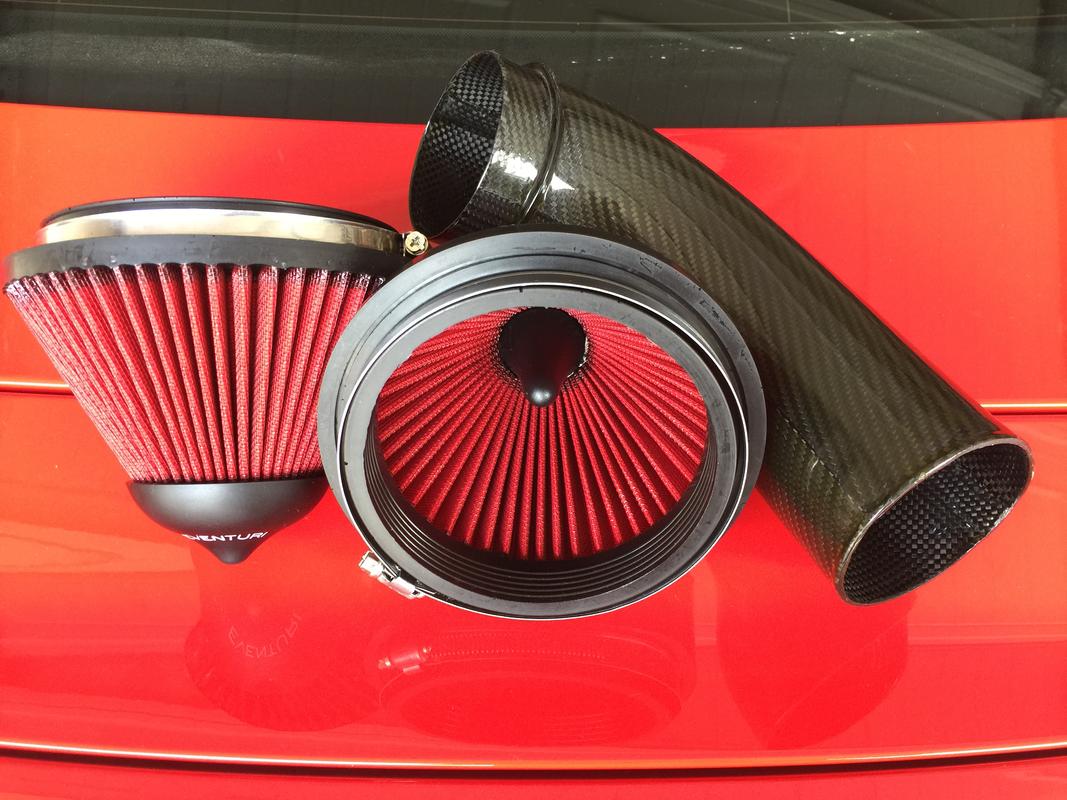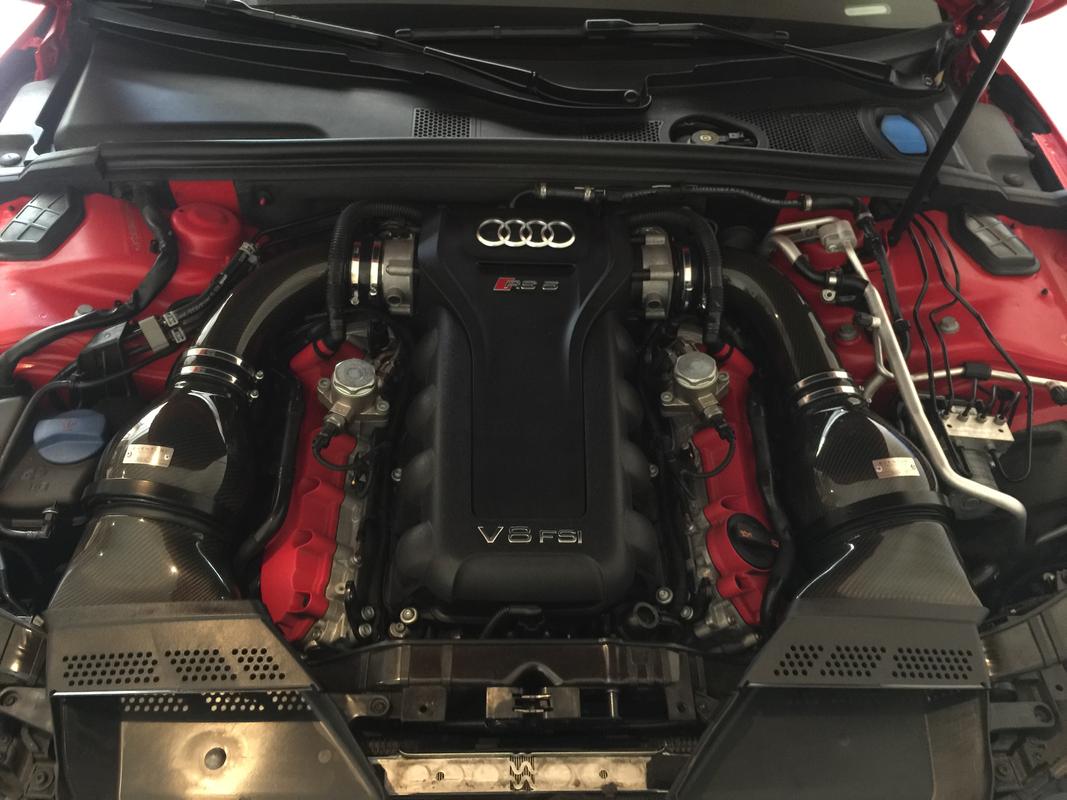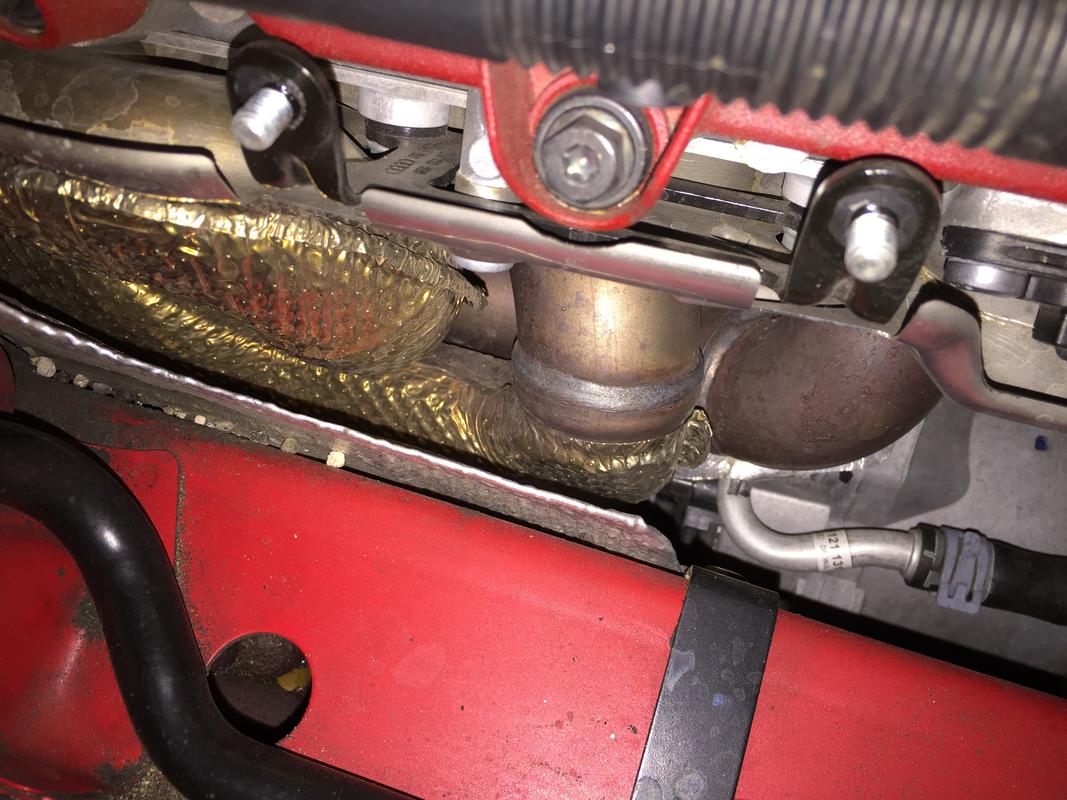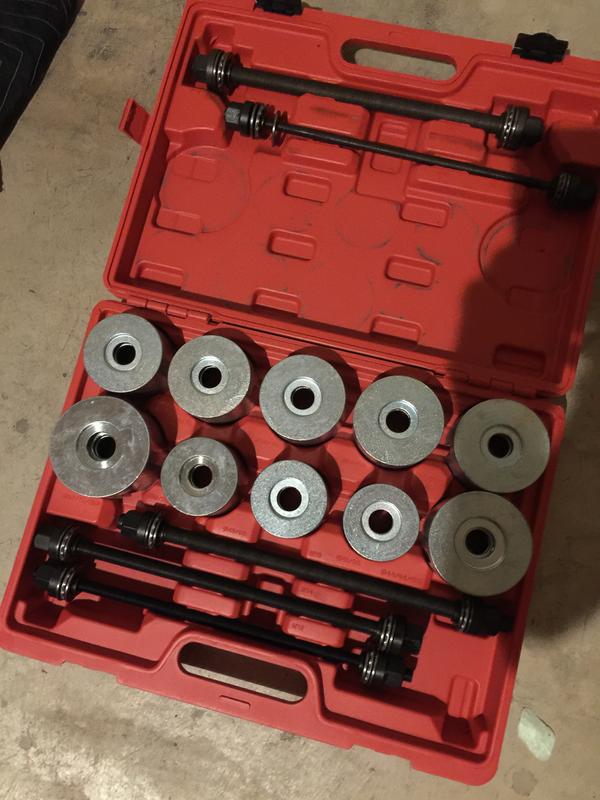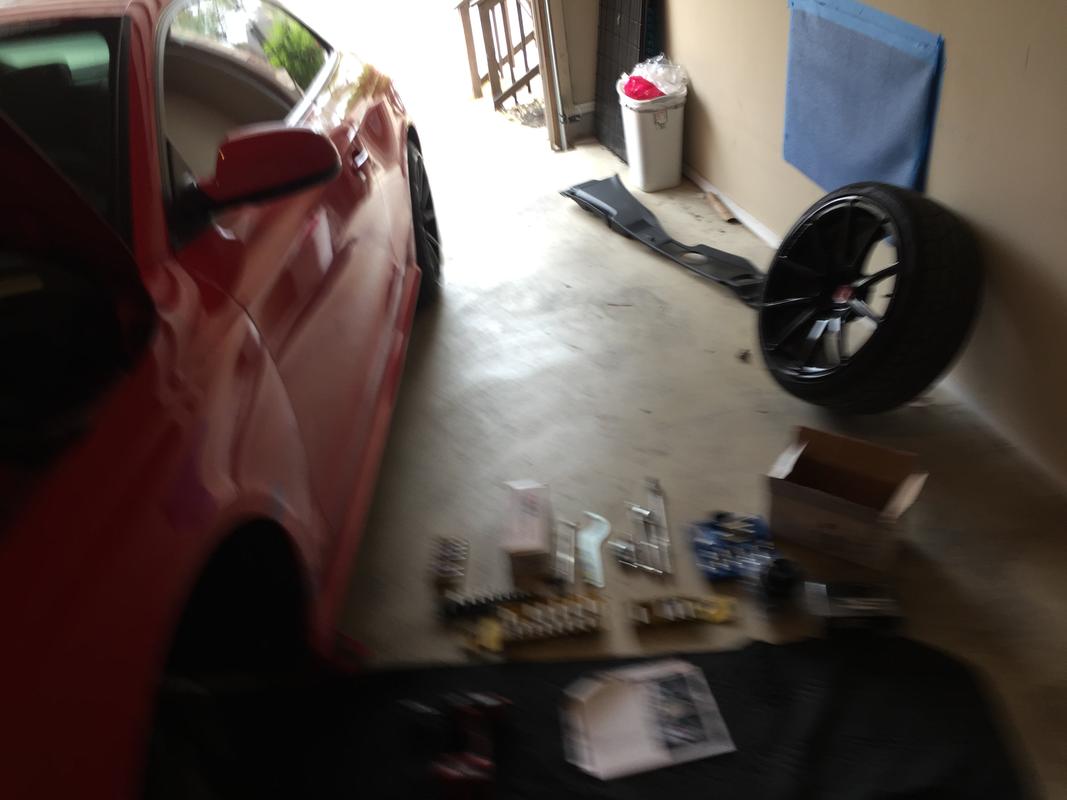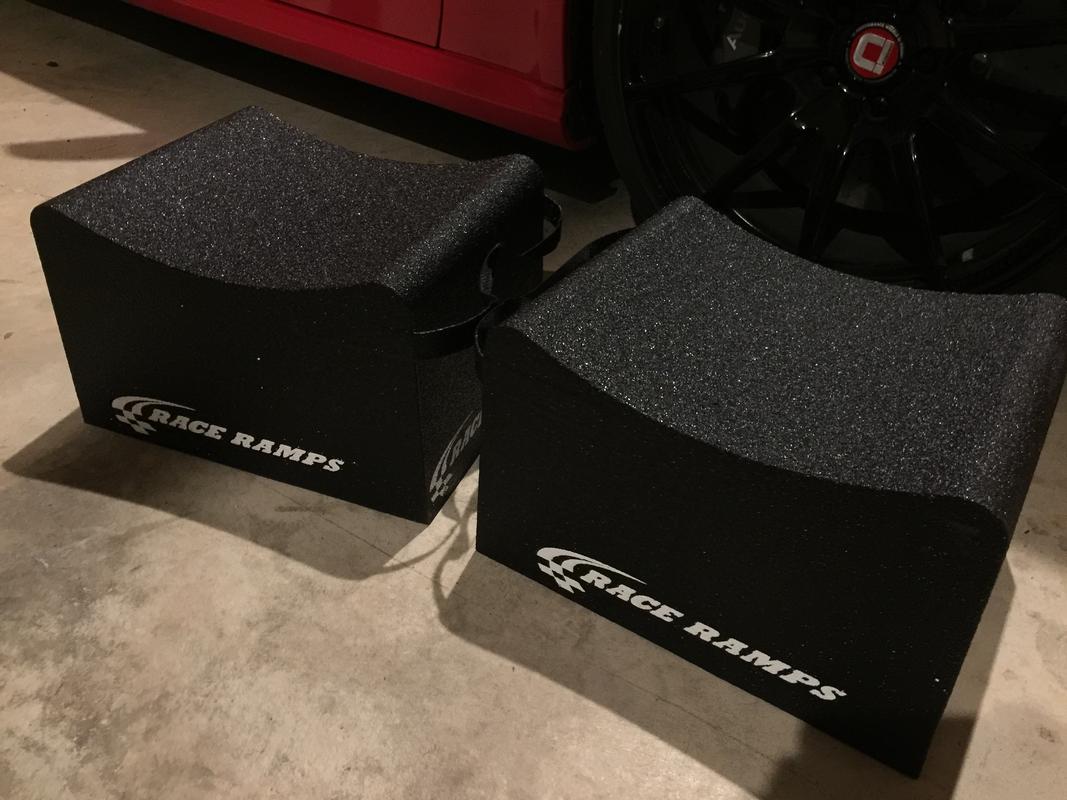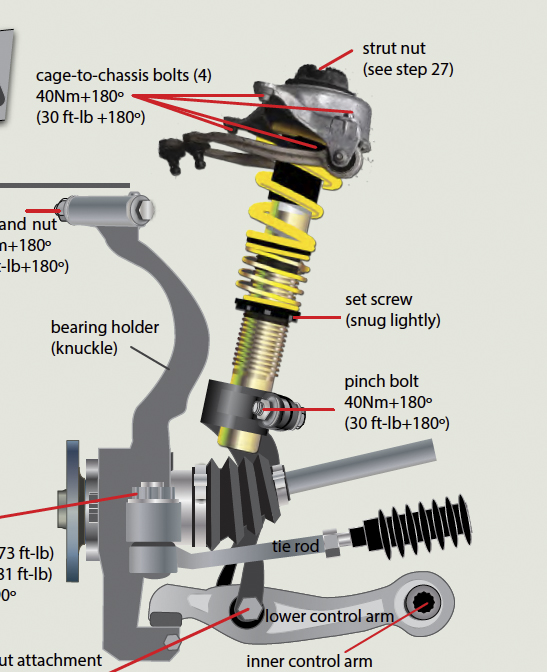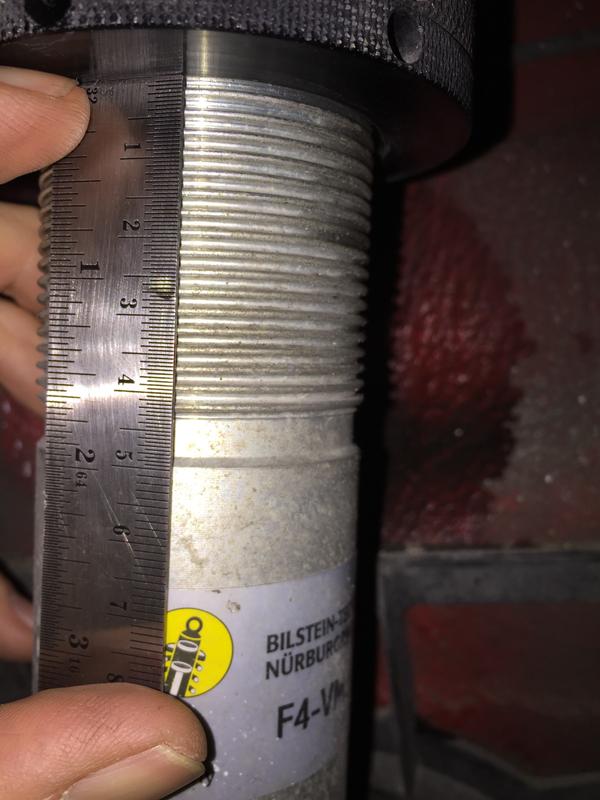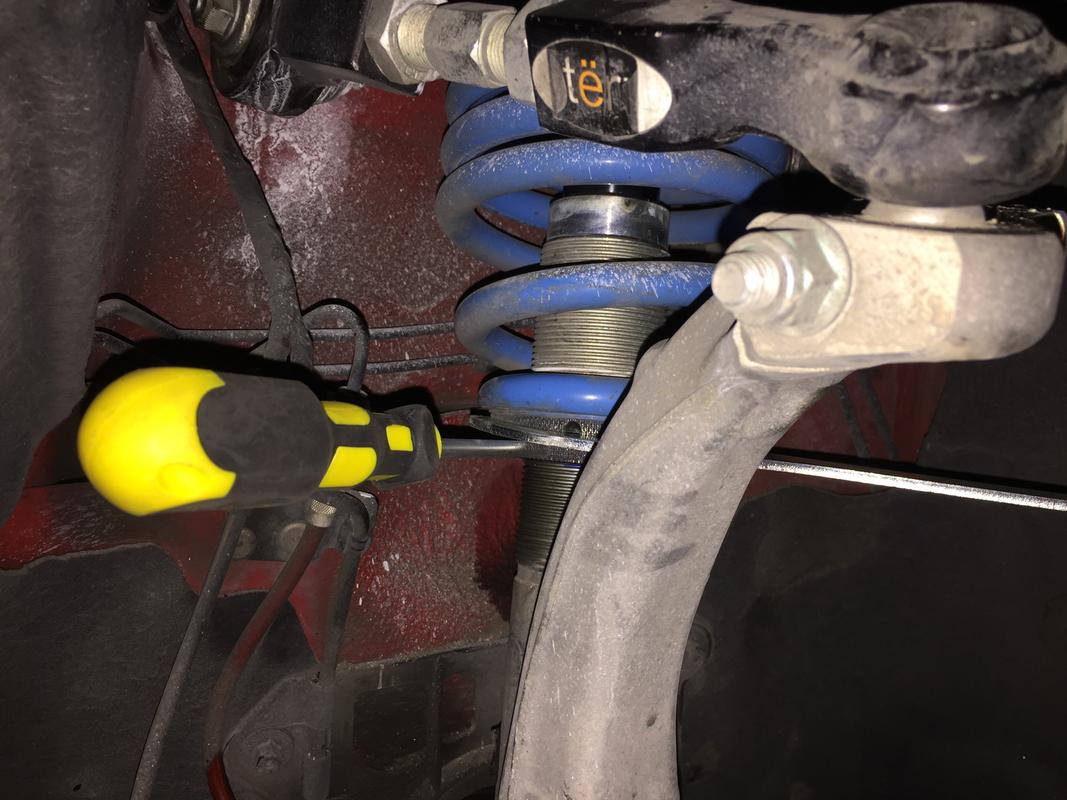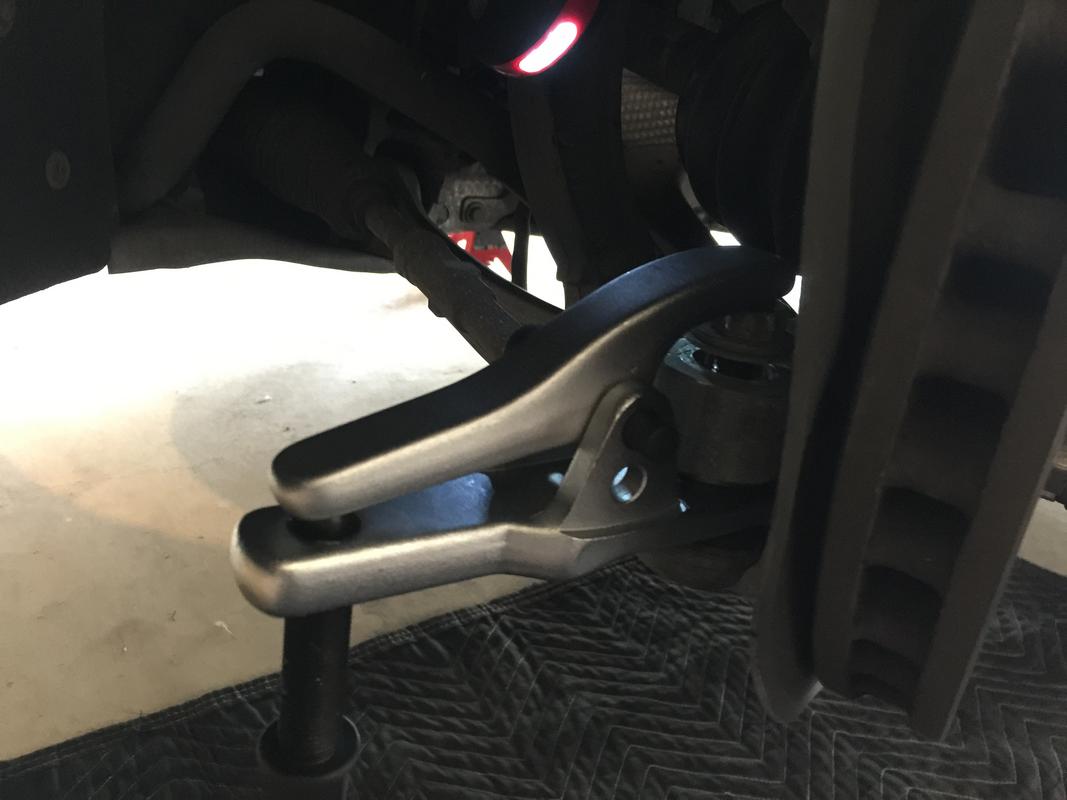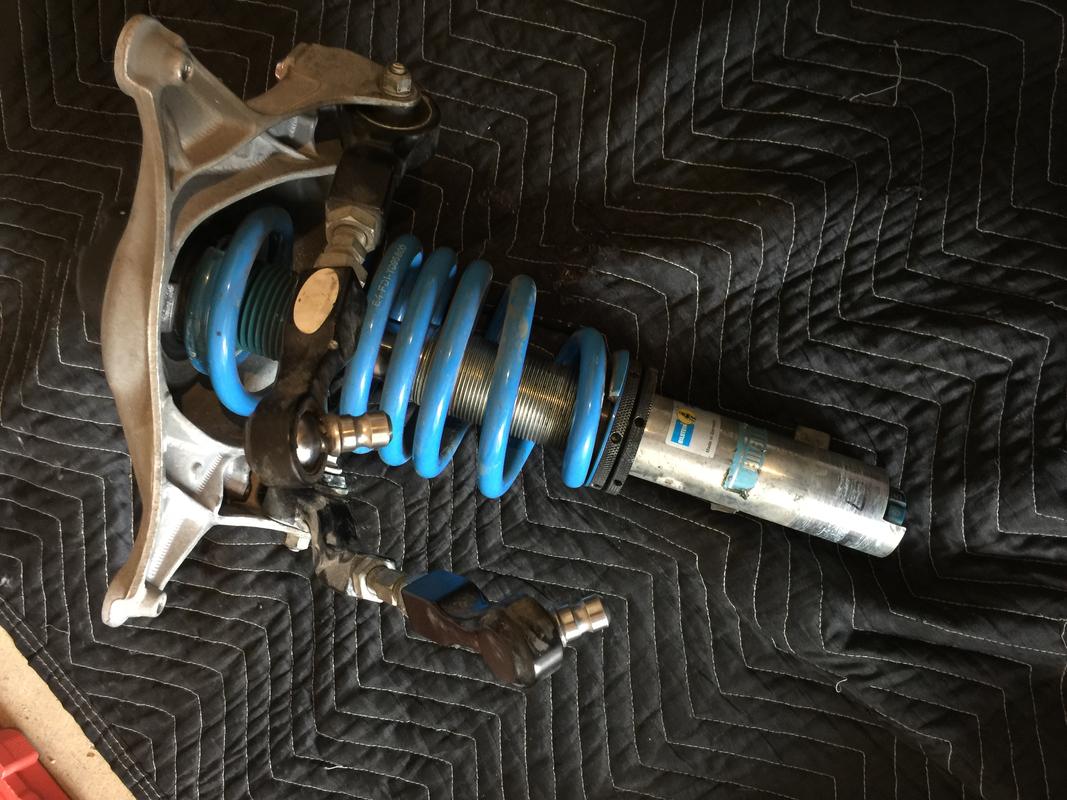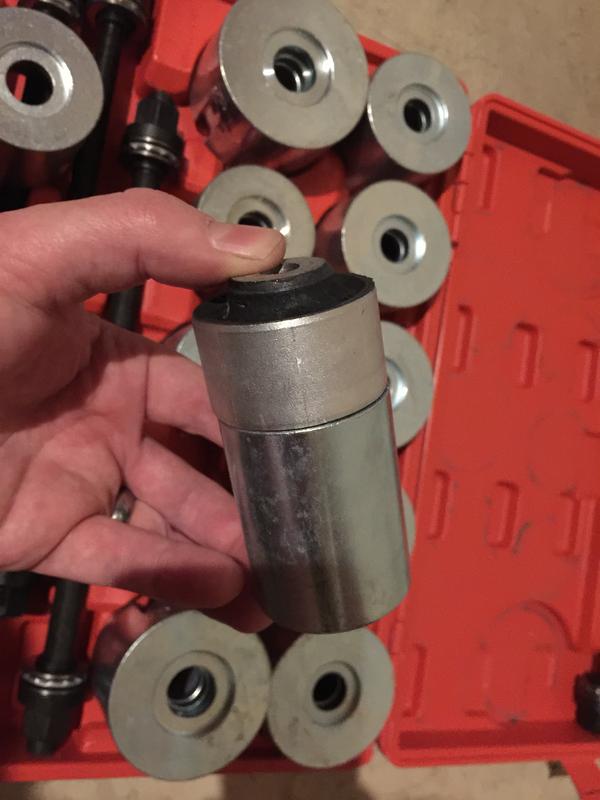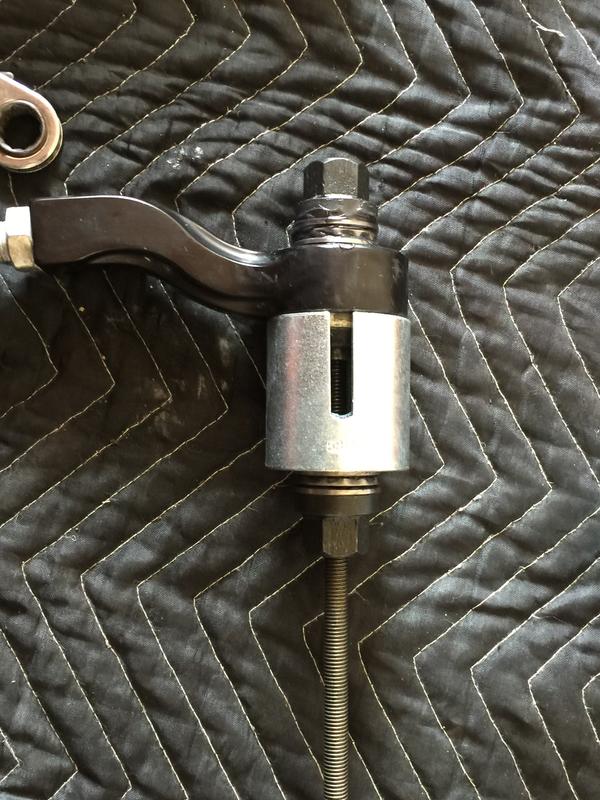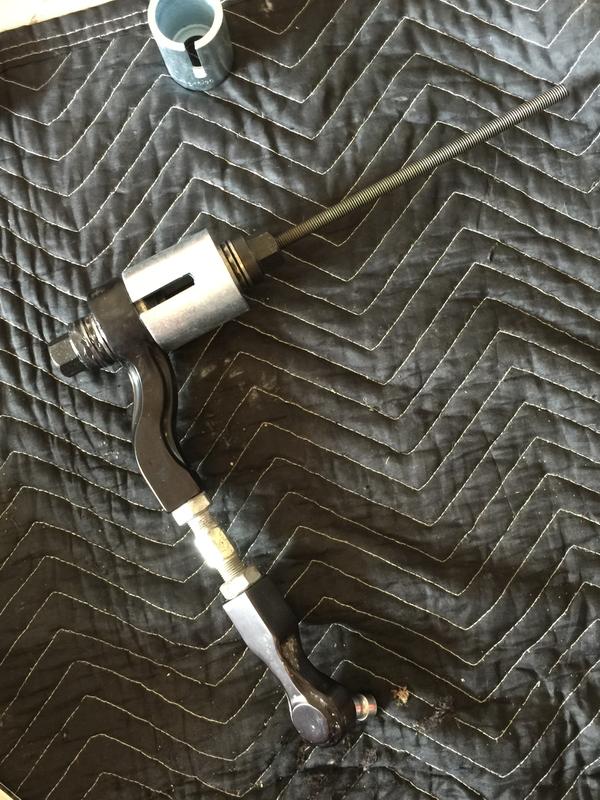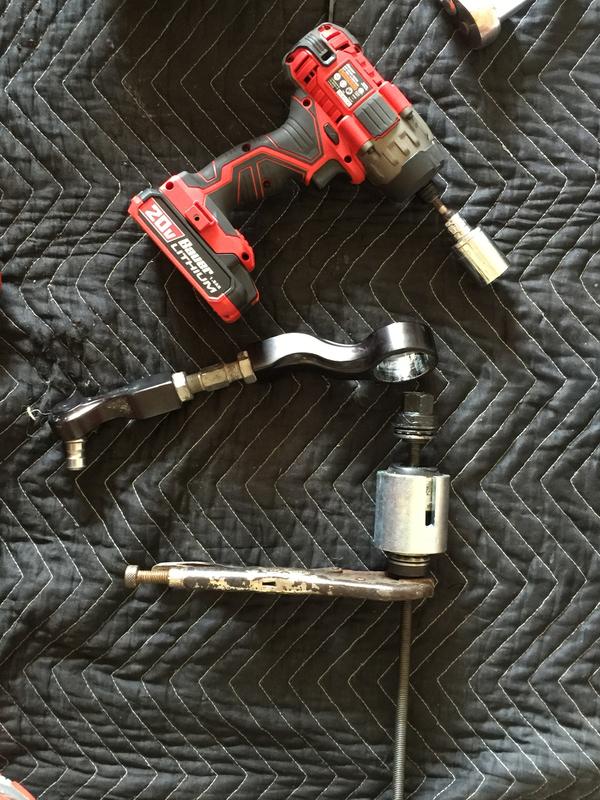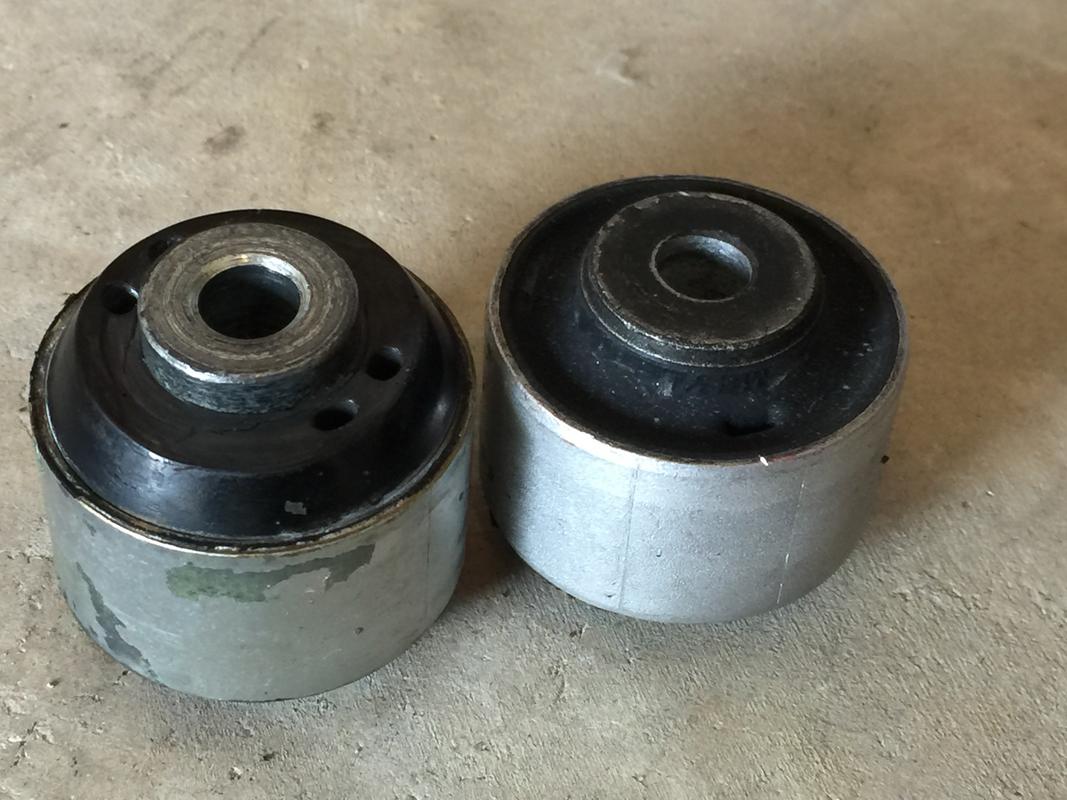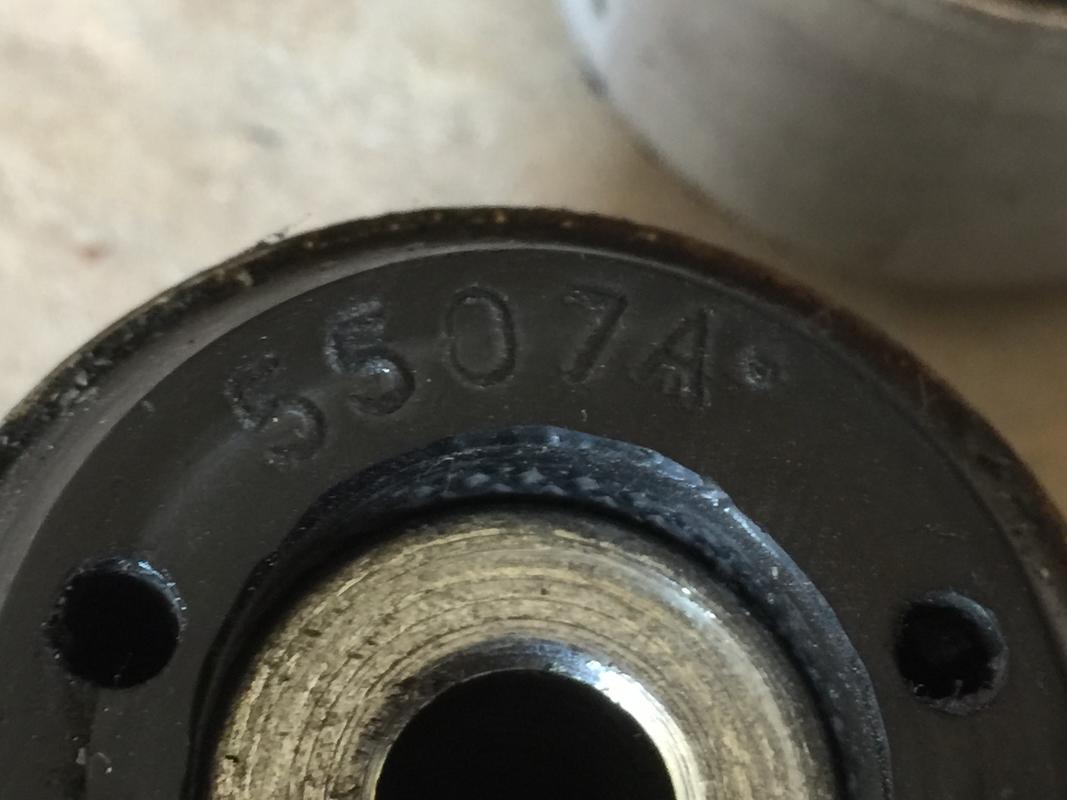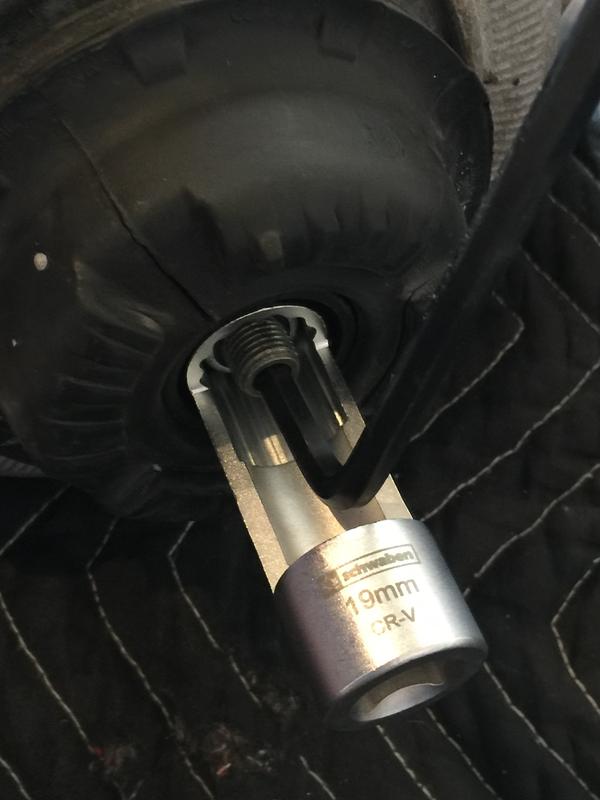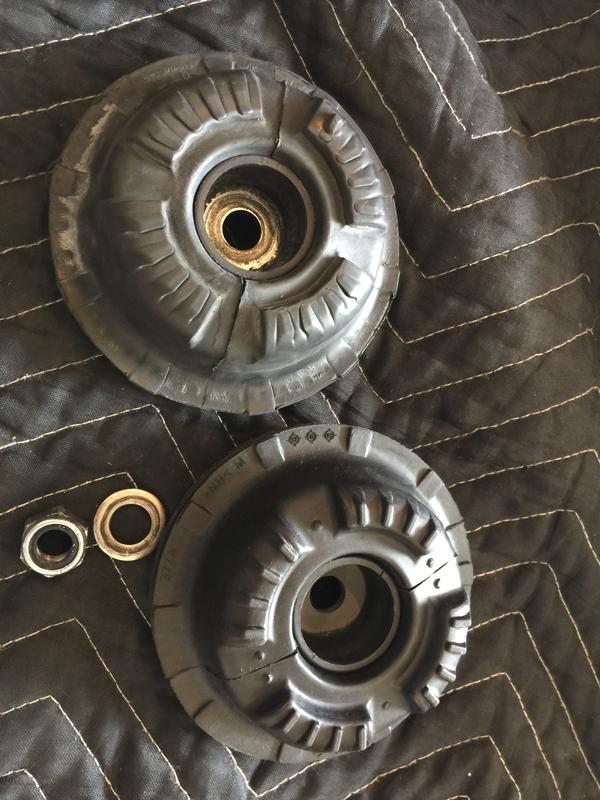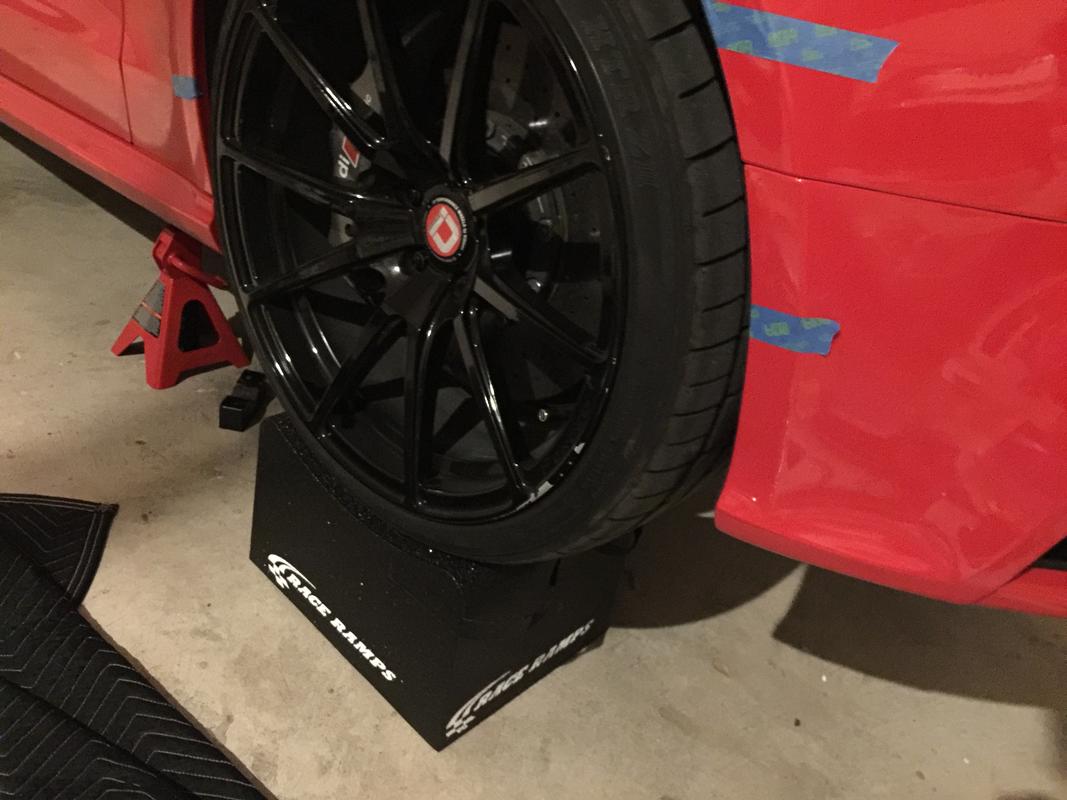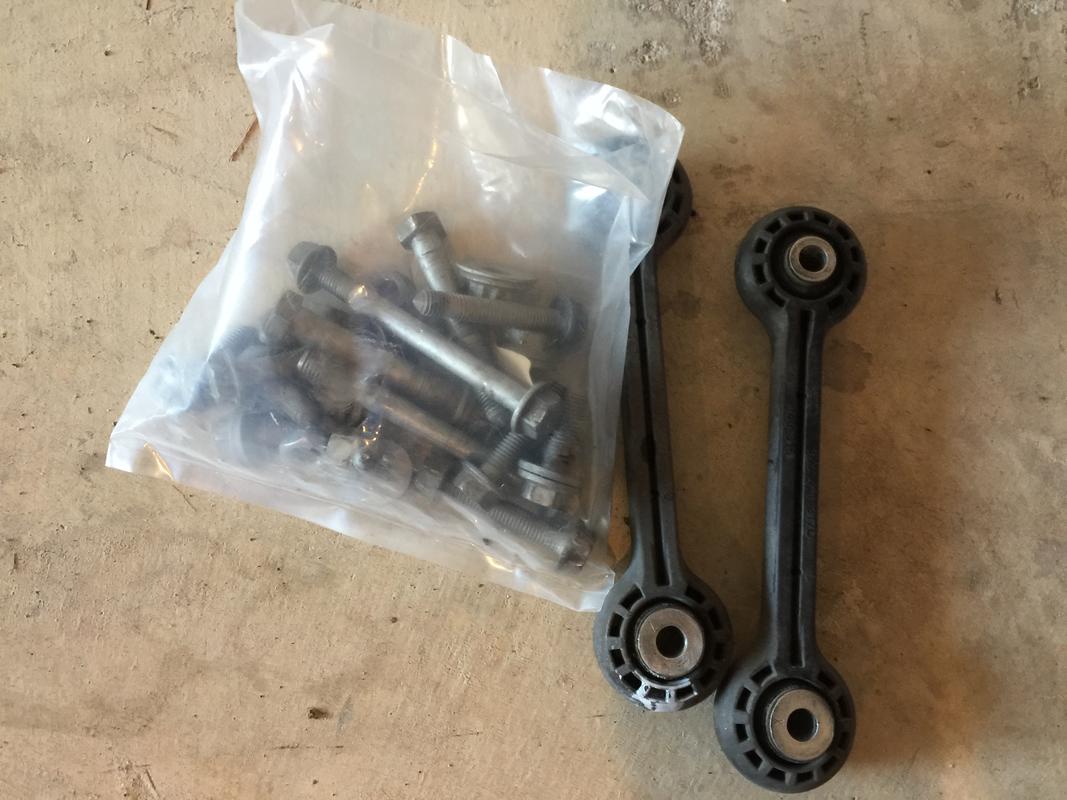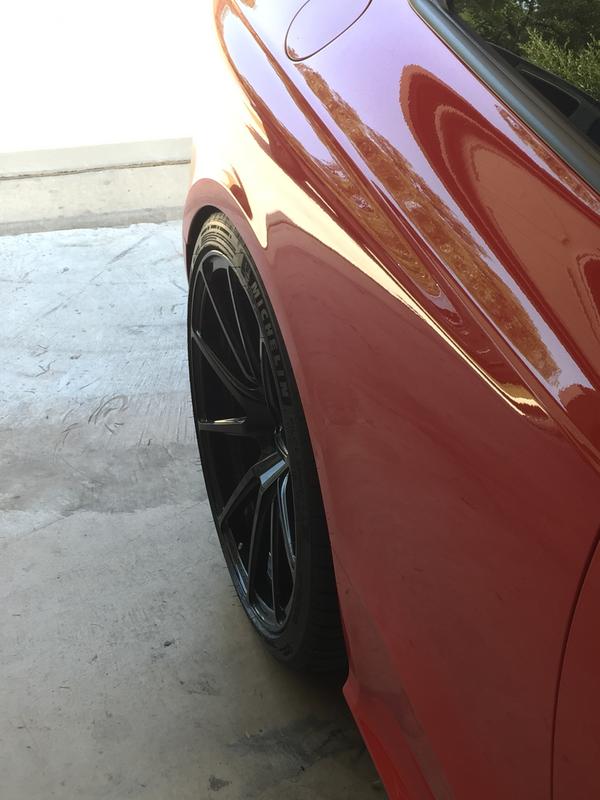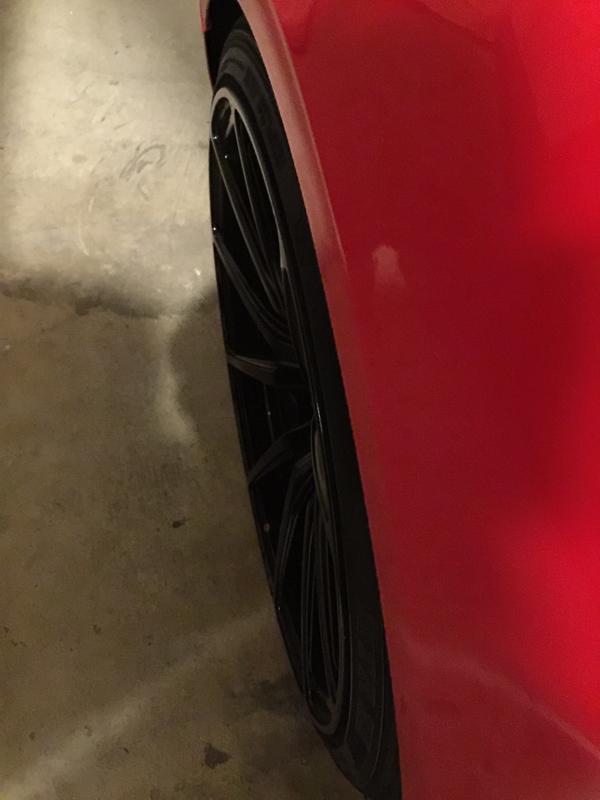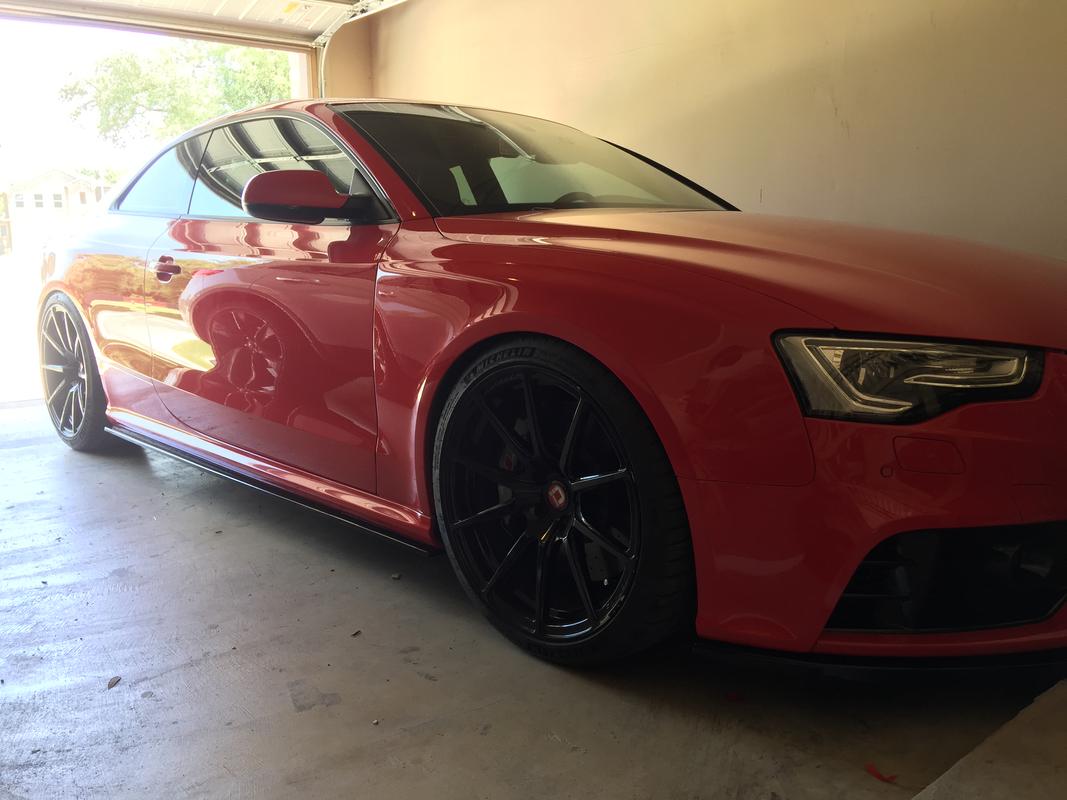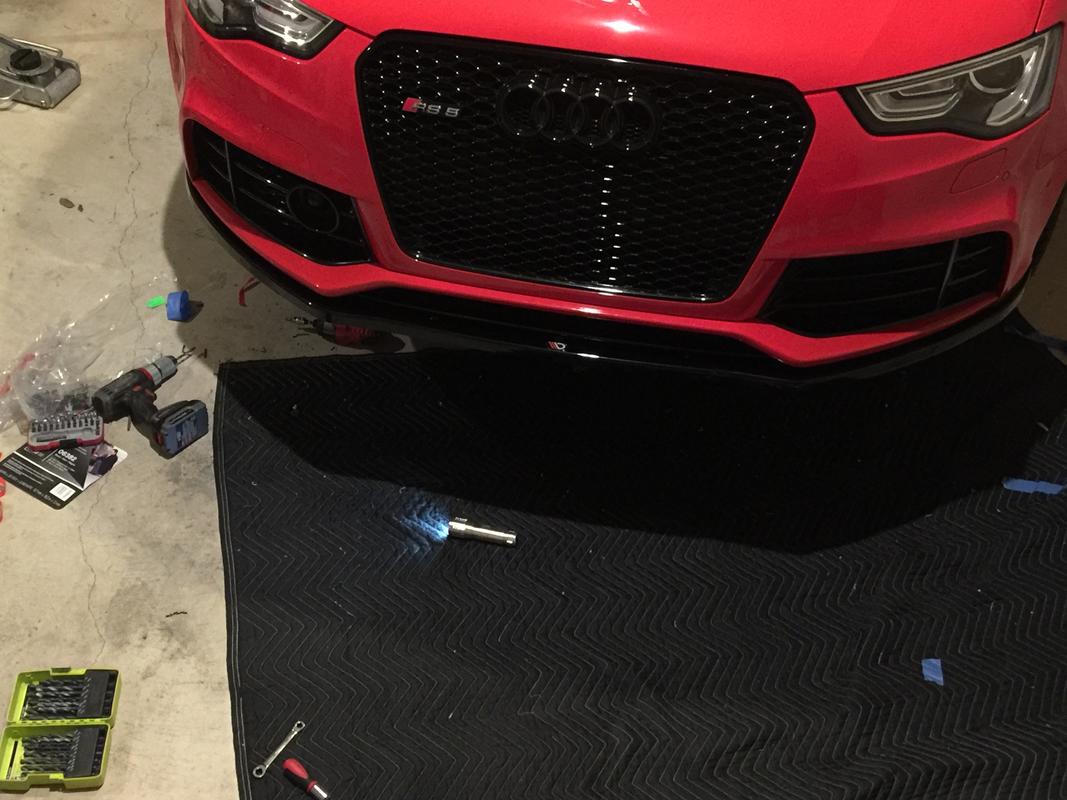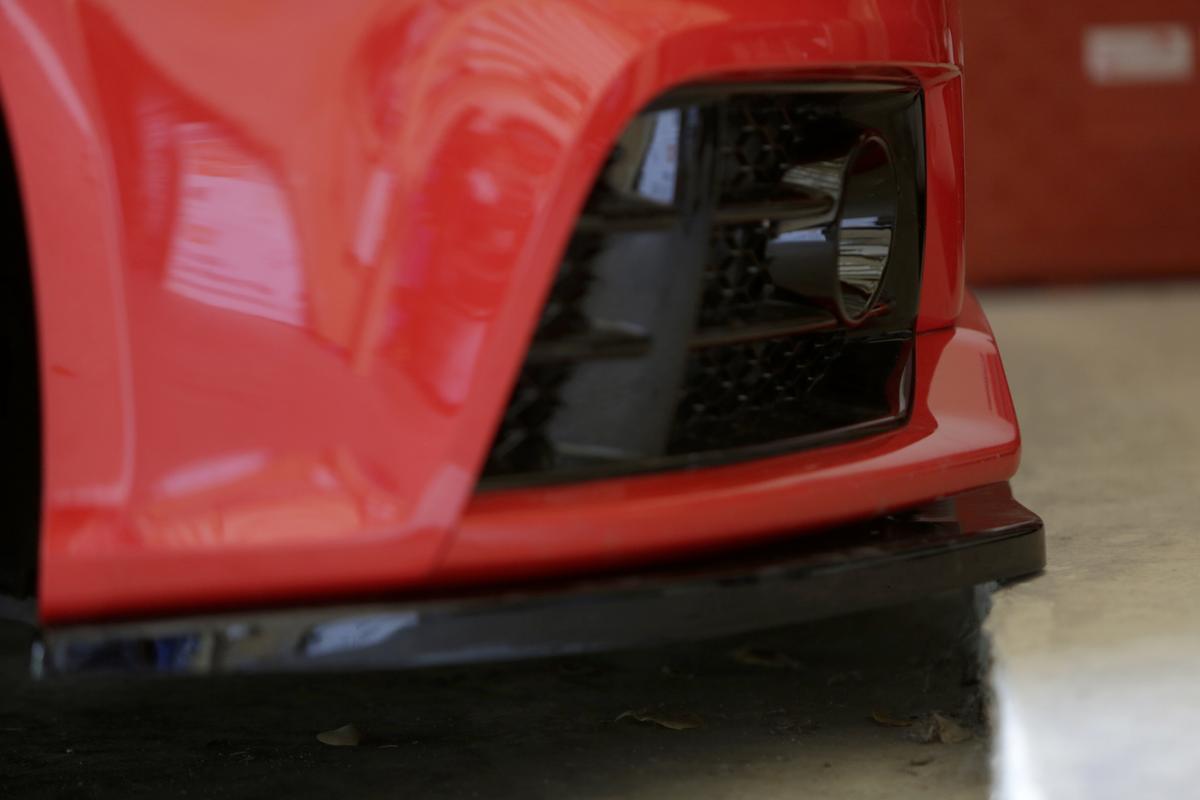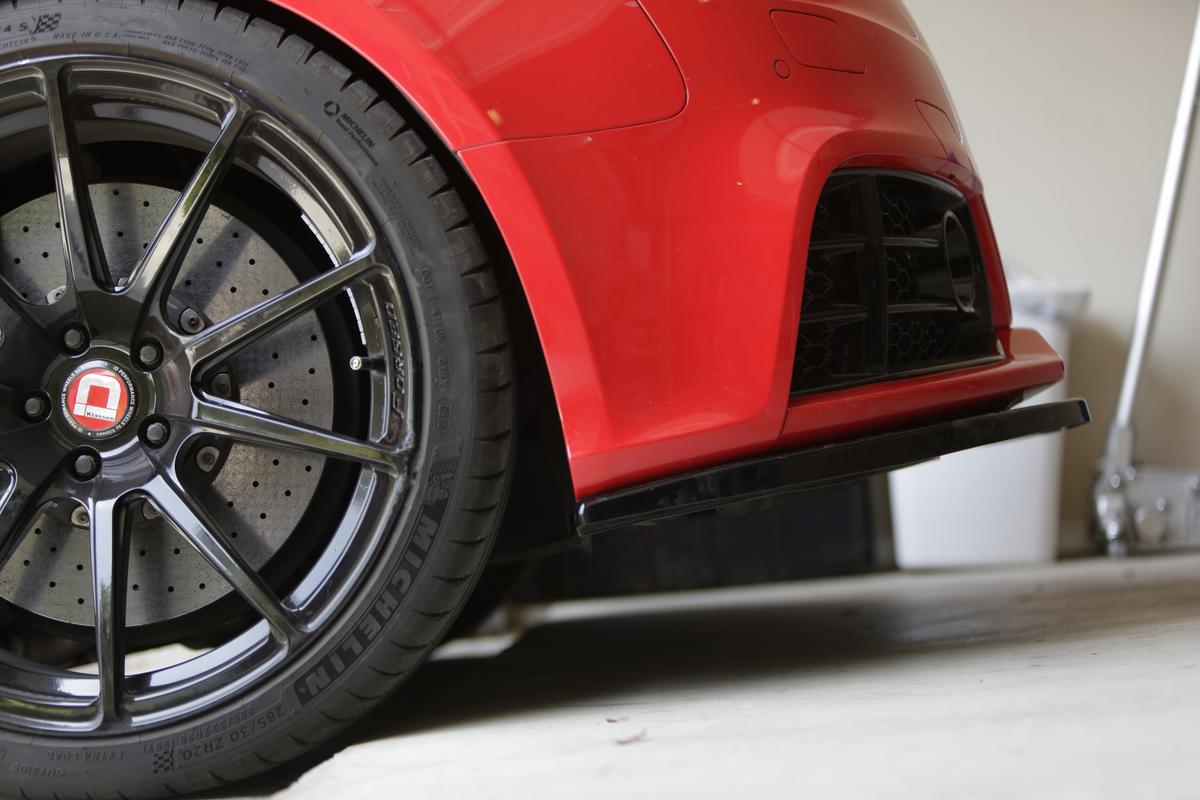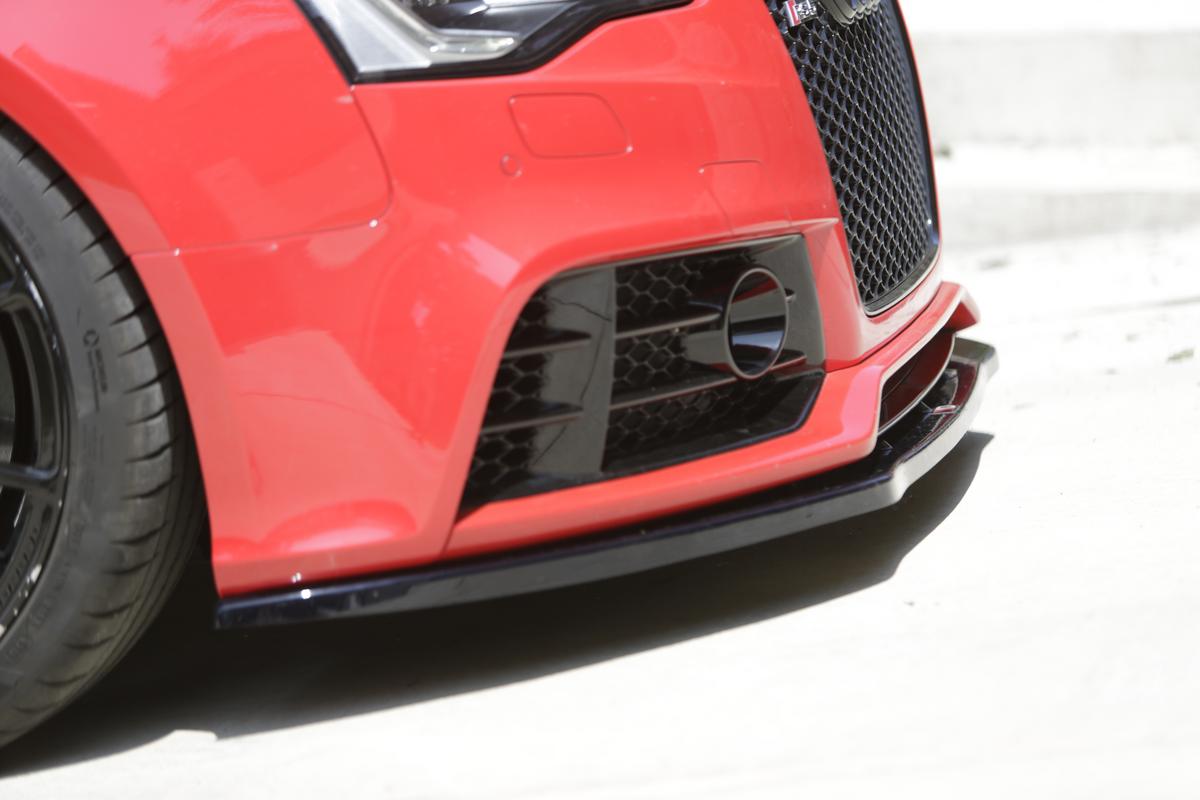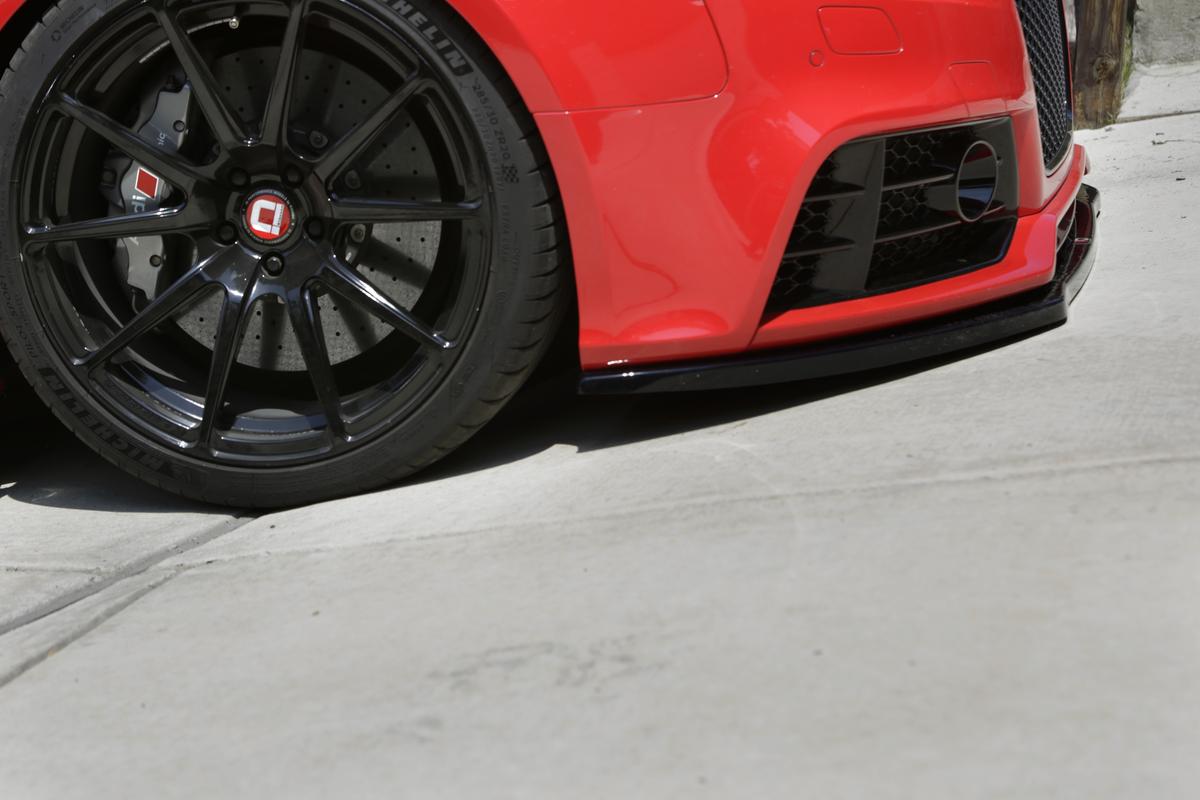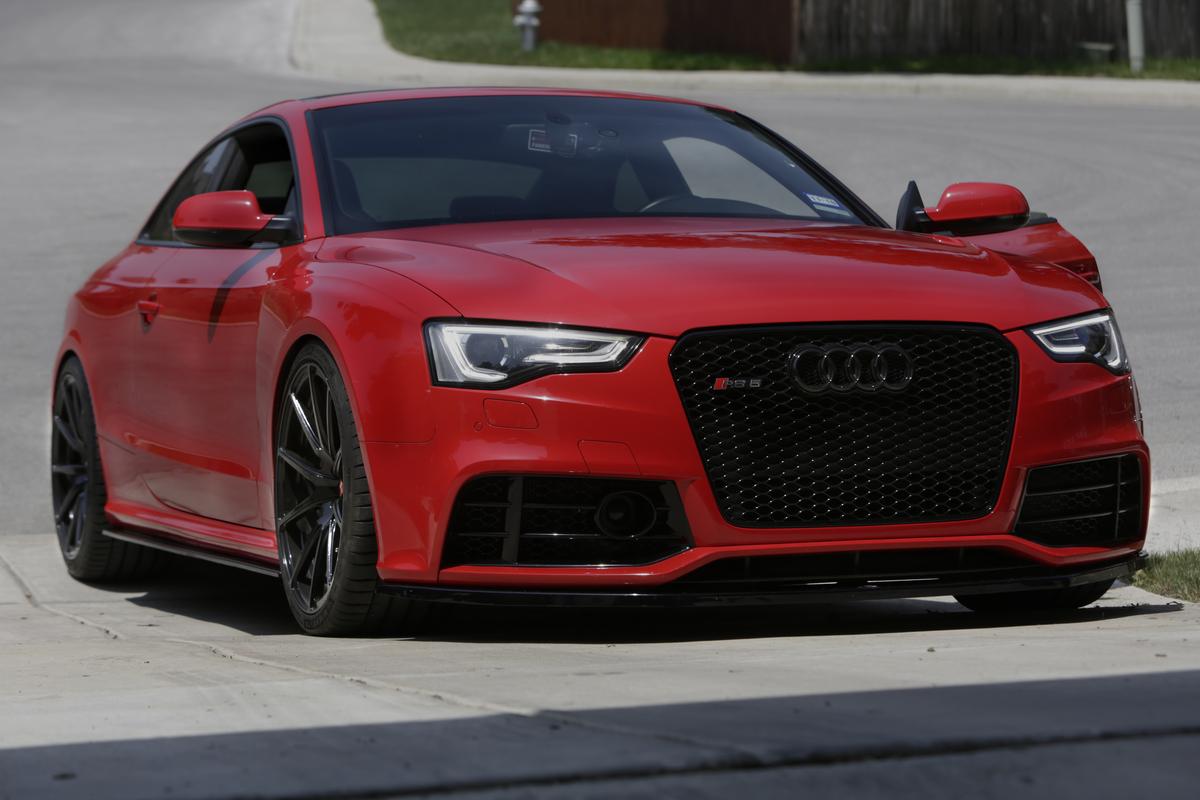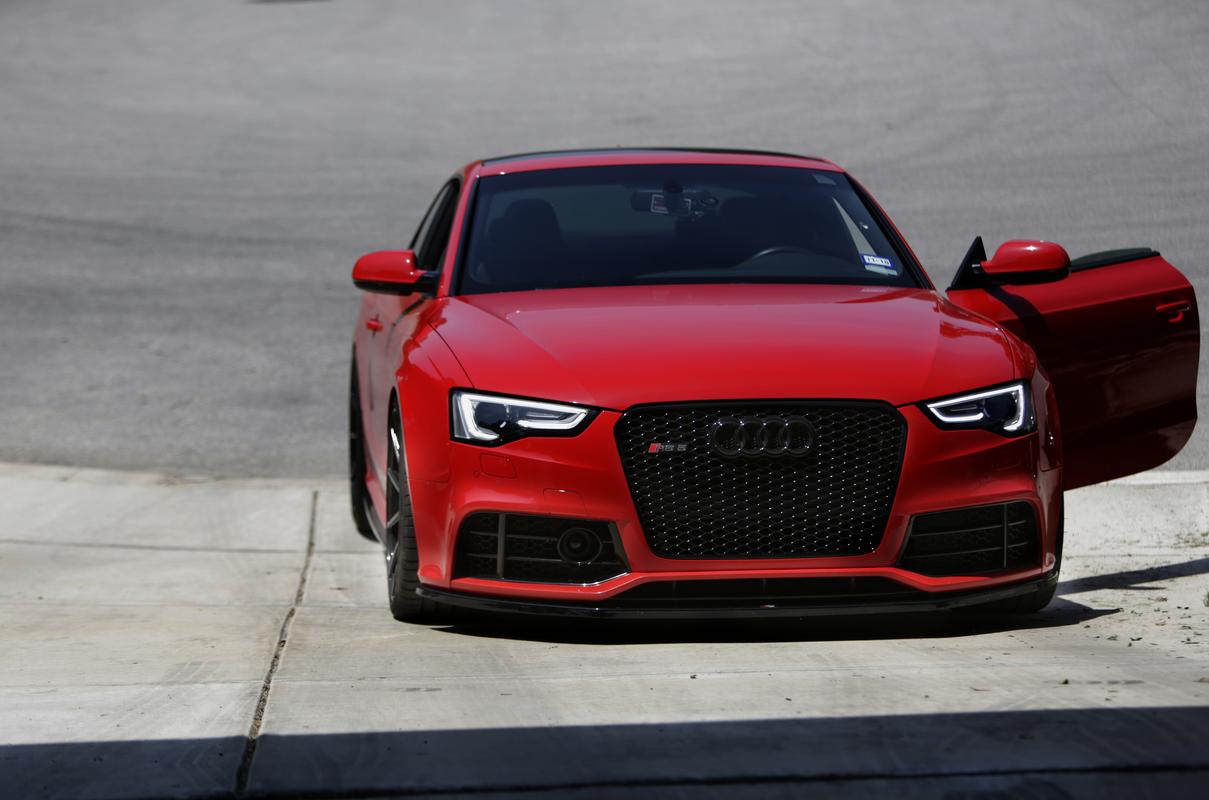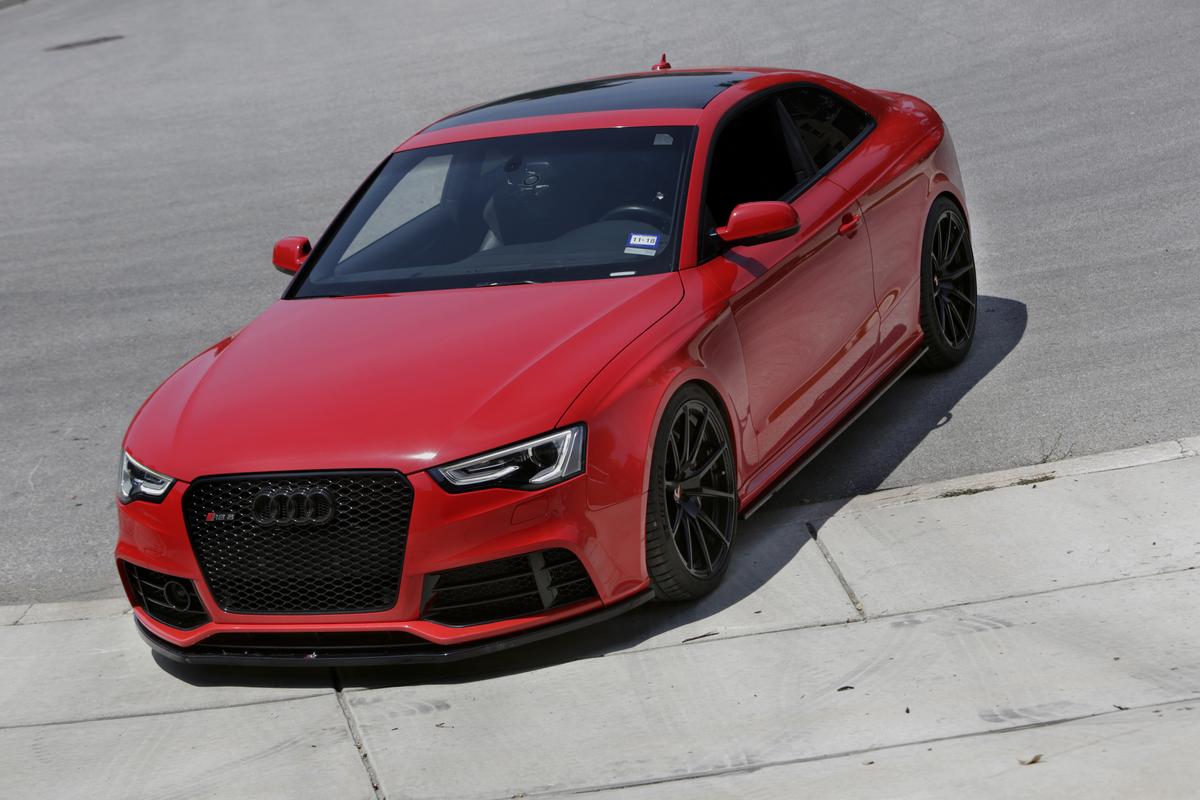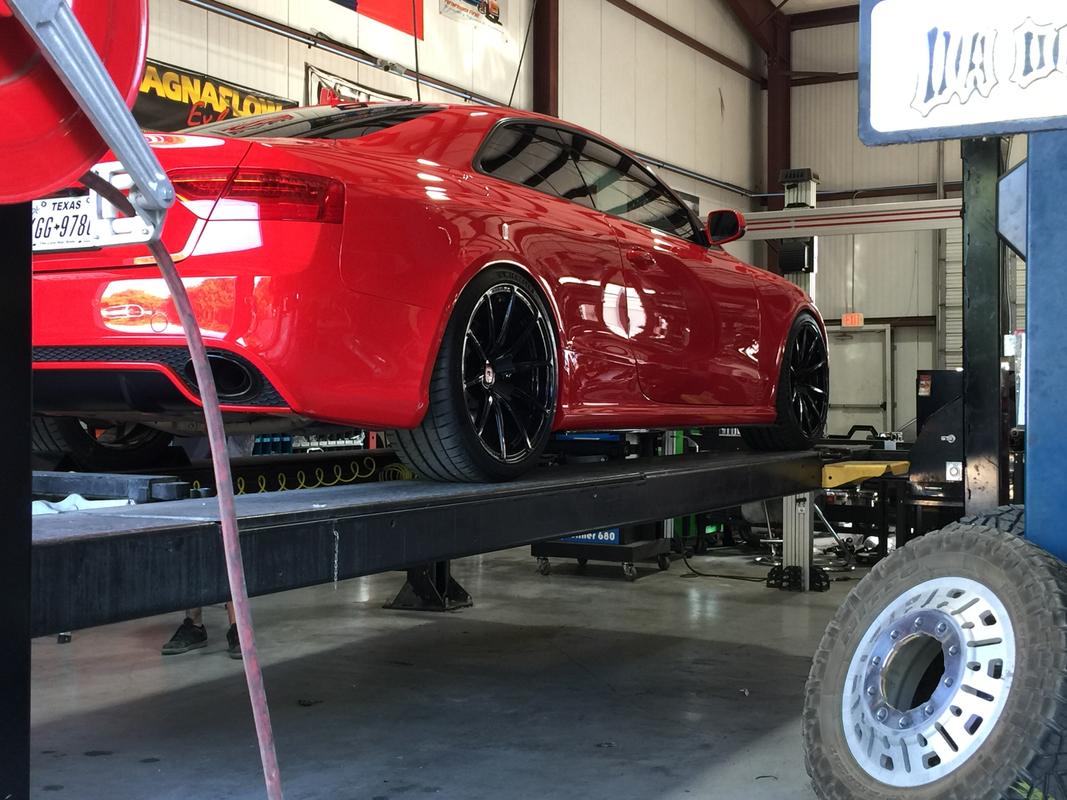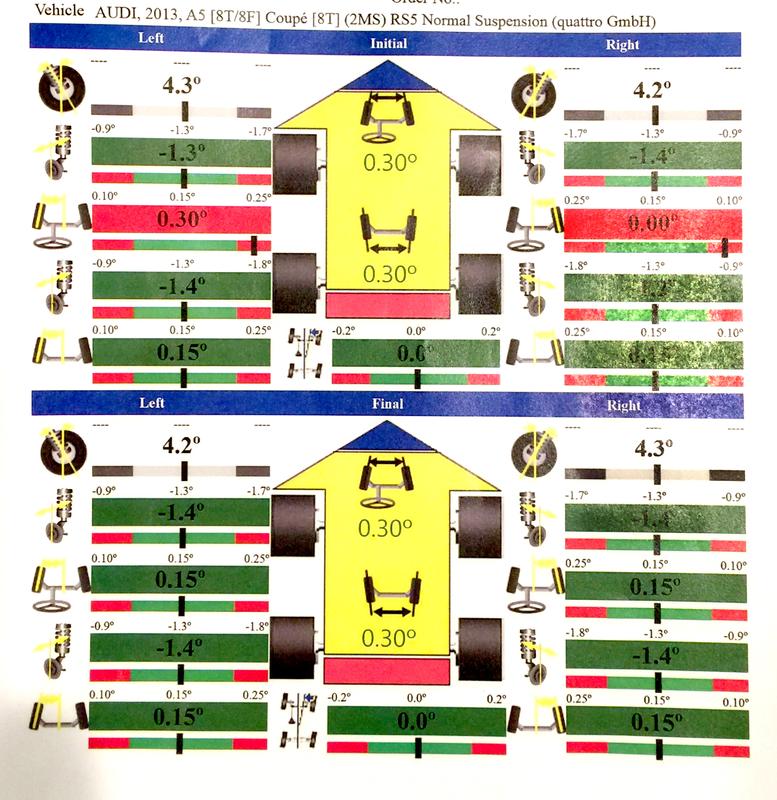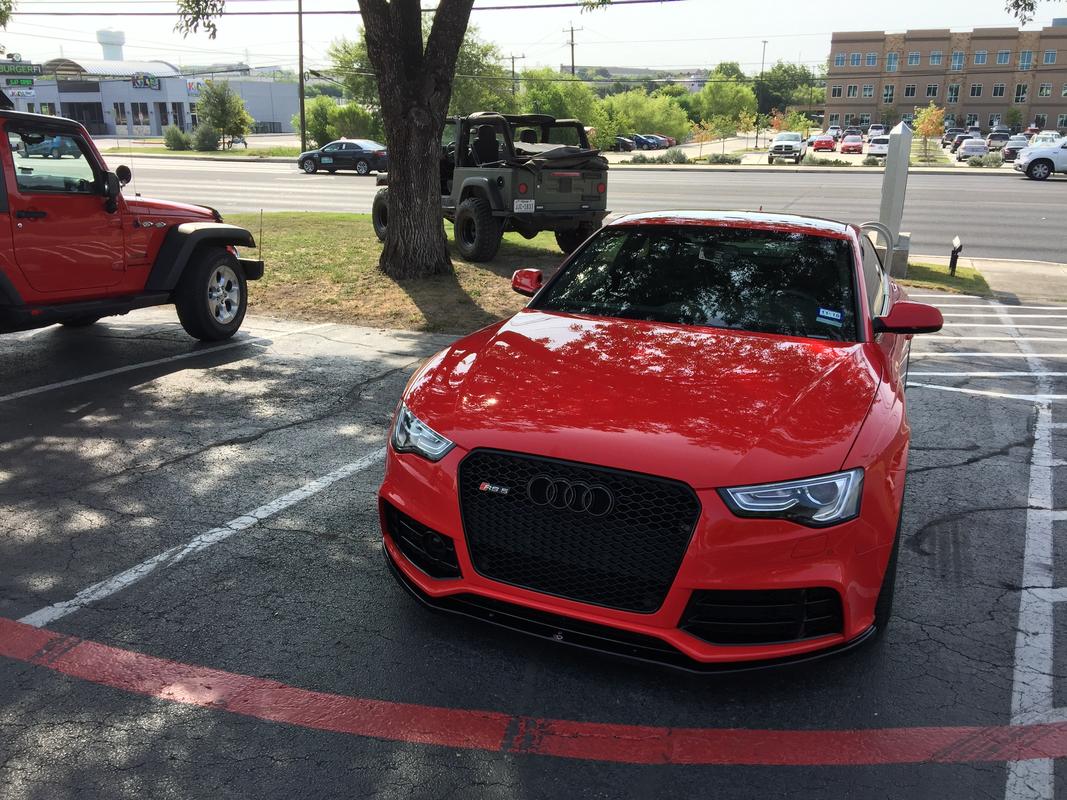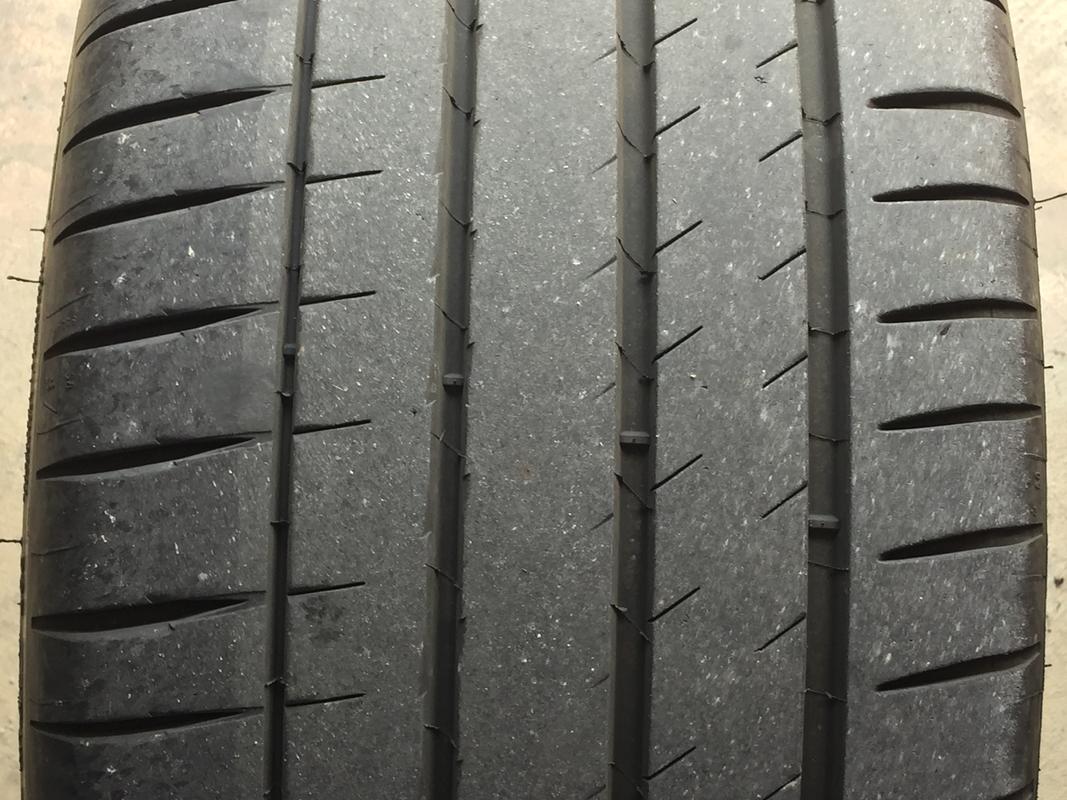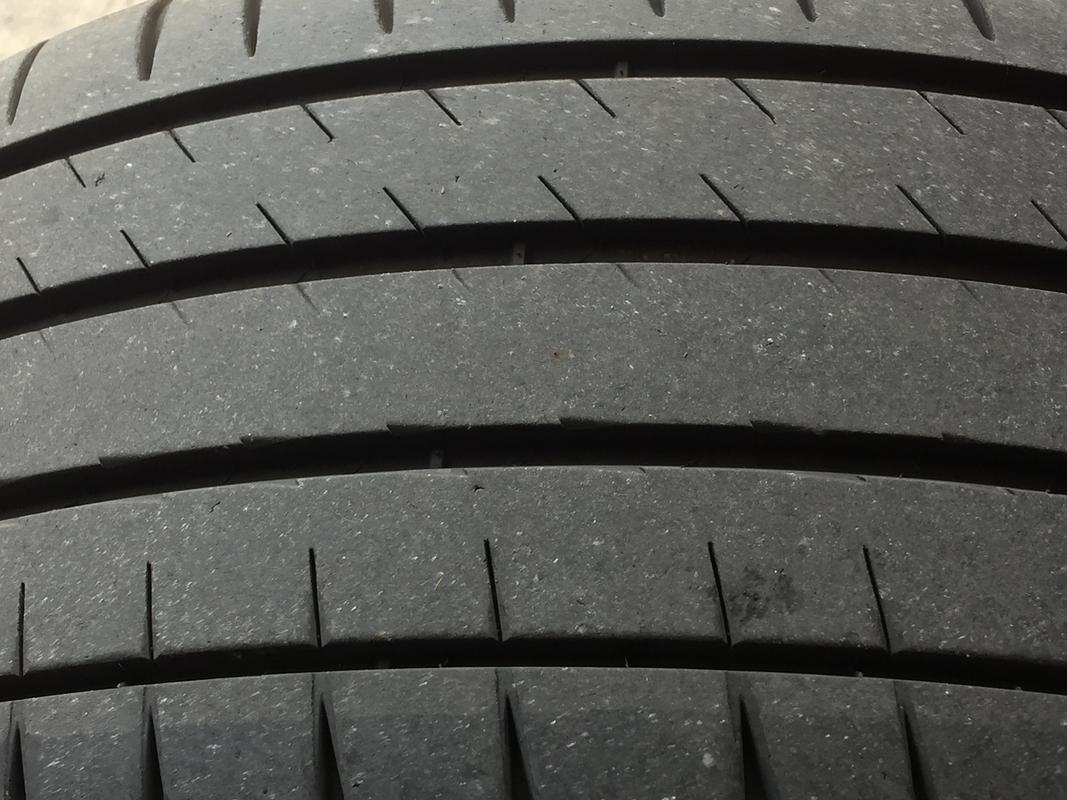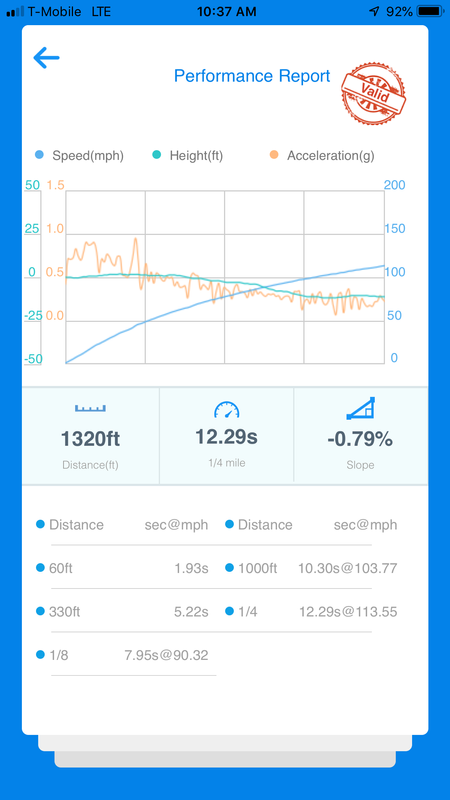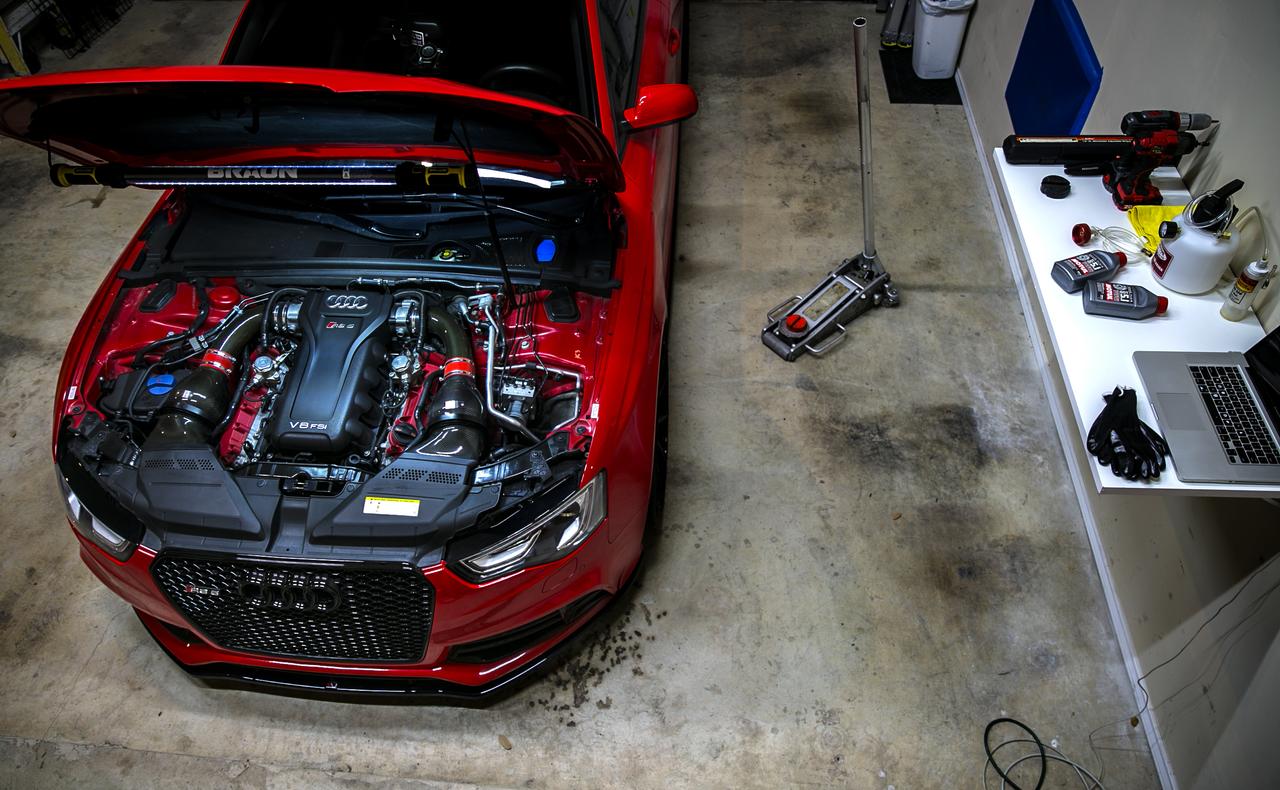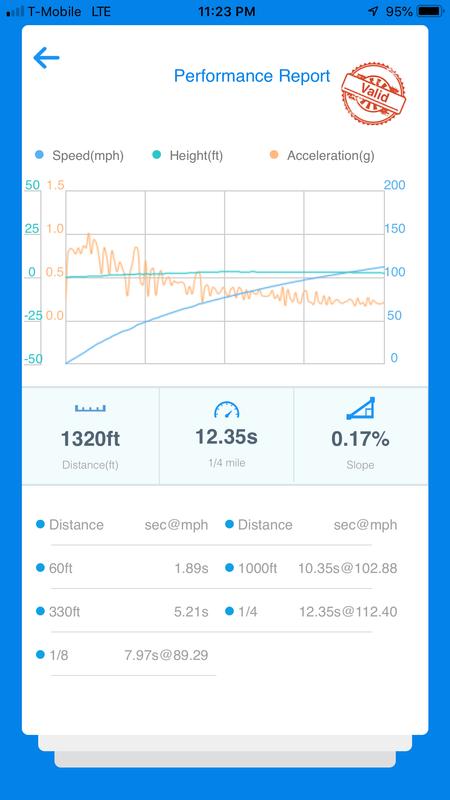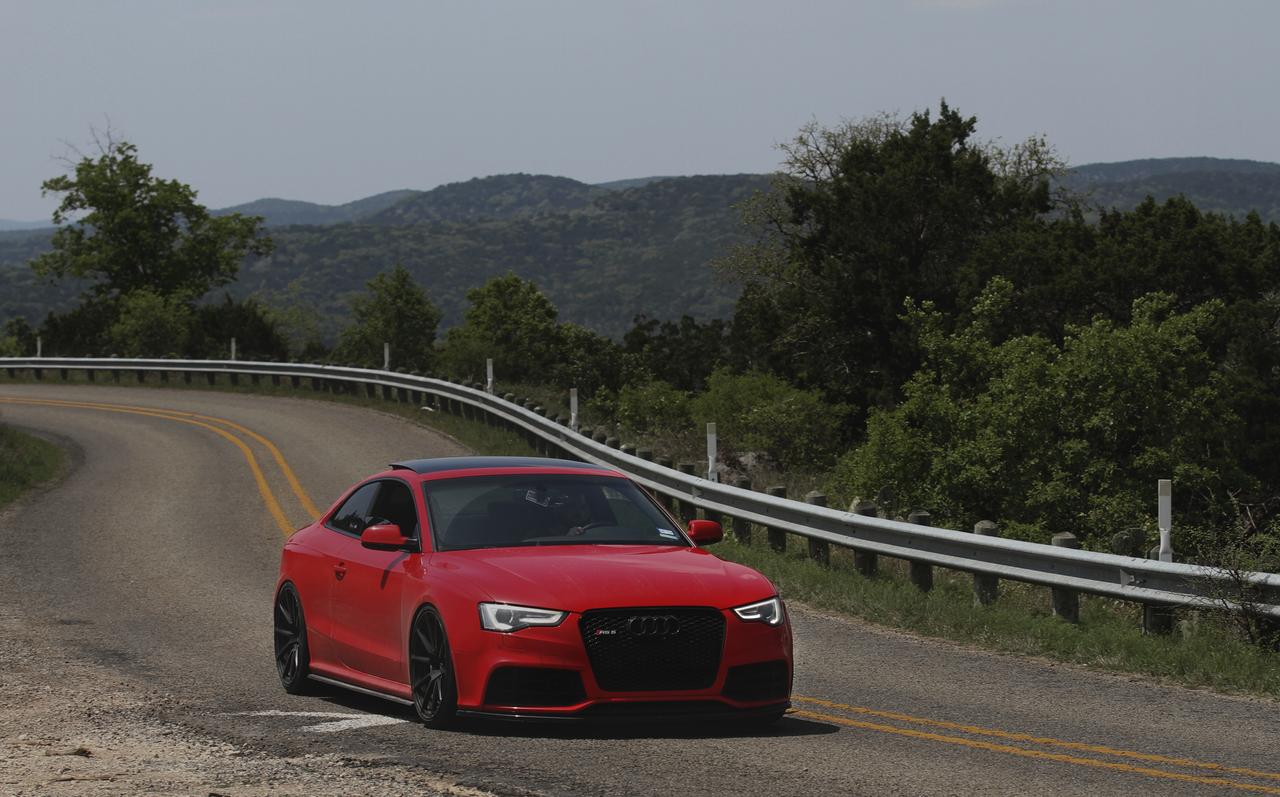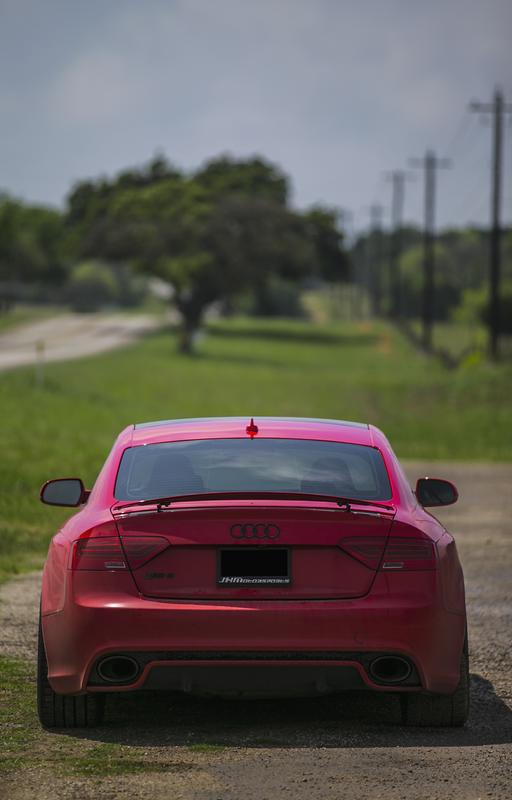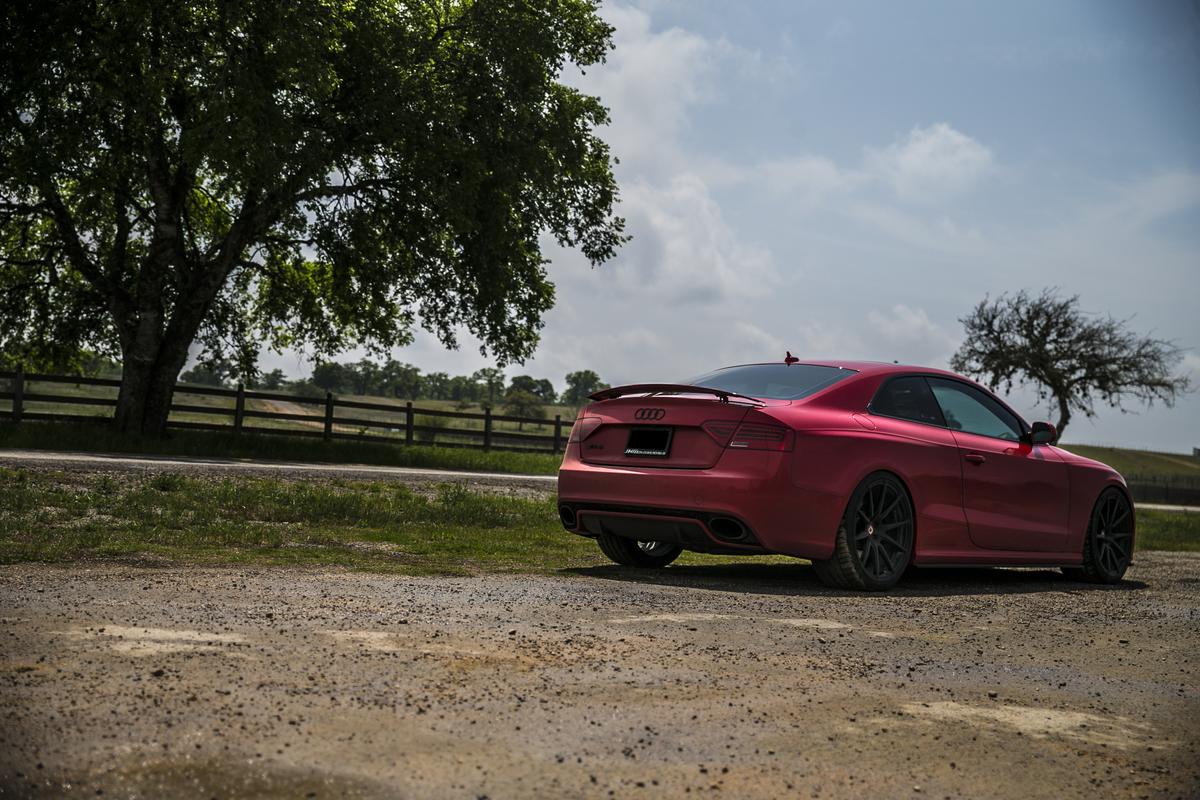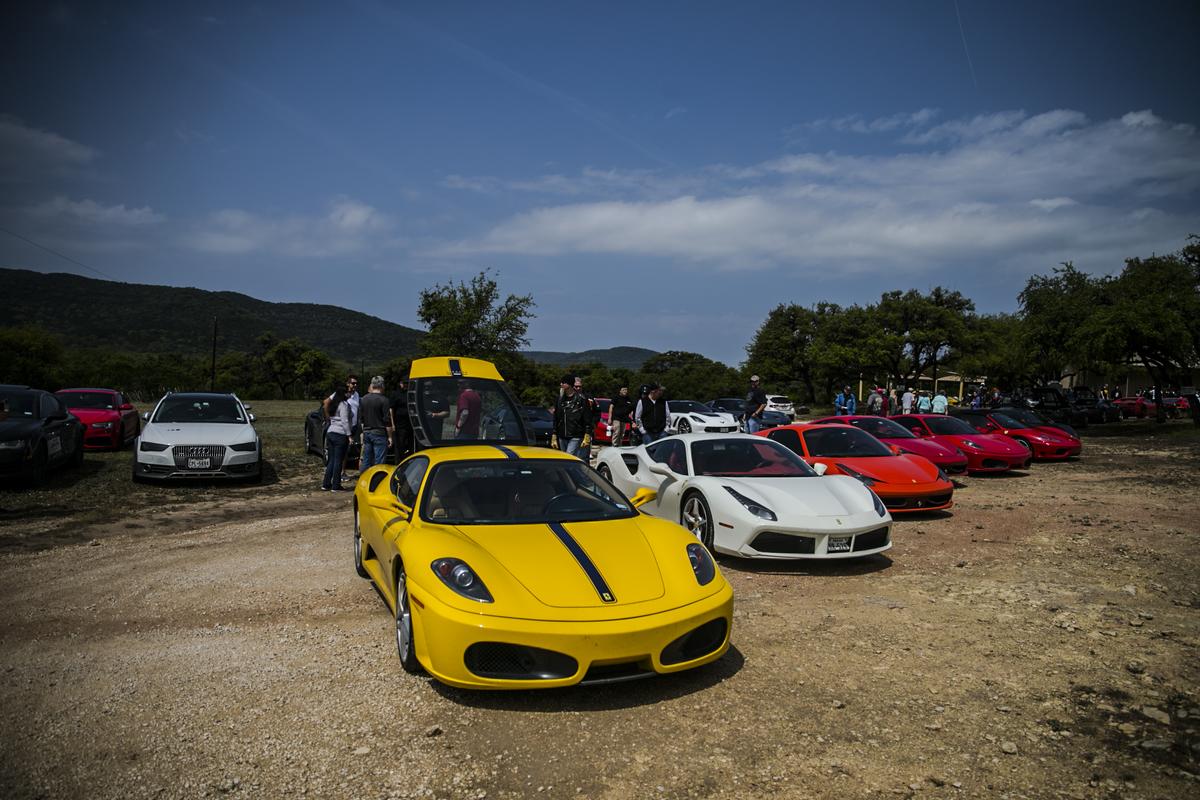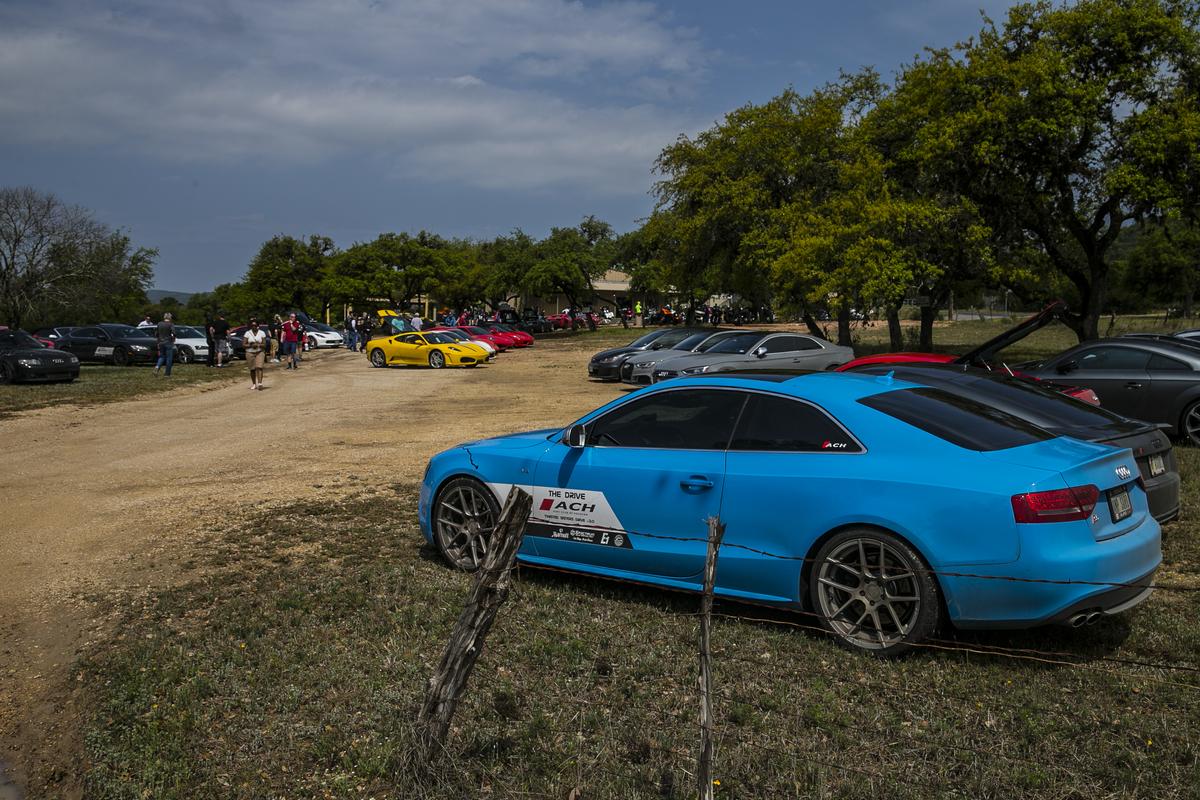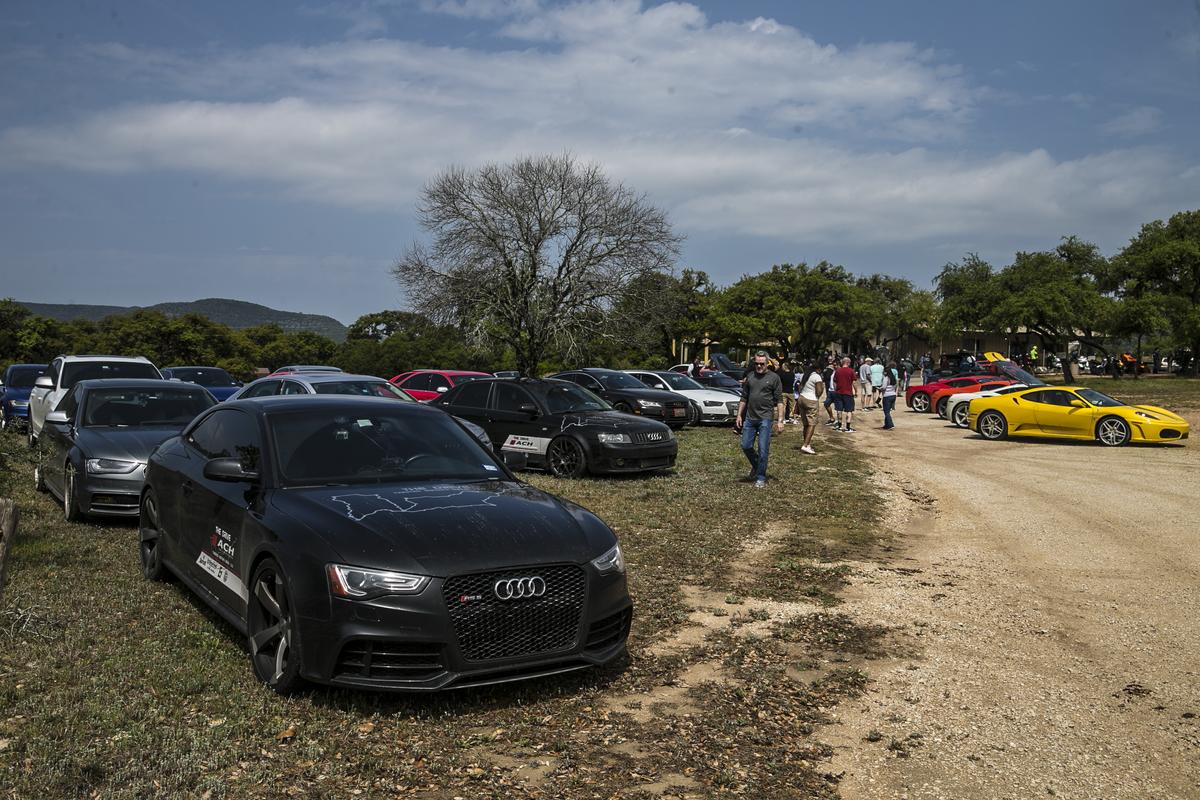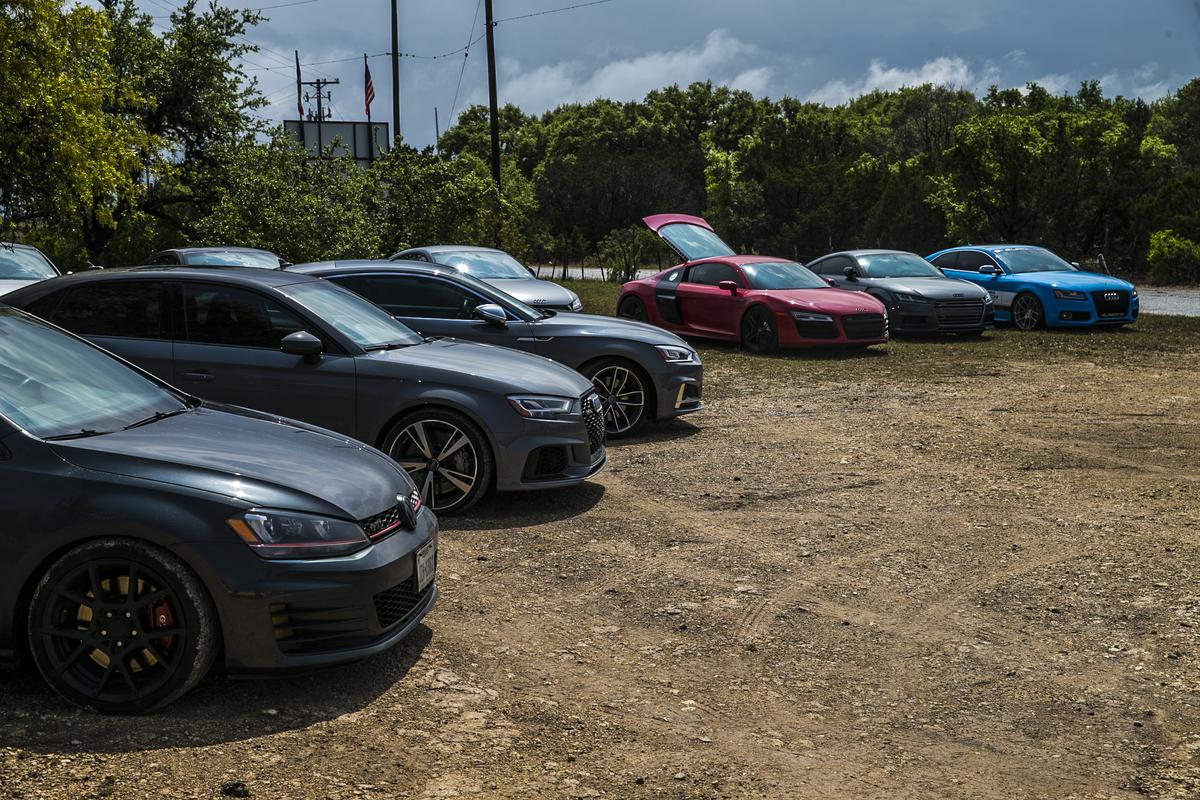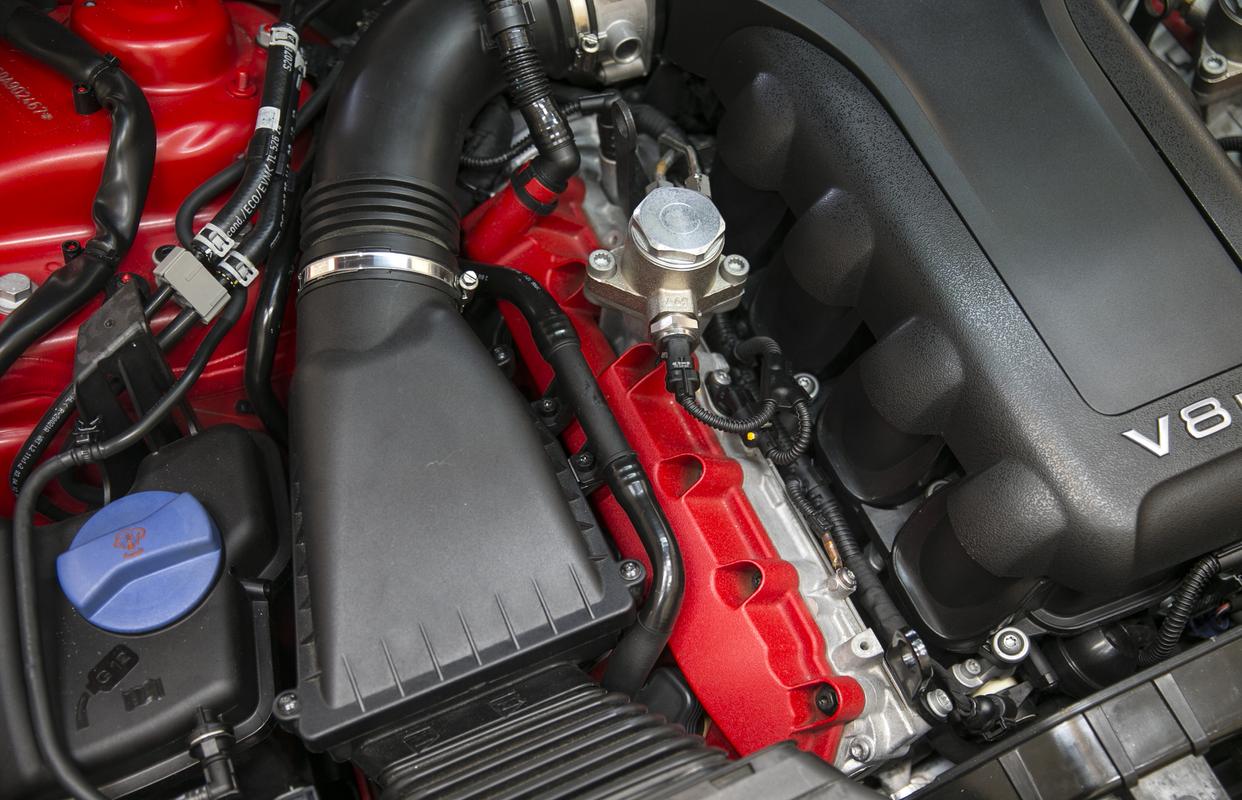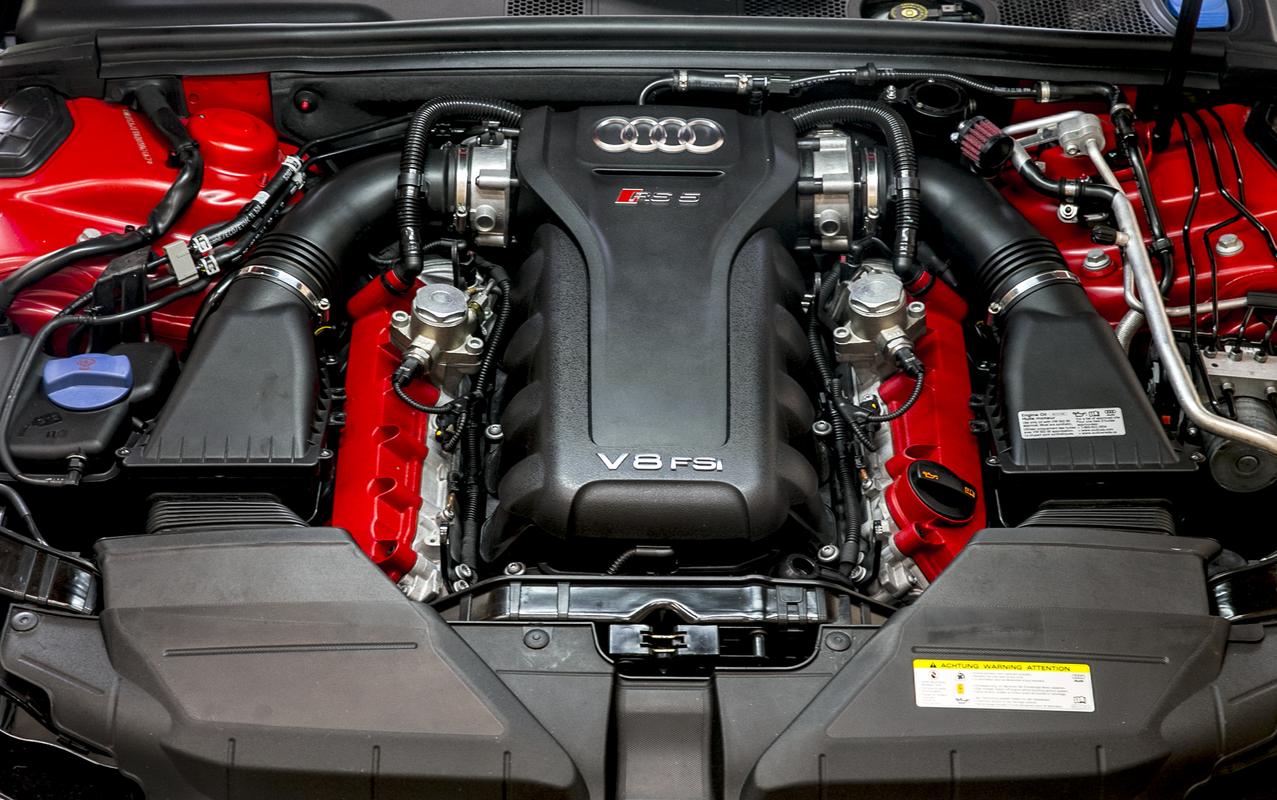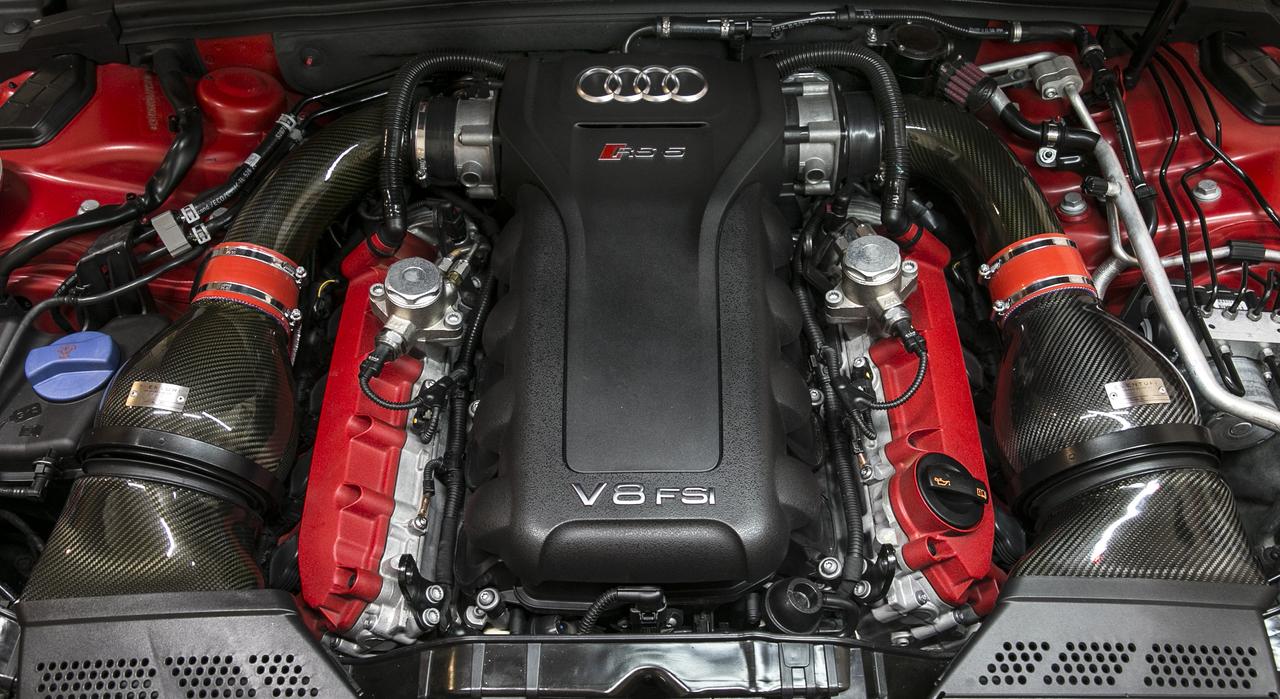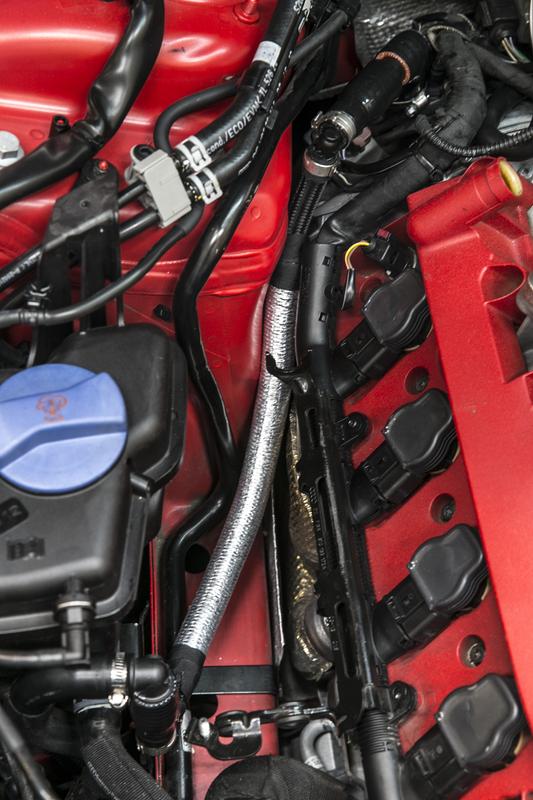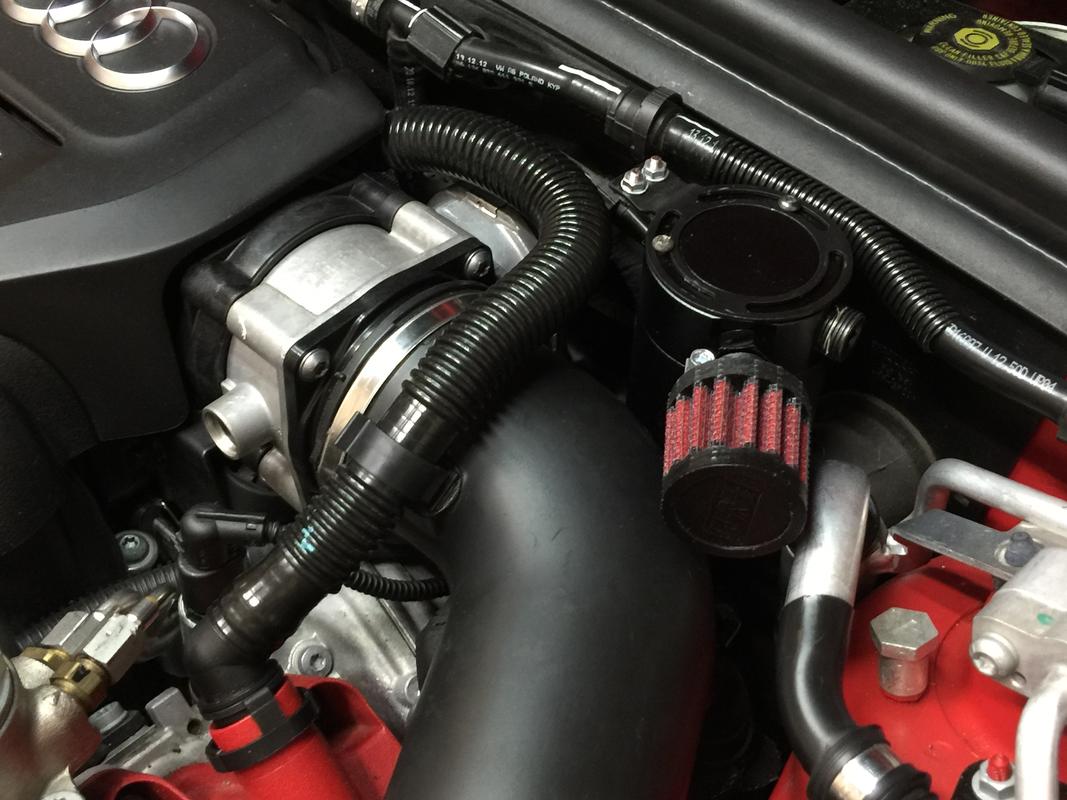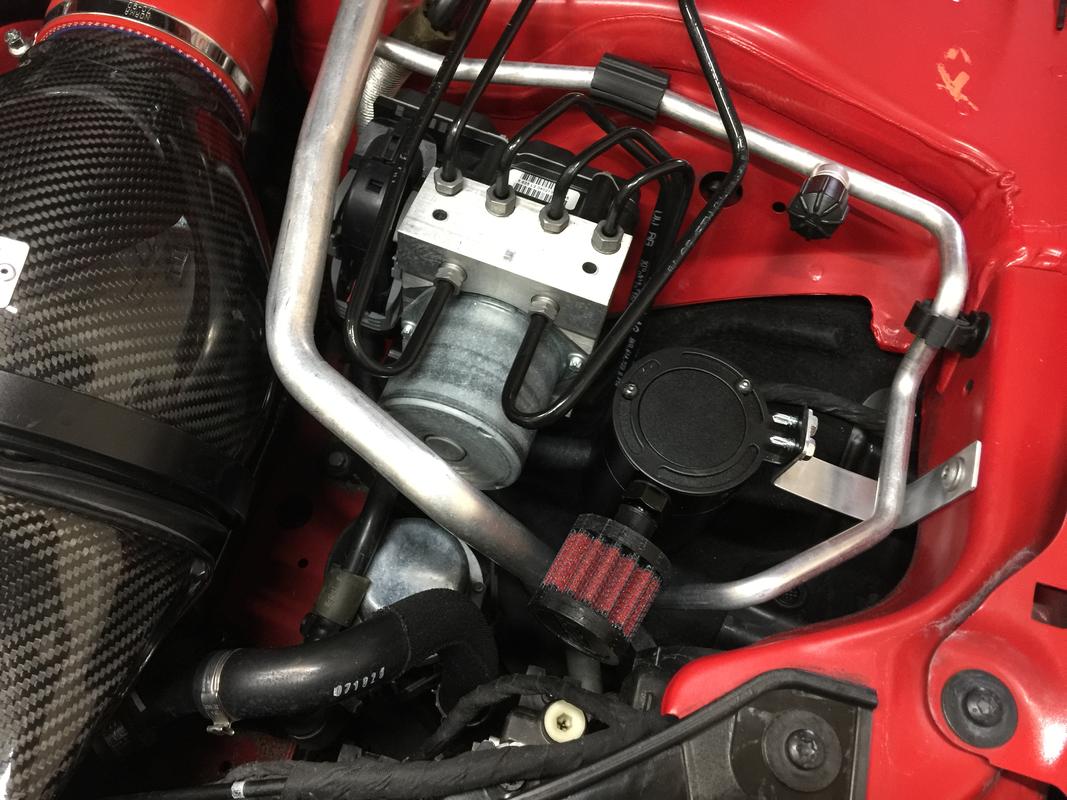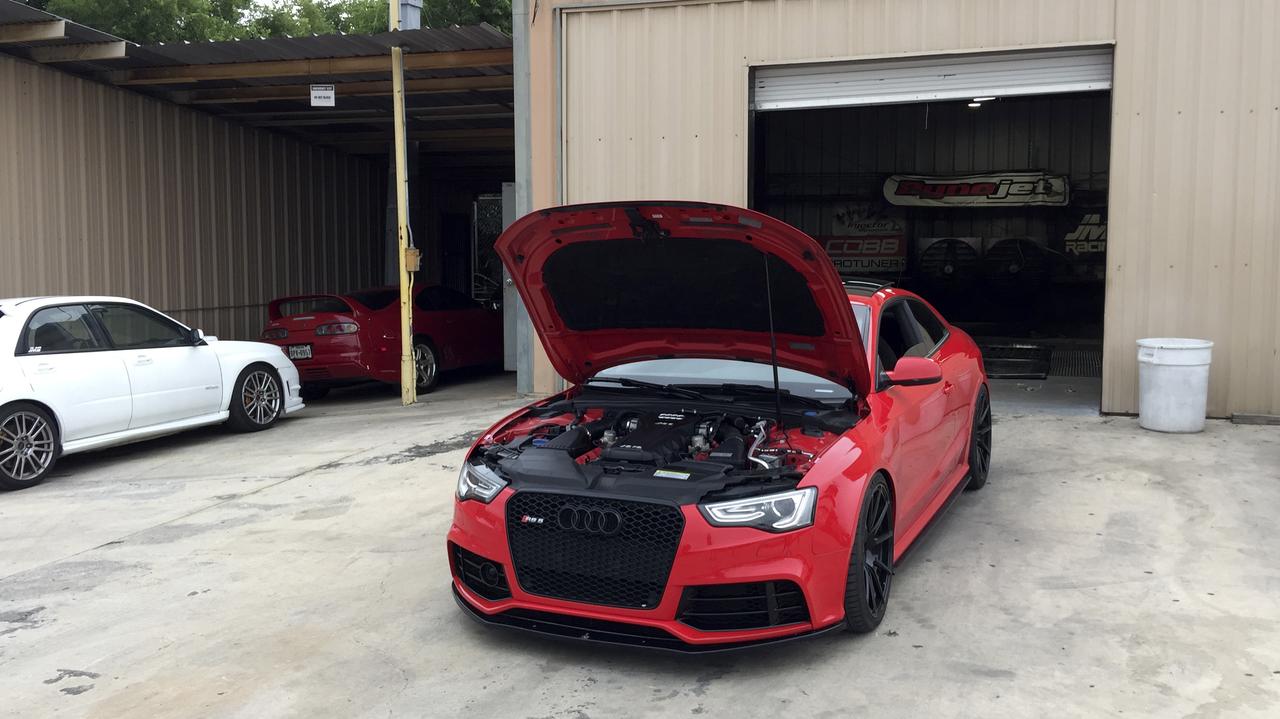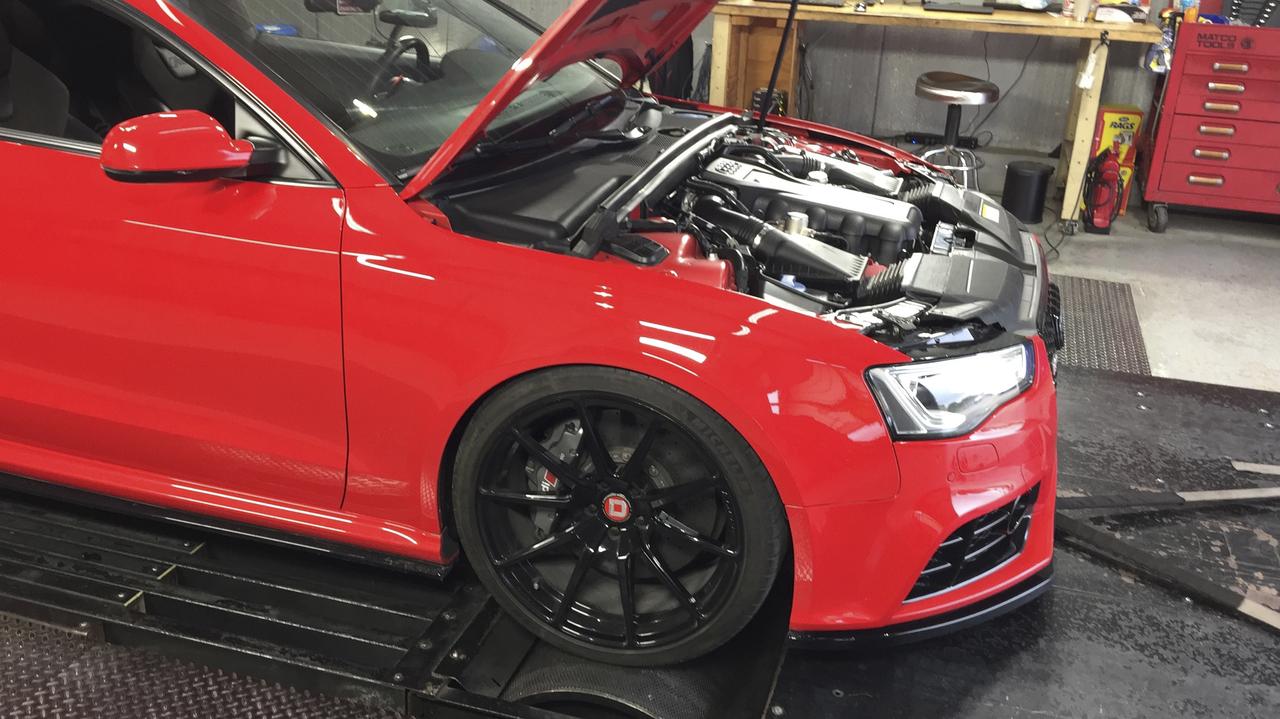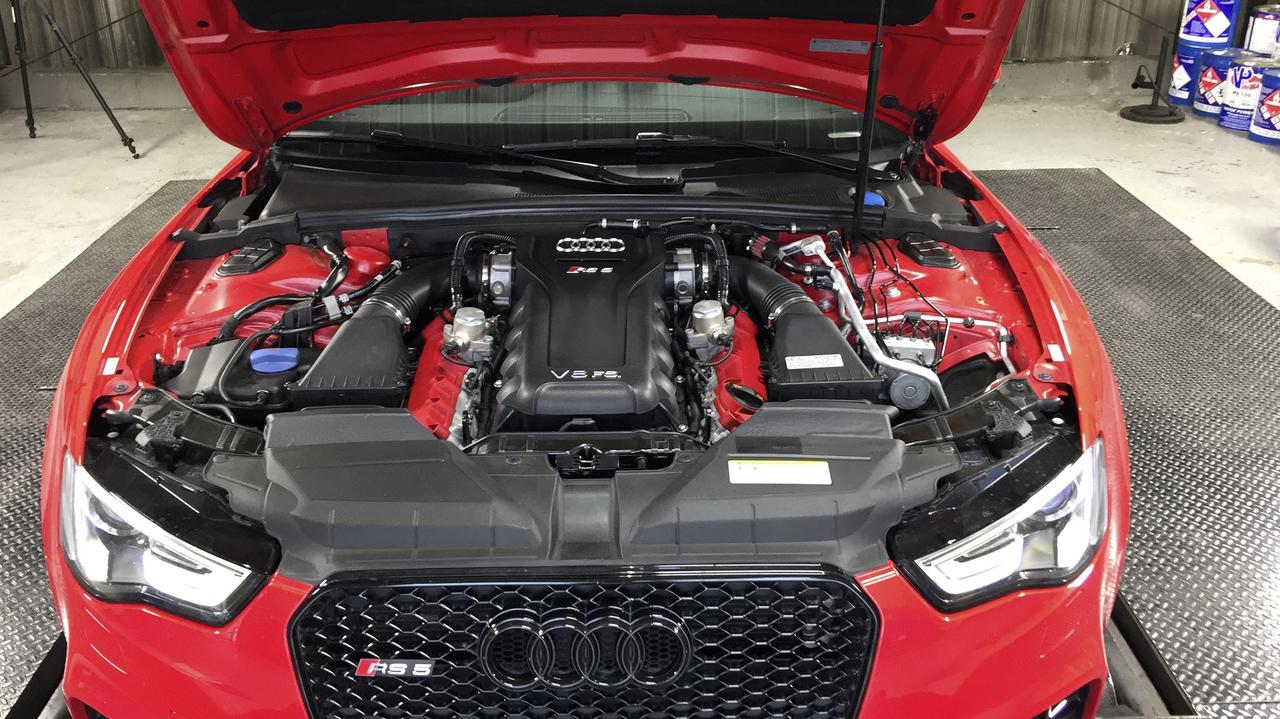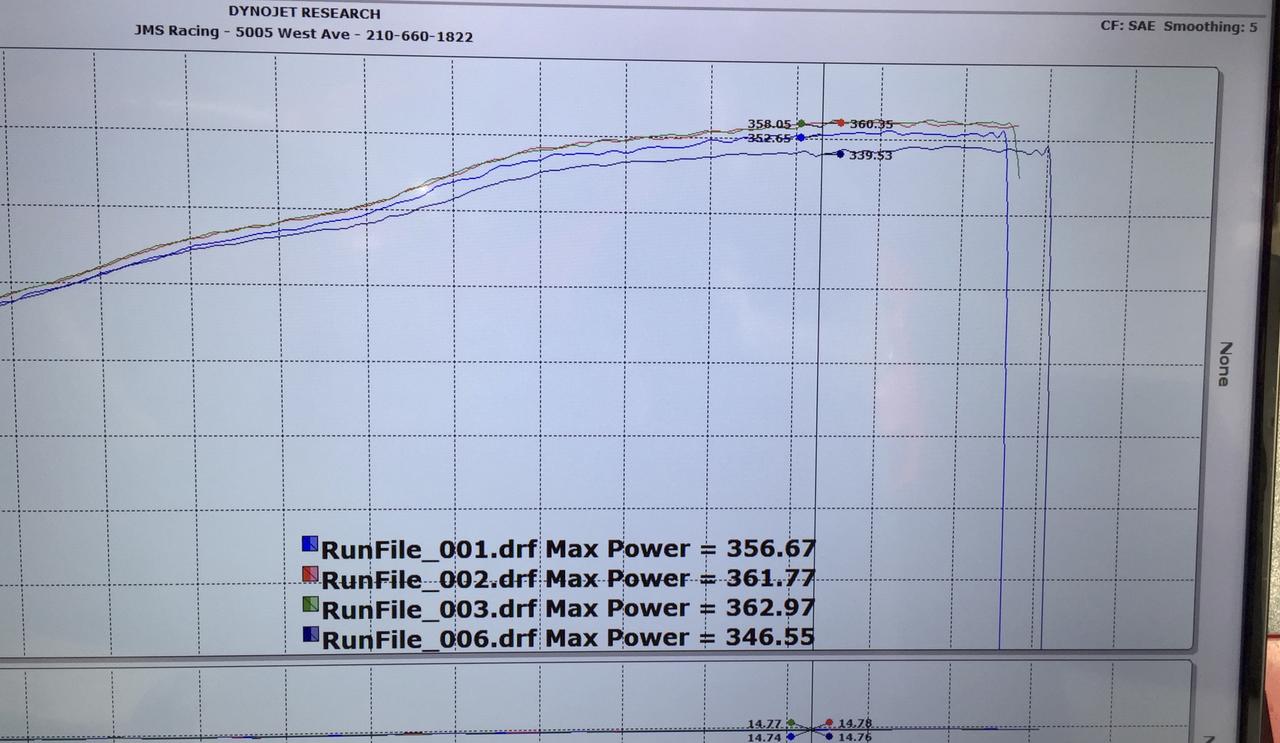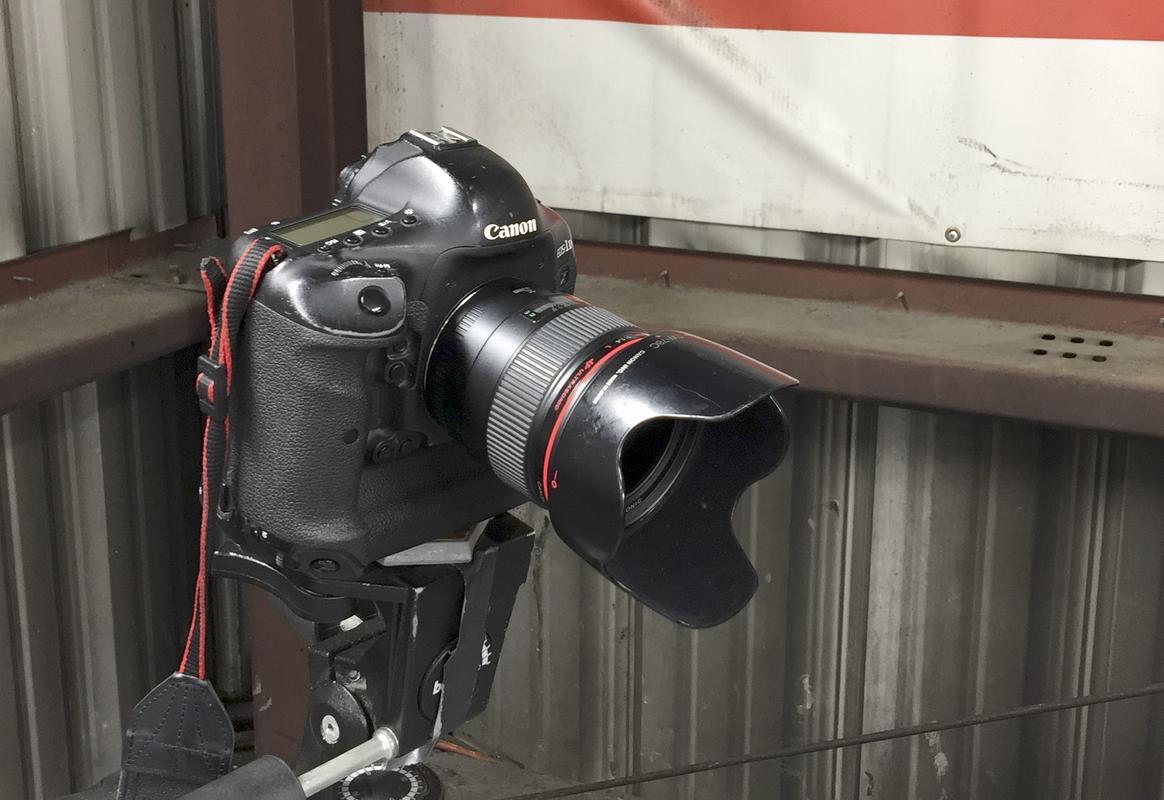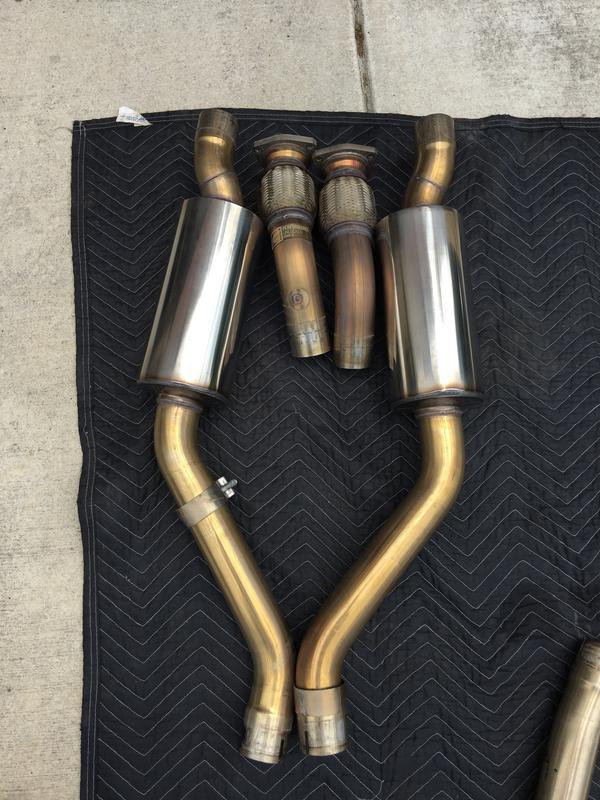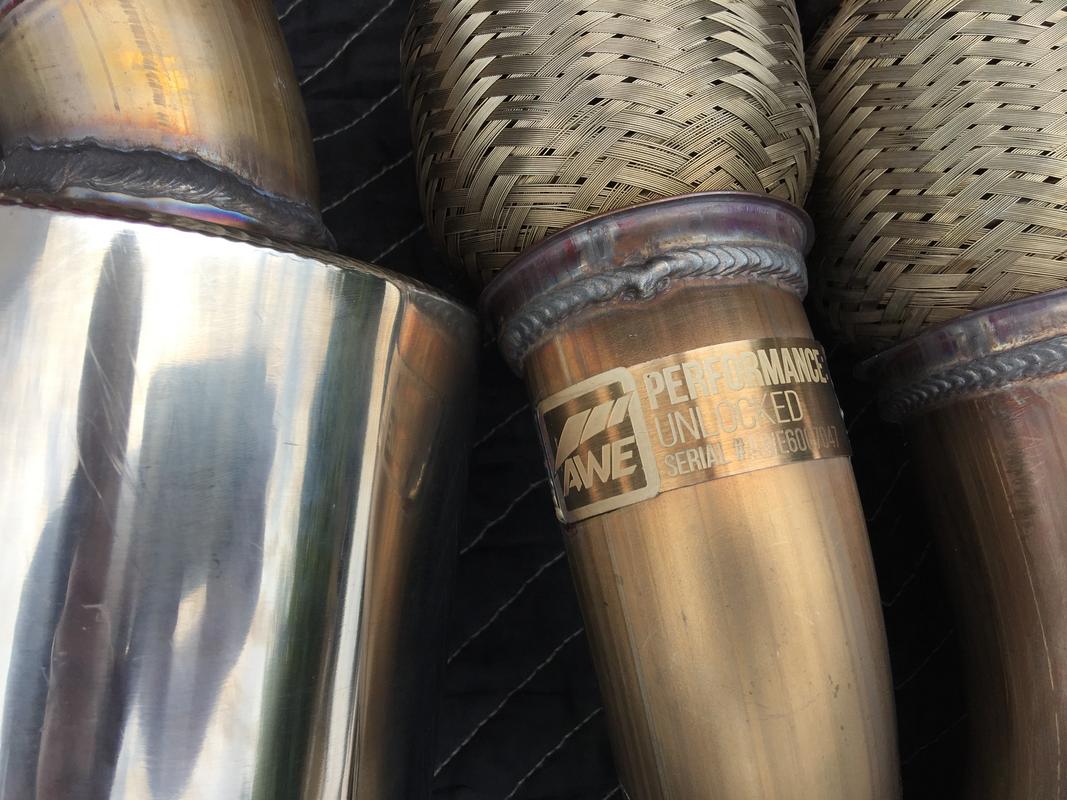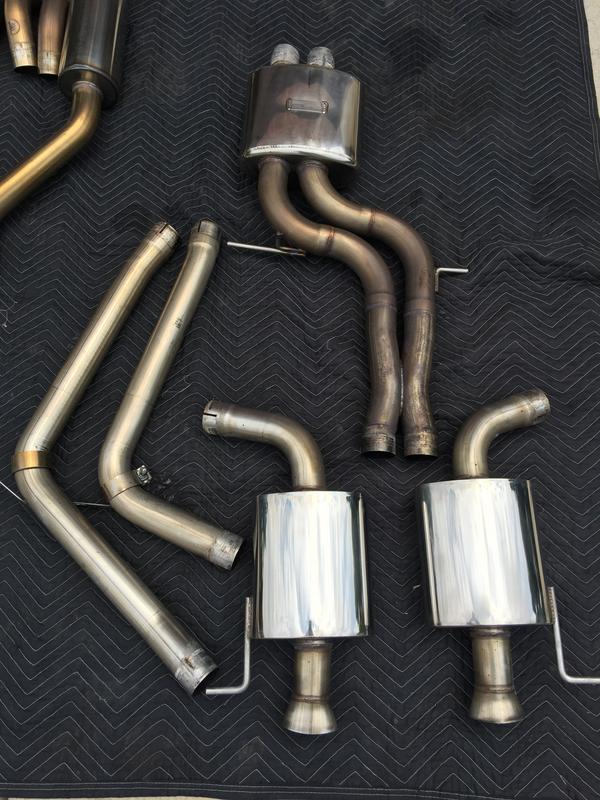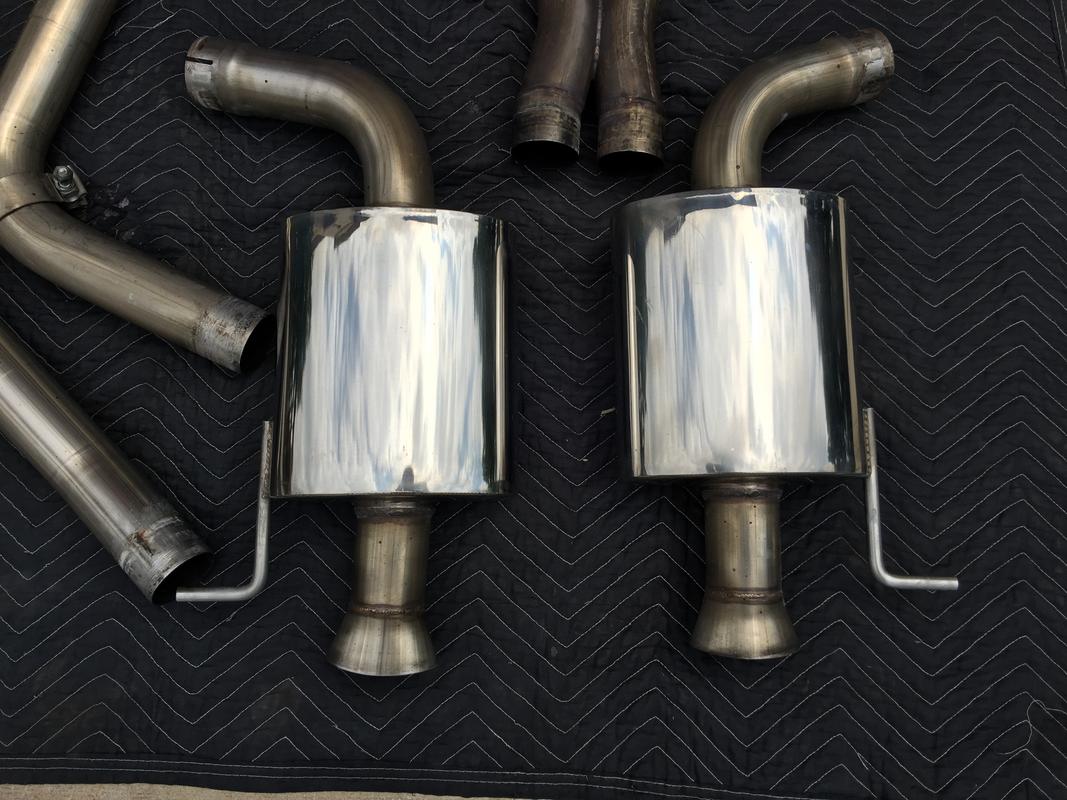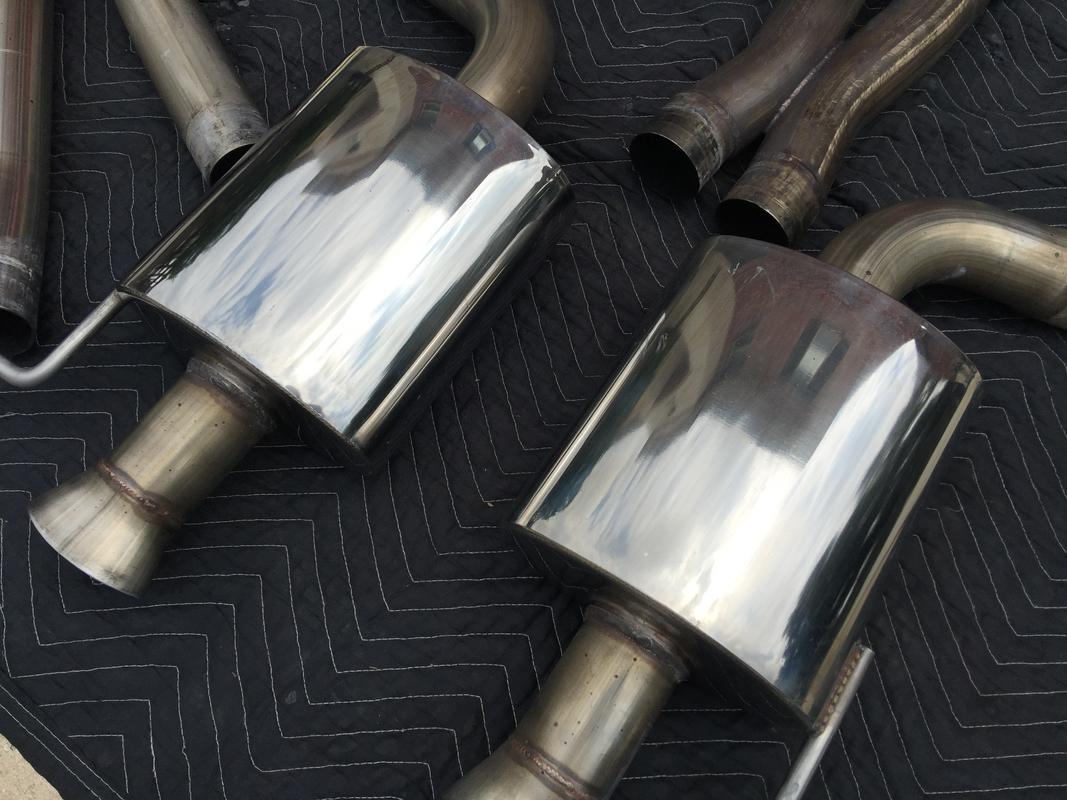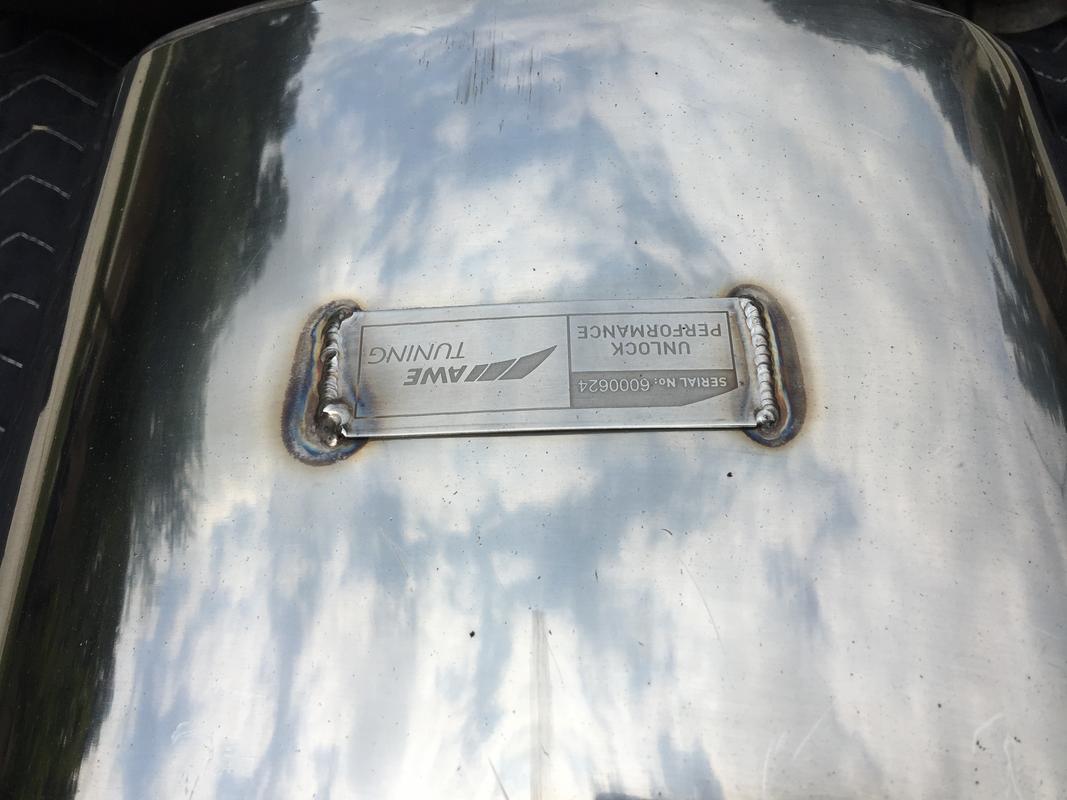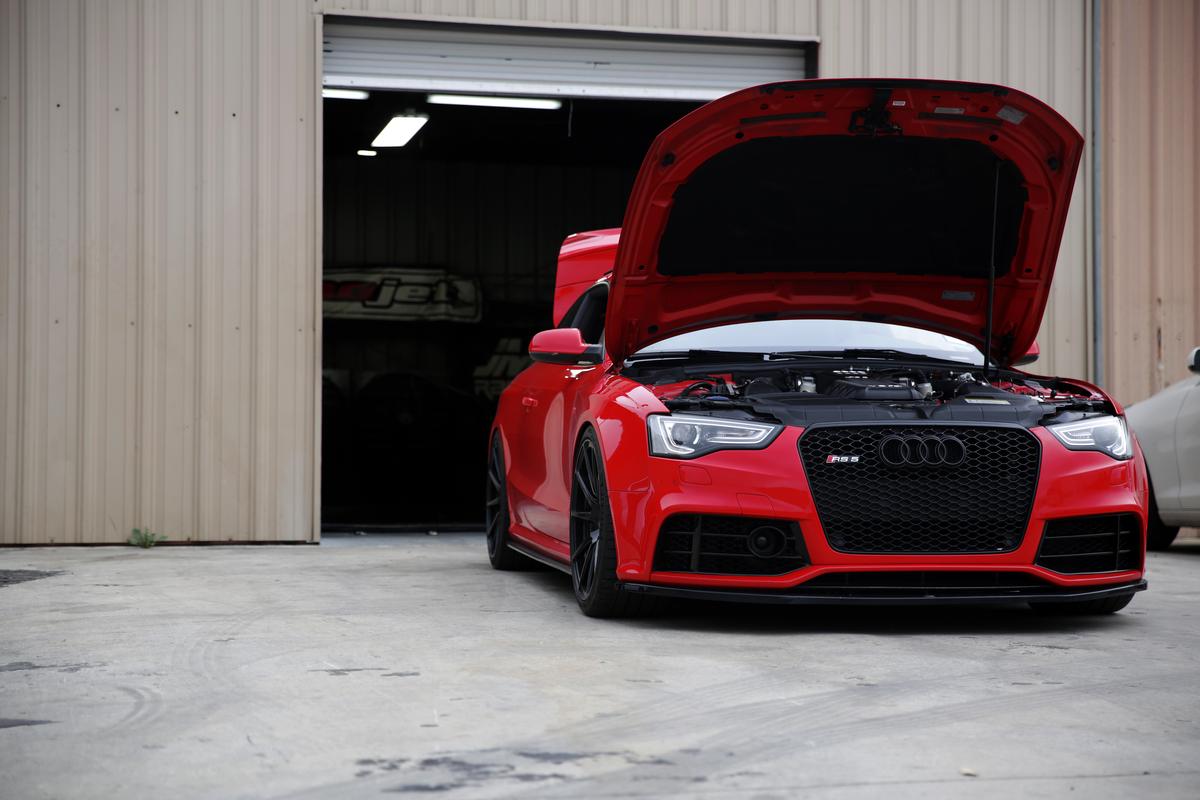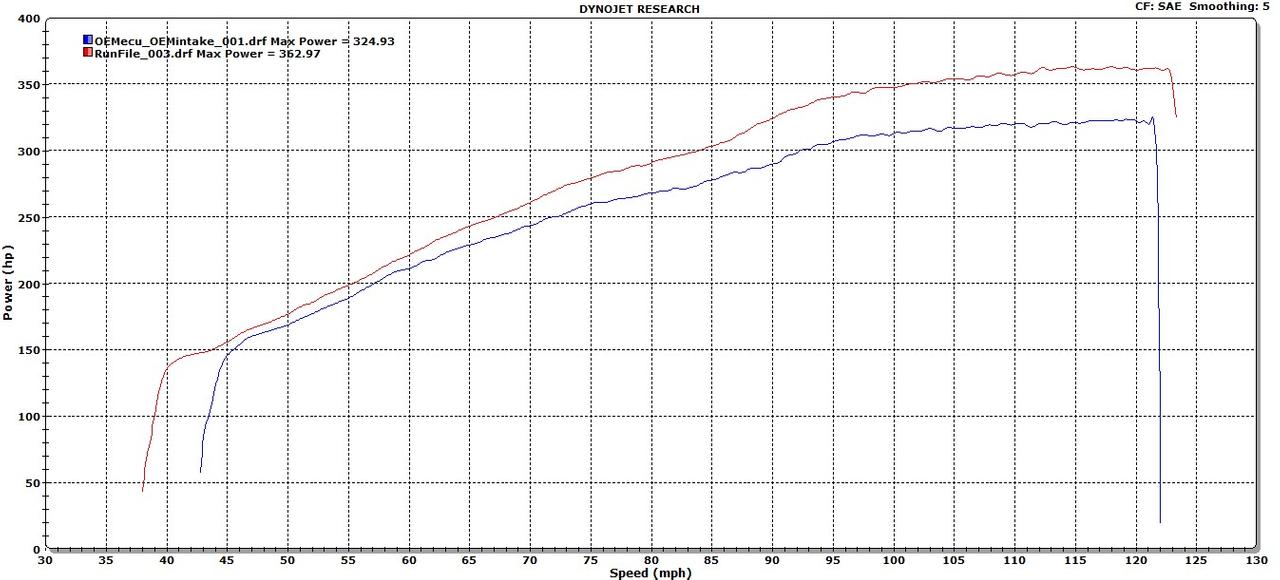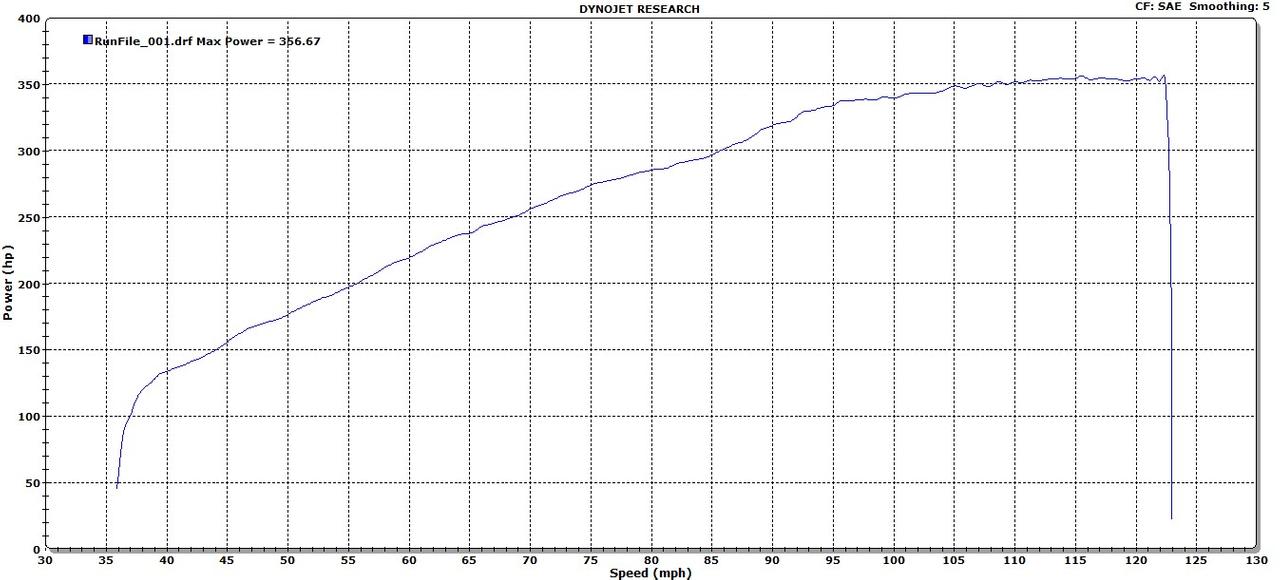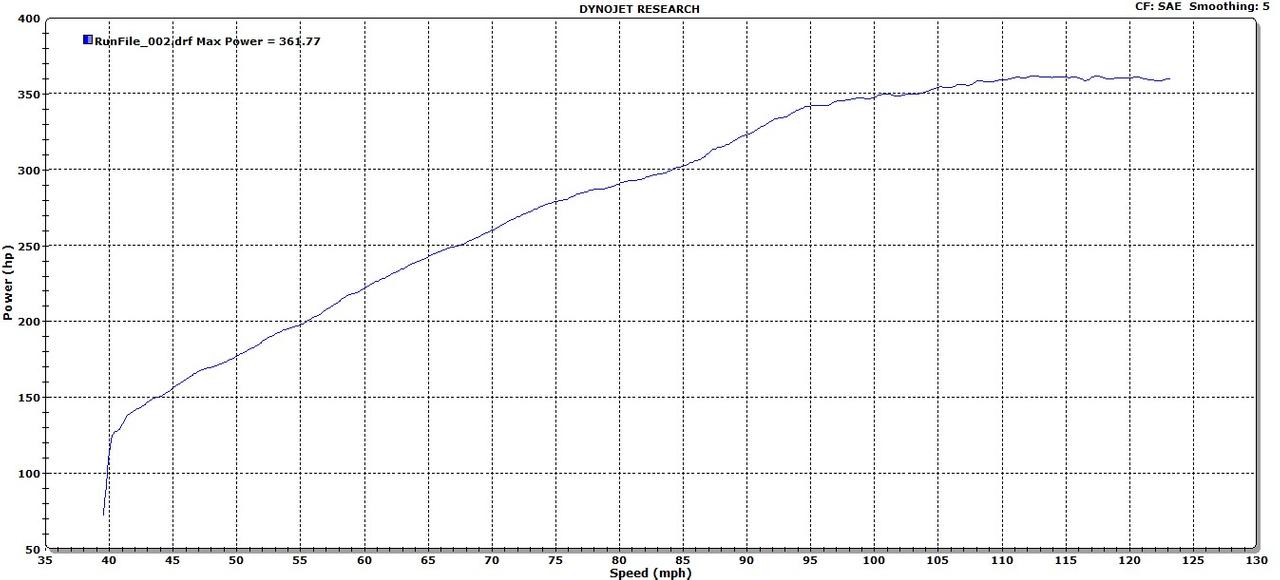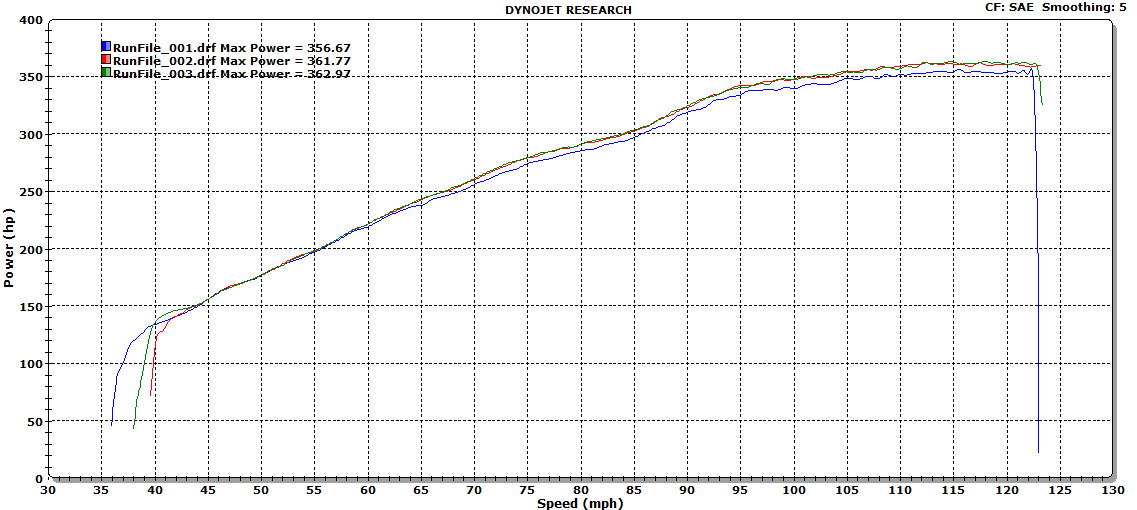So today was the official “tone down the RS5 day”. A big hat’s off to AWE who produced a set of resonated downpipes and got them to me two weeks earlier than expected. Exceptional customer service.
I unpacked their resonated downpipes and was pretty surprised at how large the “resonators” were. Hell, these are mufflers. Light though, they really don’t add noticeable weight over the non-res.
Took me a few hours to install due to distractions but I eventually got them in. Not a fun project when on jack stands but doable. I will say the AWE instructions are not very good from an explanatory standpoint. It would have been nice to know clearances for the resonator section and how far up to rotate them. I rotated them what I thought was fairly high up (but not too close to the driveshaft) and I didn’t make a good judgement of the ground clearance. As such, I managed to scrape my first time backing out of the garage. I’ll have to hoist it up again tomorrow and rotate them even higher.
On the noise front, all cabin drone is GONE. You do hear the exhaust out the back but that’s it. I’d say it reduces the overall sound output by two thirds. You can hear the exhaust in steady state cruising but it’s non-intrusive. Wide open throttle still sounds exceptional but the overall volume is greatly reduced and it’s a bit smoother in sound. It’ll still get you noticed at WOT. Definitely not as aggressive and bad-ass sounding as the non-res downpipes. At first I really thought it was too quiet. After a second jaunt, I think it’s going to be perfect, just what I was looking for. Cold start is also much quieter and I don’t feel like I’ll need to keep the garage door closed when starting the car up in the morning.
Shot of the resonated downpipes:
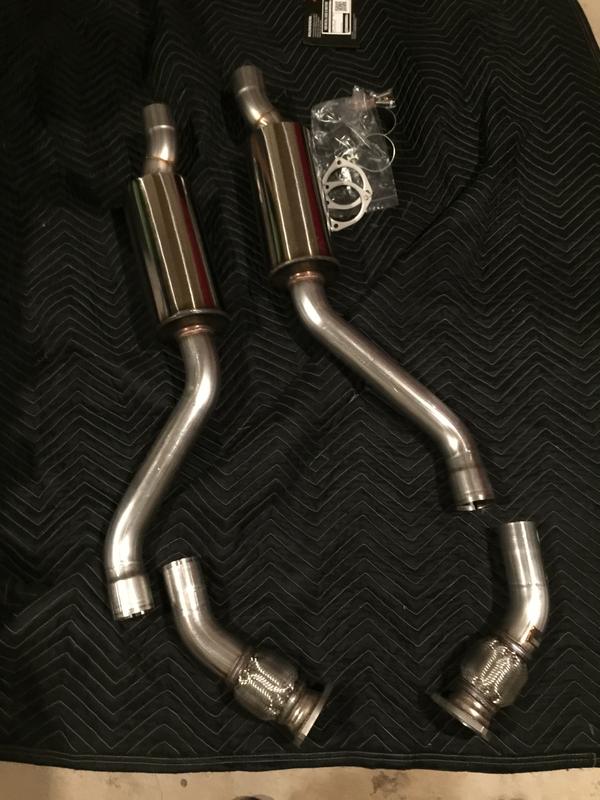
Of interest, one could theoretically swap between the resonated and non-resonated just by swapping out the post-flange section of the downpipes. The flanges, and their angle, look identical. I actually thought about just swapping the rear section but one of my band clamp nuts decided to just spin and not actually come off. I pulled them in their entirety to rectify the situation as they say.
First video with the resonators on, cold start.
[video=youtube_share;7Z43yzGrngo]https://youtu.be/7Z43yzGrngo[/video]
New video, AWE Touring exhaust, hot start, revving and hard acceleration from outside the car.[video=youtube_share;GQentg1MXP8]https://youtu.be/GQentg1MXP8[/video]
I’m going to start logging engine parameters since, other than the exhaust, the car is “currently” stock. I want a baseline of how the car performs under various conditions. With the weather changing so much as of late, it’s a good time.
I’ve actually already logged air/fuel and IAT’s (air intake temps) using an iPhone and bluetooth OBD dongle. The sample rate is very slow despite having the Kiwi3 dongle. I’m getting maybe 2-3 samples a second. I’d like to see 8-10 for greater resolution. Reading more, it may be ECU limited, not the interface.
I’ve had a Ross-Tech VCDS USB cable for a few months now but used it for the first time yesterday to reset my service indicator. I also plan on changing a few adaptations, specifically disabling the automatic seat heating level change as well as adjusting oil service intervals to 5K miles.
Here are the codes for those two…
Disable seat heating level 3 to level 2 after 10 minutes.
[08-Auto HVAC]
[10-Adaptation]
[Channel 50] level 3 to 2; adjust value as required; default value = 10 (minutes); value 0 = off
[Channel 51] level 2 to 1; adjust value as required; default value = 0 (minutes)
Set Oil Change Interval to 5k Miles
[17 – Instruments][Adaptation – 10] ->Channel 50 (Basic Distance Value for Oil Change Fixed Service Interval)
Set to 80
(1 interval = 100 km, therefore 80x100km = 8000km = ~5000mi)
For how to data log with the VCDS, go here; http://www.ross-tech.com/vcds/tour/logging.php
Related; http://www.ross-tech.com/vcds/tour/m-blocks.php
There’s a open source/freware program called VC-Scope which allows you to graph data in real time and play back files.
http://www.ross-tech.com/vag-scope/index.html
Unfortunately it’s still not exactly what I’m looking for as the resolution (speed at which it logs data) can be very slow. Ross-Tech recommends the following;
[I]" The sample rate for viewing and logging data is largely determined by each controller in the car. There are a few things you can do to speed up the rate for a given controller. First, logging one group at a time, rather than two or three, will help greatly. In order to get the highest sample rate possible go to the Options screen and set Blk Int to 25 and Char Int to 0. Note, however, that this may cause unreliable communications with some controllers. Changing KP2 time to a smaller value speeds up the sample rate in Measuring Blocks on control modules that use the KWP-2000 protocols. Try setting it to 0. If any of these adjustments cause unreliable communications, change them back closer to the defaults. If in doubt, use the Restore Defaults button!
In Engine controllers using KWP-2000, there is a [Turbo] button when using a HEX interface… This can significantly speed up sampling, in some cases to over 30 samples per second. See the Measuring Blocks page for more information. In Engine controllers using UDS, there is a “Group UDS requests” checkbox that can improve sample rates. See the Advanced Measuring Values page for more information."[/I]
Related info to logging speed here: http://www.ross-tech.com/vag-com/tour/option_screen.html
The Ross-Tech software is very “Windows”. It’s most definitely not a WYSIWYG program like most folks find in modern operating systems and programs. So…once you log lambda from the on-board wide band sensors on the RS5, you’ll need to take those values, dump the .csv file into Microsoft Excel. Yes, you’ll need launch that lovely program. For air/fuel ratio, you’ll take the lambda voltage and multiply it by 14.7 across the board. You can then chart it and see what your air/fuel ratio looks like across your rpm range.
There’s a really good performance logging guide created by user jran76 here:
http://www.audizine.com/forum/showthread.php/611658-How-To-VCDS-Performance-Logging
I used to tune on the street and I do not recommend it unless you find somewhere that’s seriously isolated. I my younger, less than optimal years, I’d go out very late at night, say 2-4am, on the highway and make data logging/tuning runs. There were stretches of the highway that would see virtually no traffic and it was long and straight with no hills. I’d log from 40 to 140mph repeatedly. I was young and stupid and I do not recommend it. At the time, it was the best way to load the engine properly and take into account real world conditions. It was very risky and I never ever did it around other cars. I could “feel” any changes and it was also the best way to monitor knock and EGT’s. It was also pretty fun (still, so so stupid looking back) as the car was a measly 2500 pounds and had about 603hp at the wheels. It’s fun nailing fourth at 85mph and having the car go sideways. Really.
Anyway, logging can be quite fun and and informative. When I was tuning/logging, had a very good understanding of how the engine operated, timing schematics and optimal air/fuel, EGT, IAT, knock, peak ignition pressure, fuel supply and duty cycle, etc…what the engine needed to stay intact and how far I could push things. There’s very, very little technical information on the RS5’s engine unfortunately. I hope that once JHM really delves into their RS5, they’ll share a bit of info with us geeks.
From the few logs I’ve done, surprisingly, the air/fuel ratio is pretty dialed in, hovering around 12.3:1-12.4:1 at WOT above 4k rpm. I’ll try to plot something out and post it here but again, the resolution just sucks. Which may be why it’s so nice and flat.
Edit: This isn’t my best one, I Have a third gear pull but I’ve somehow misplaced the file.
